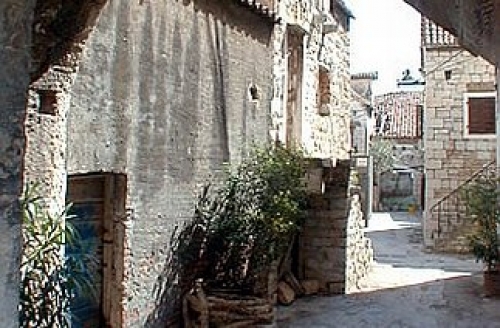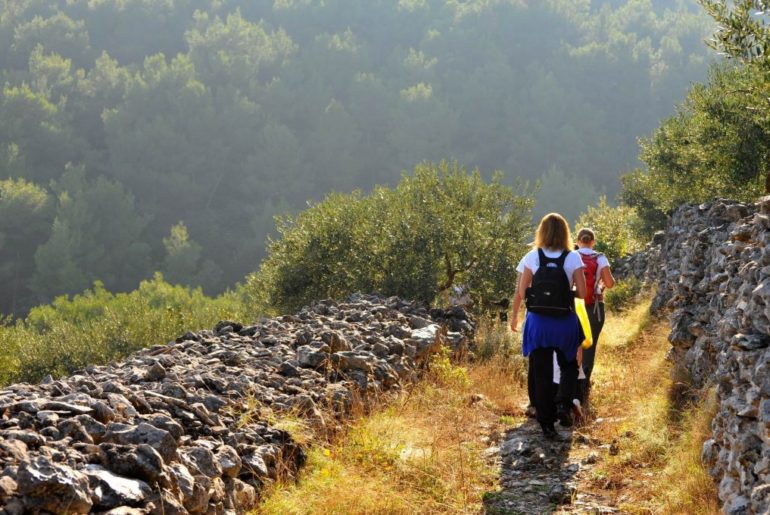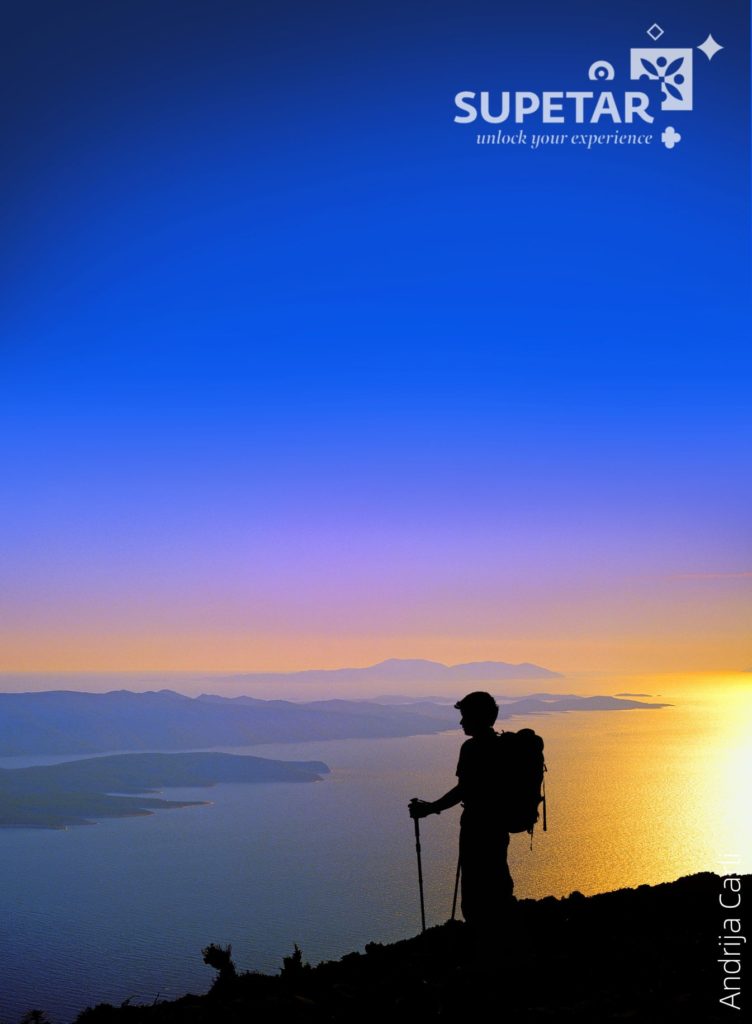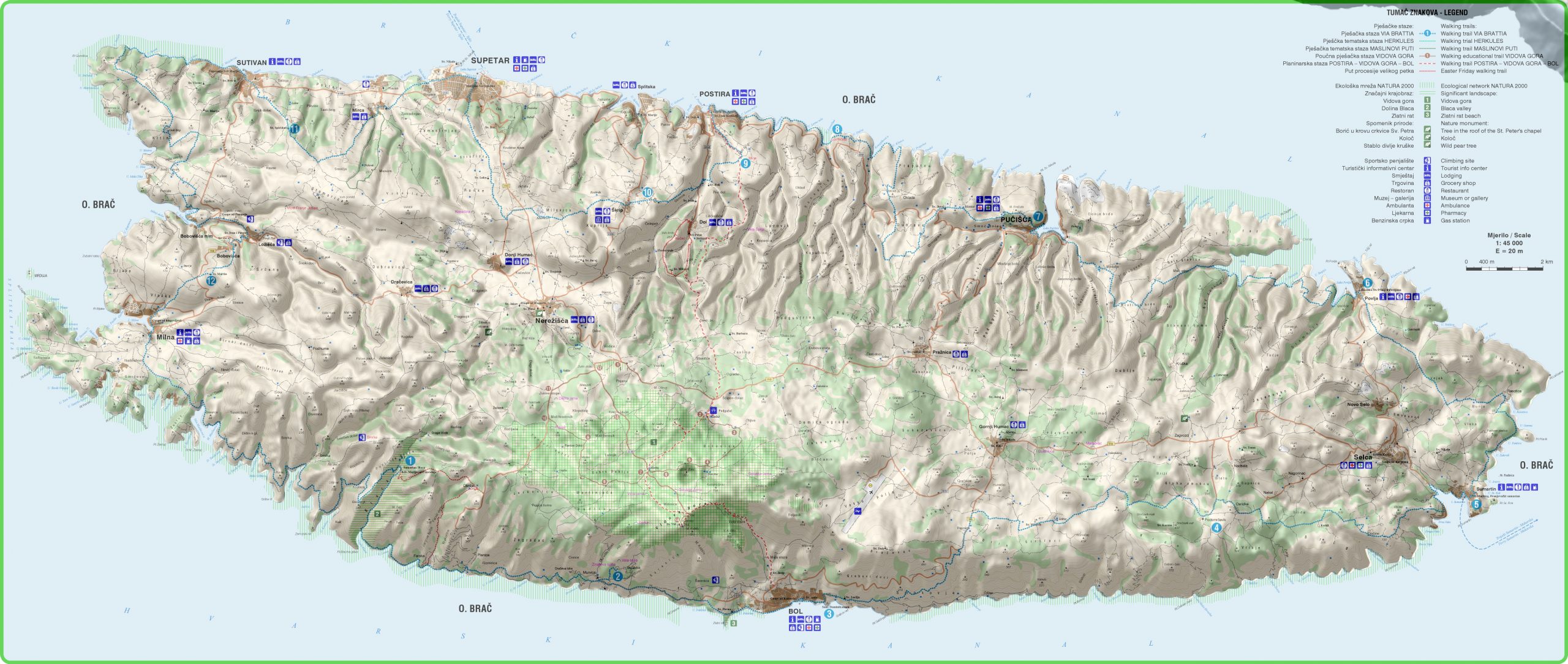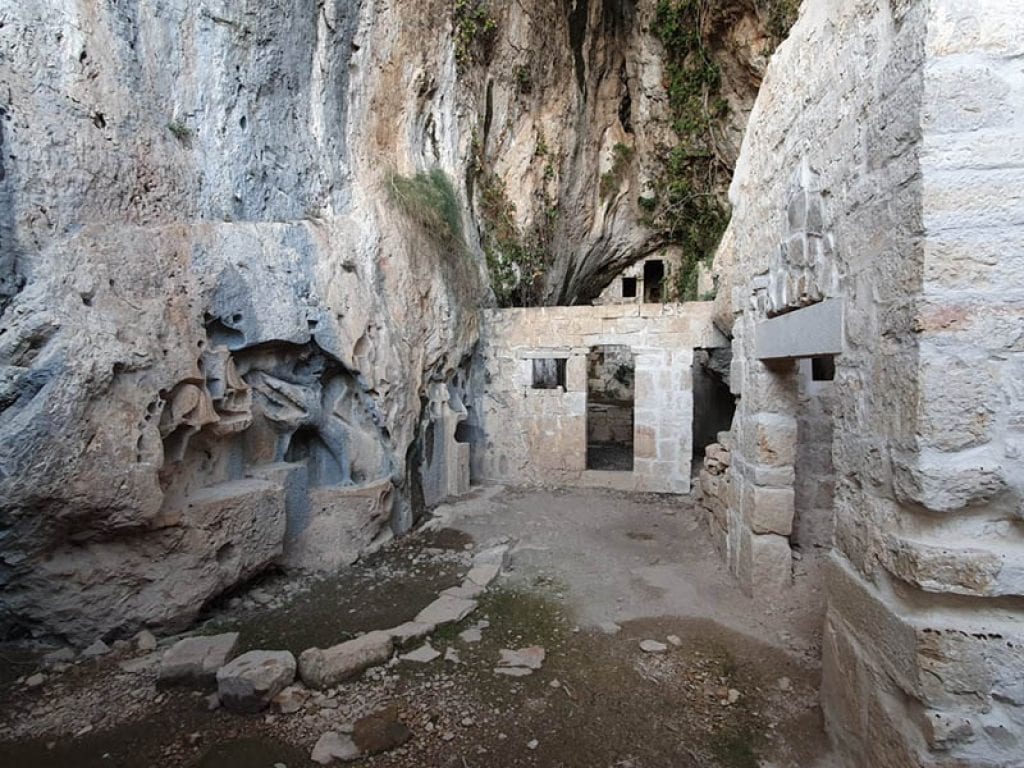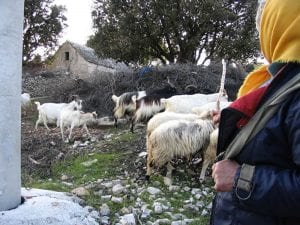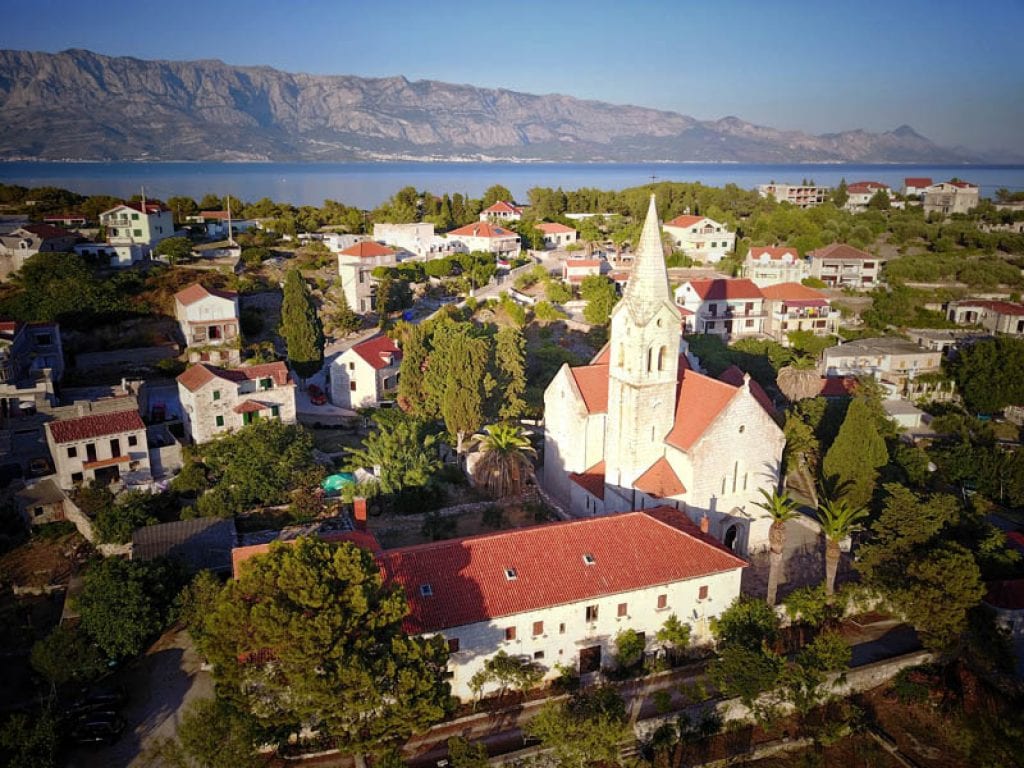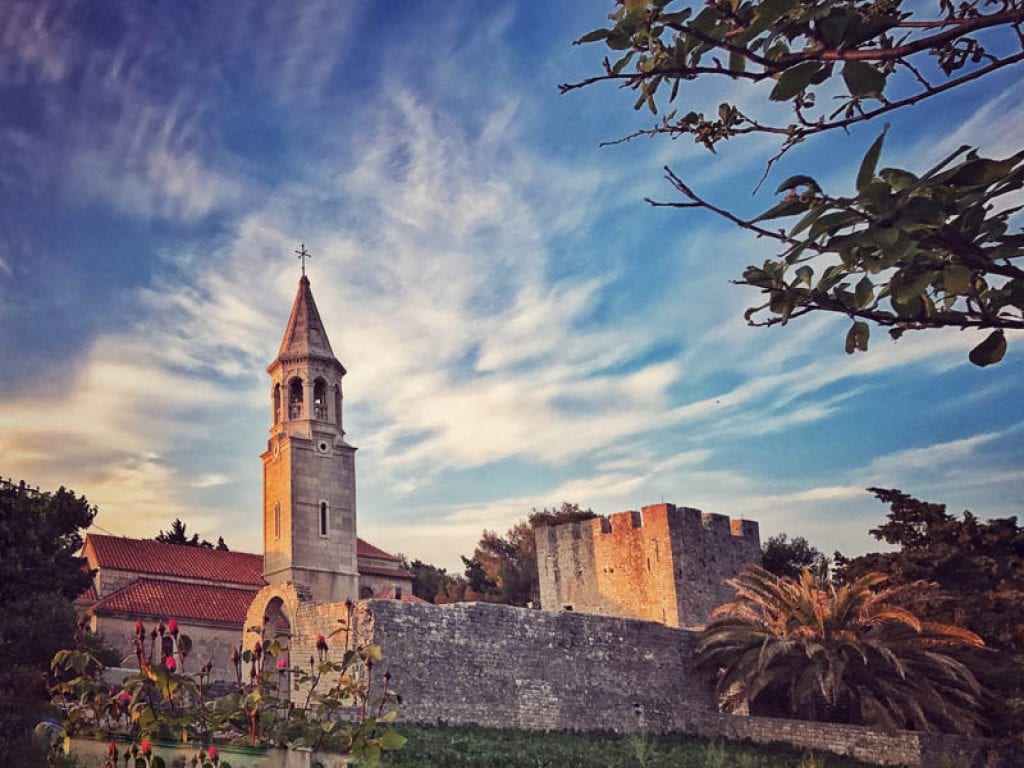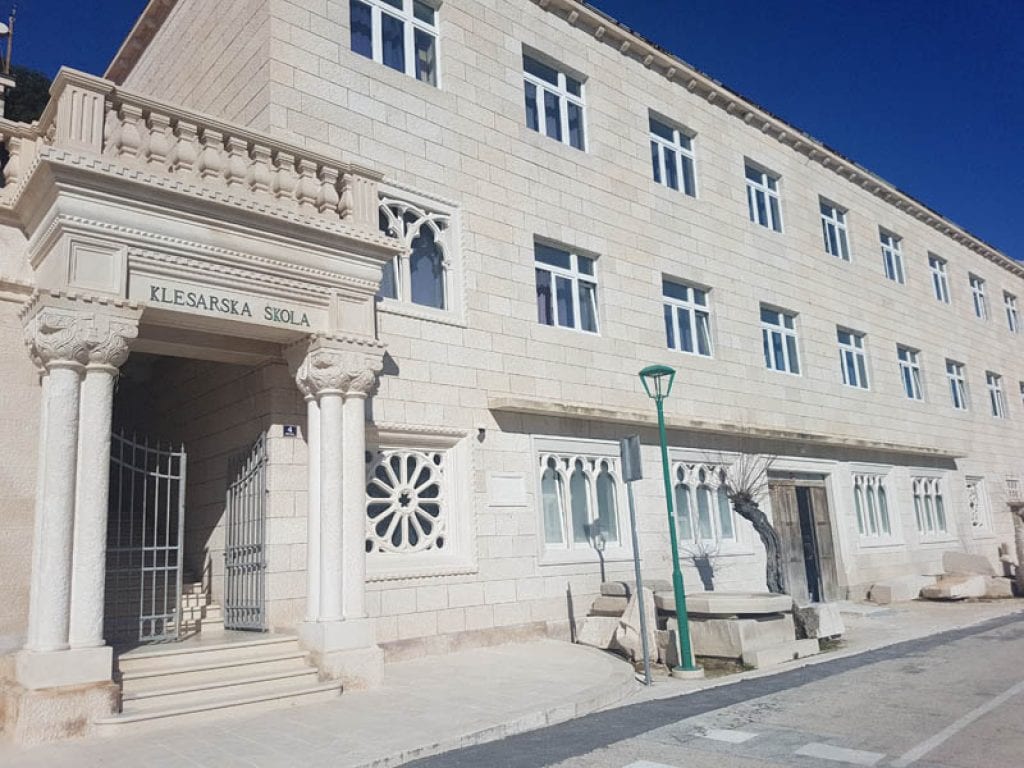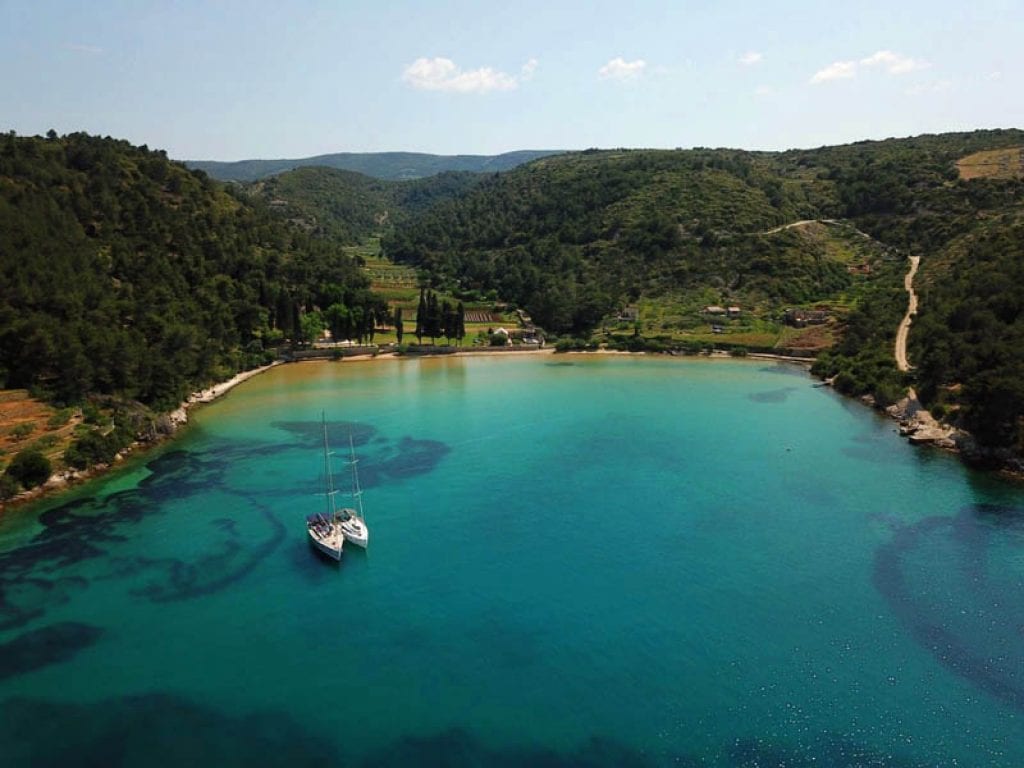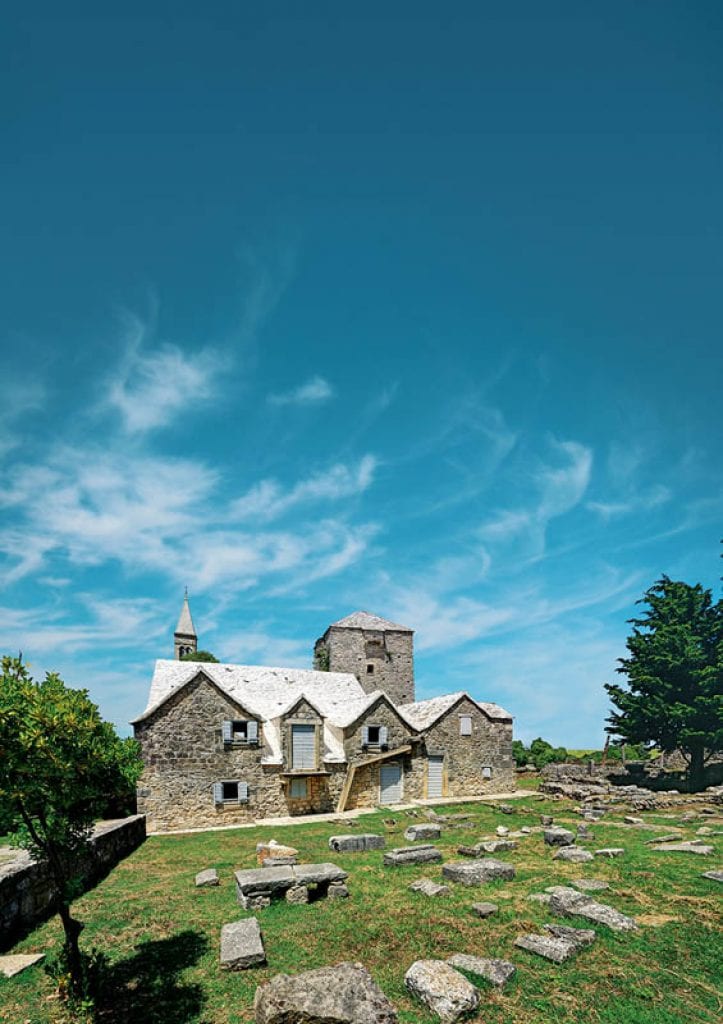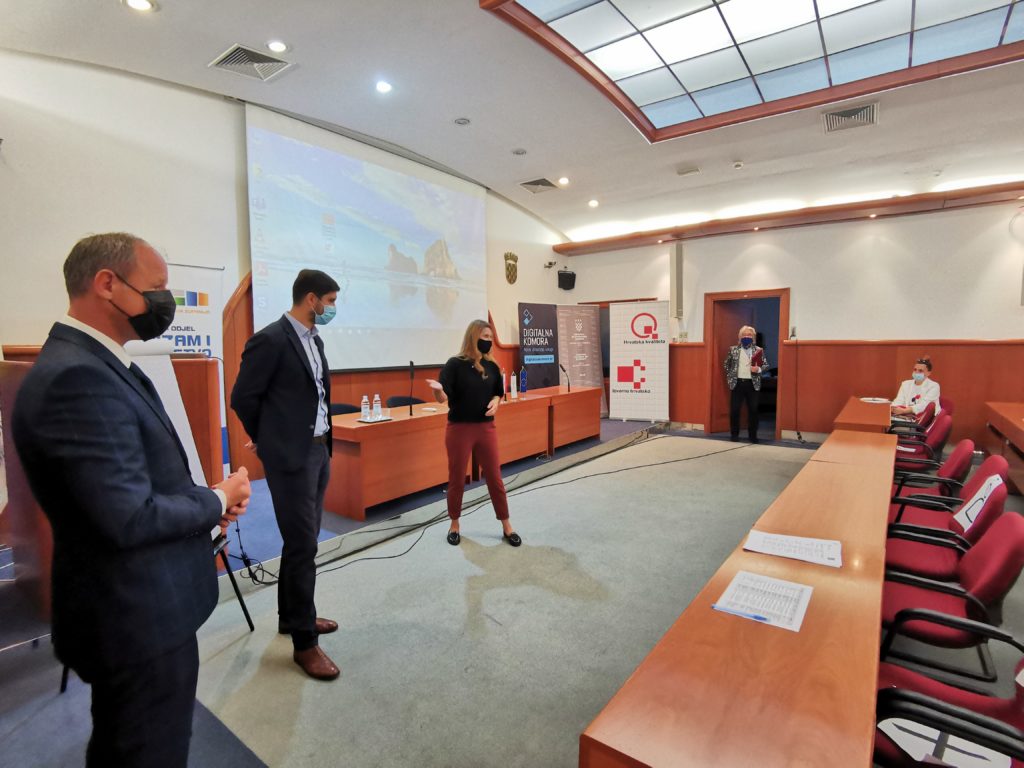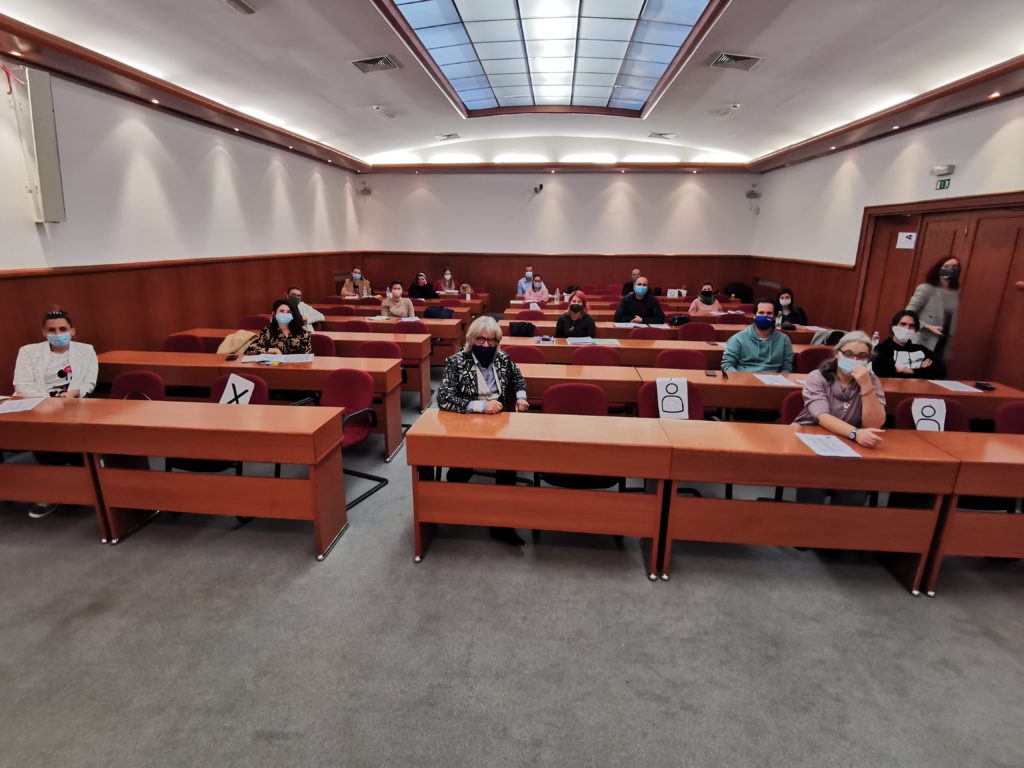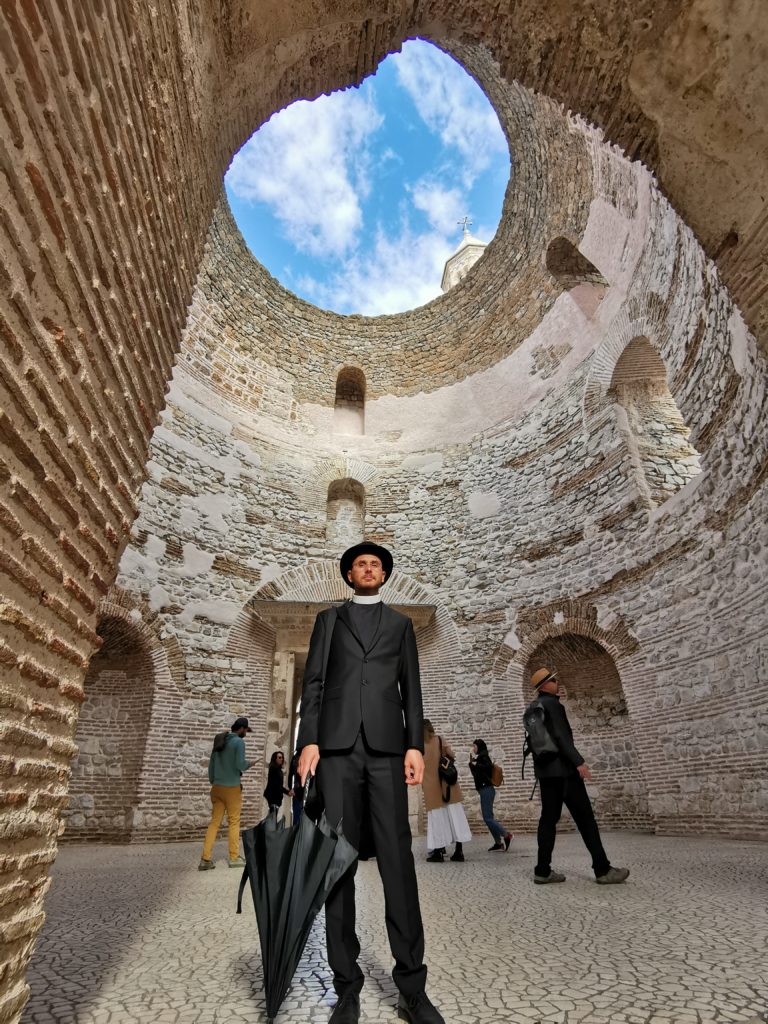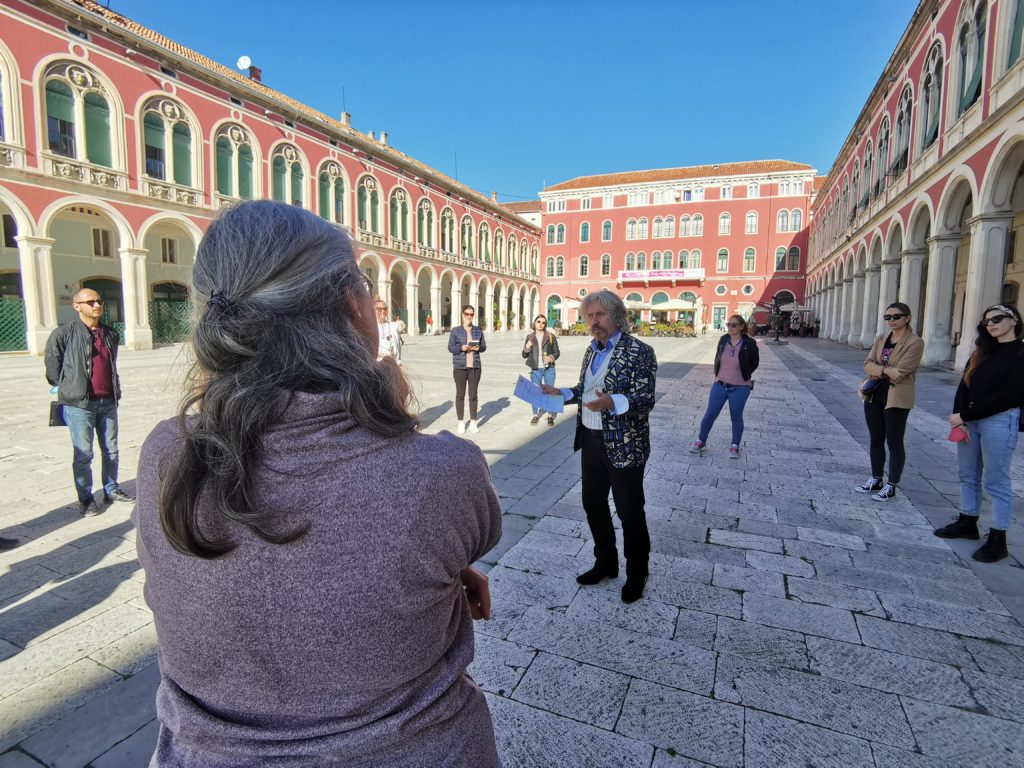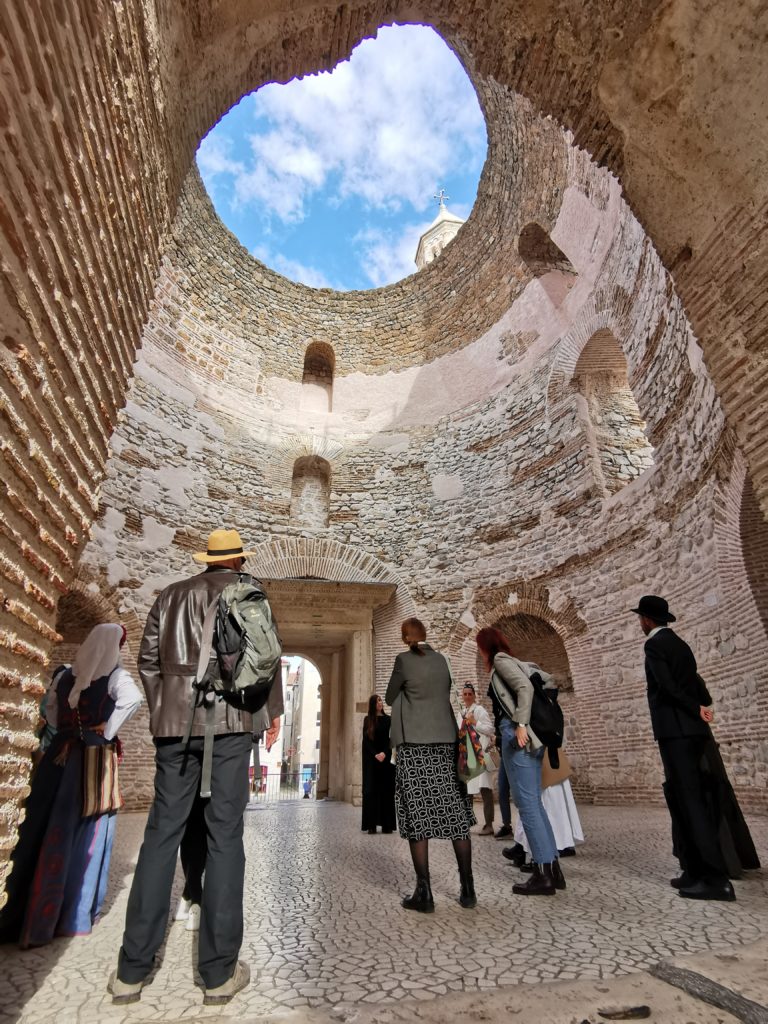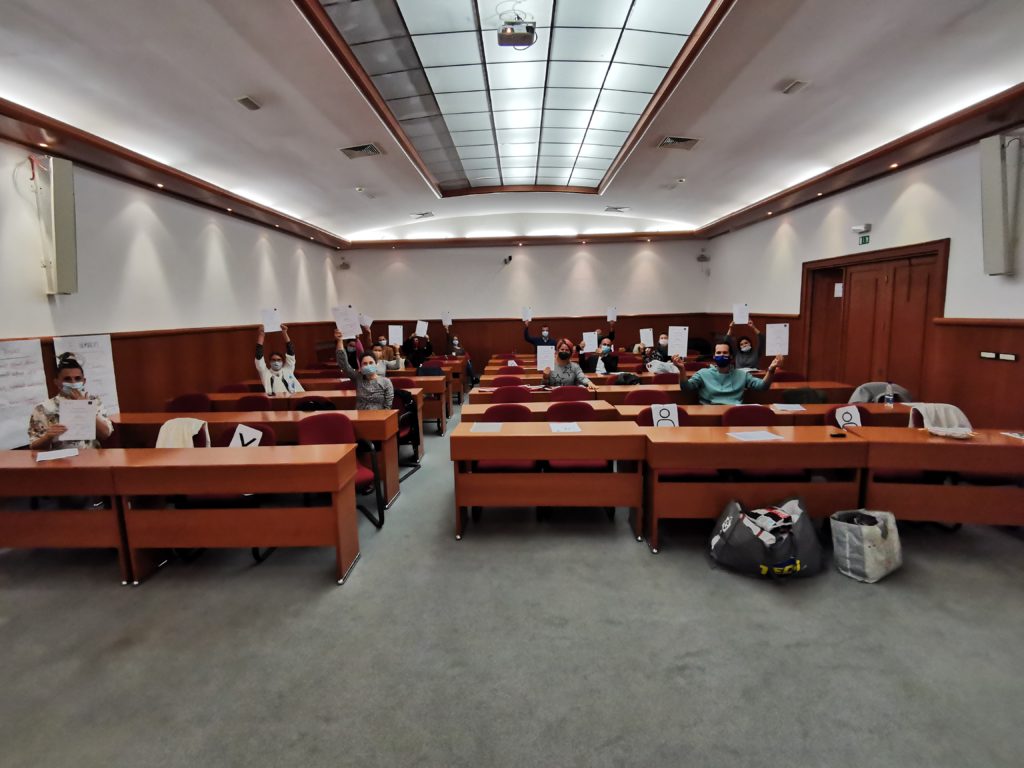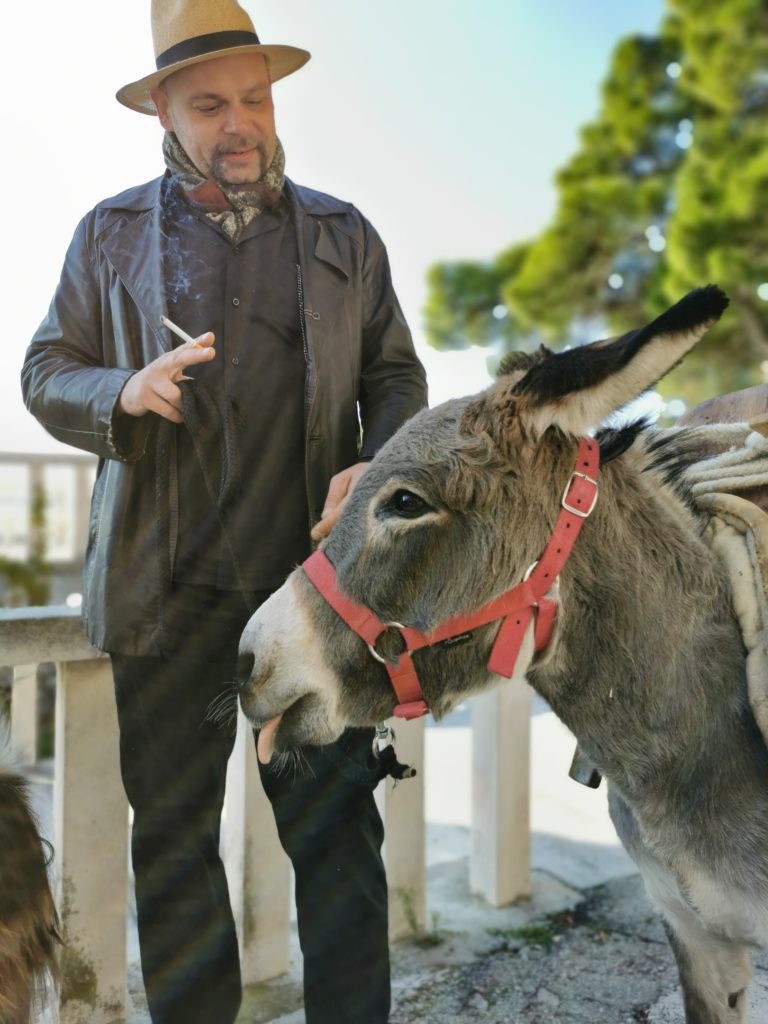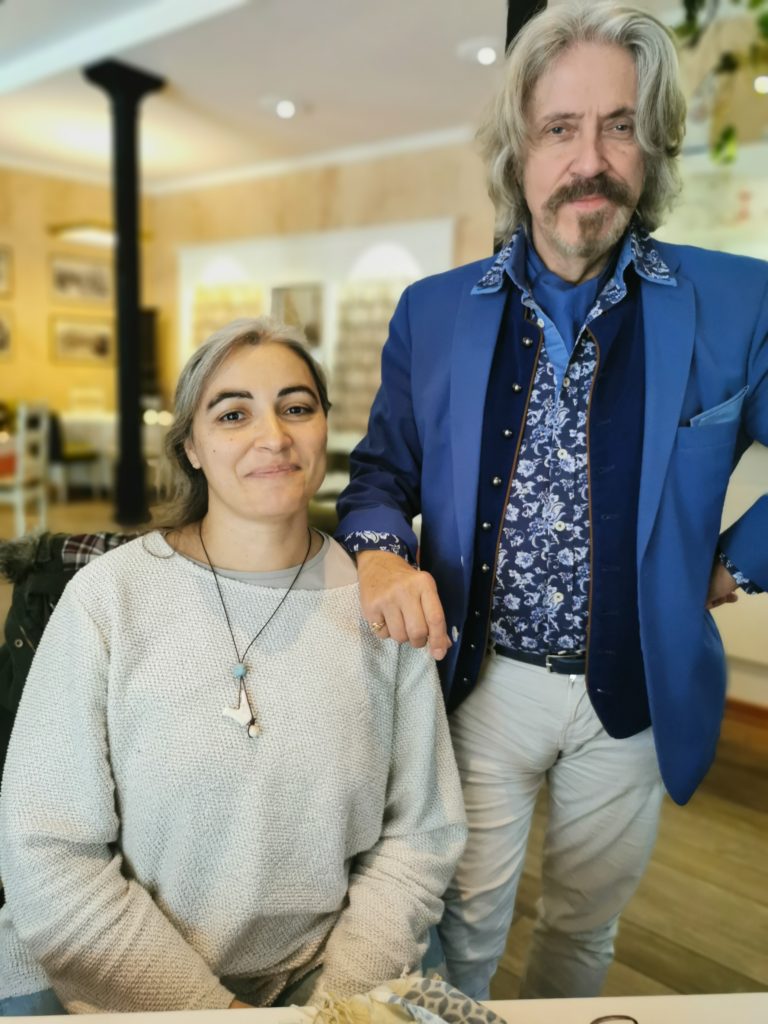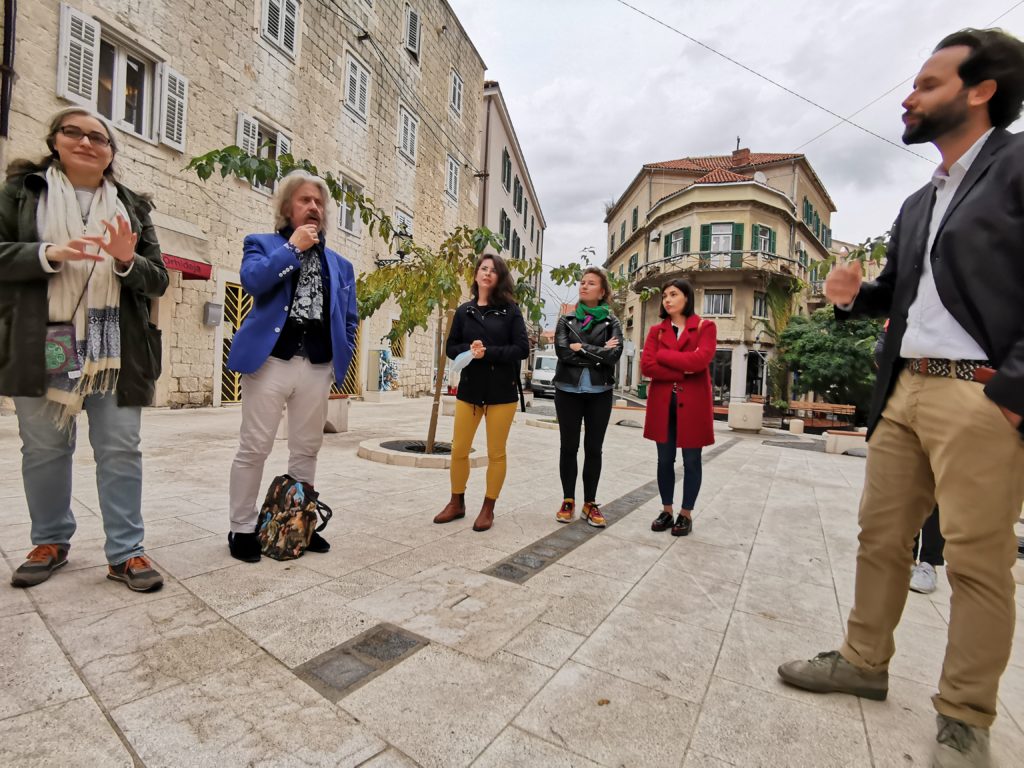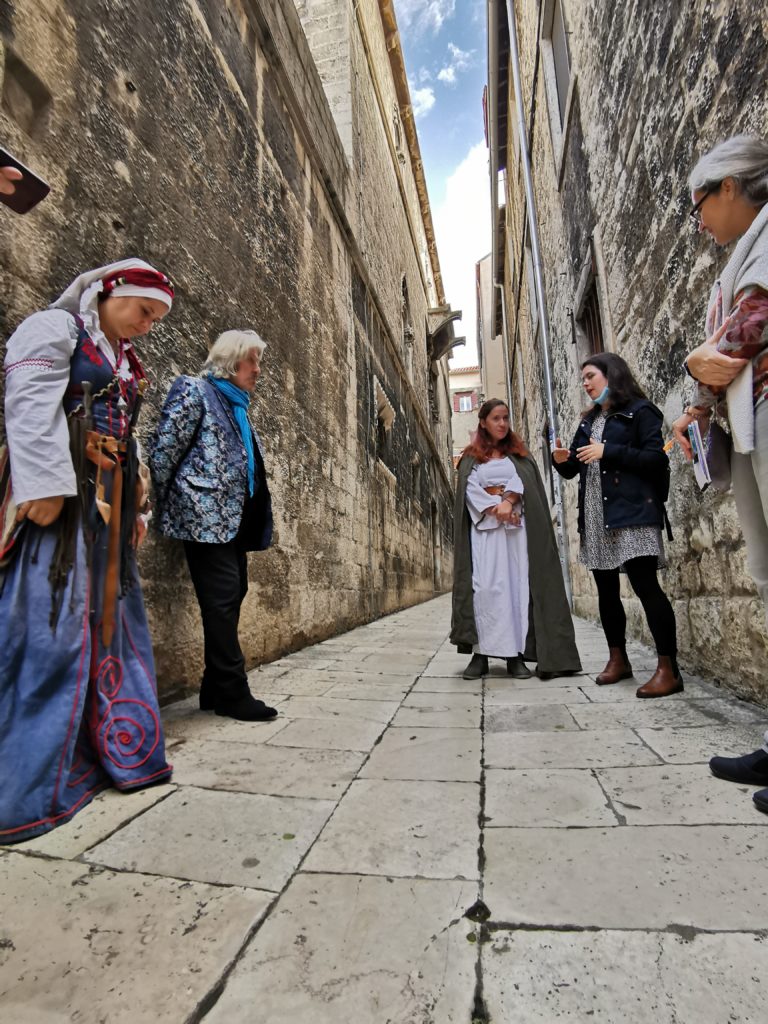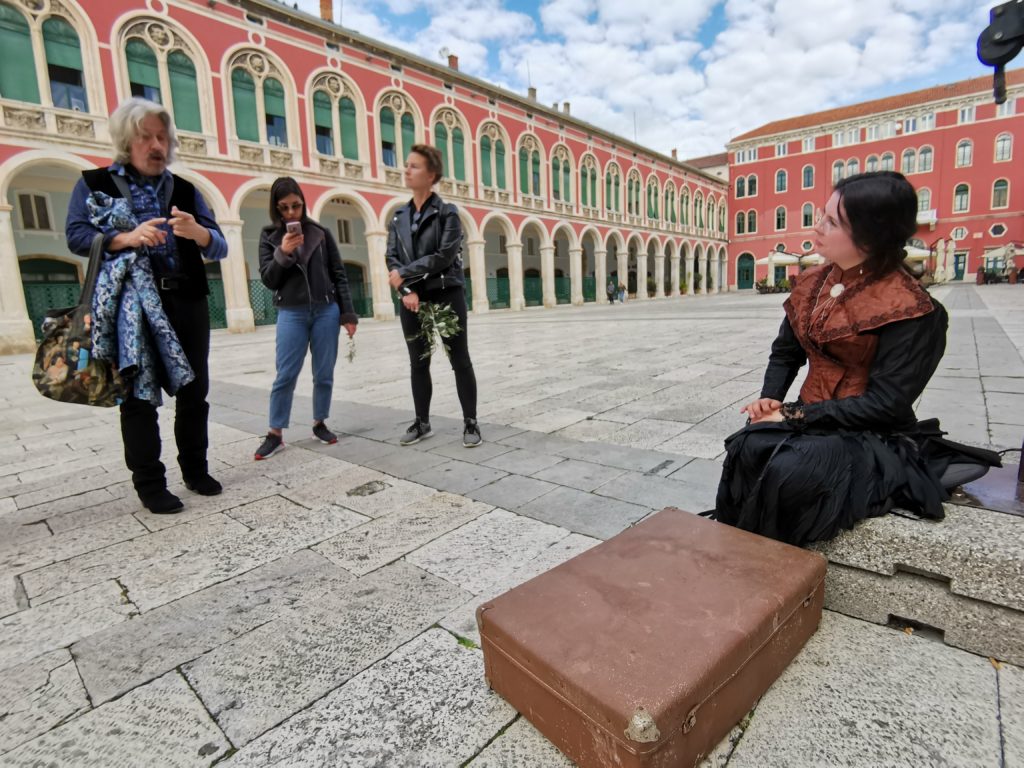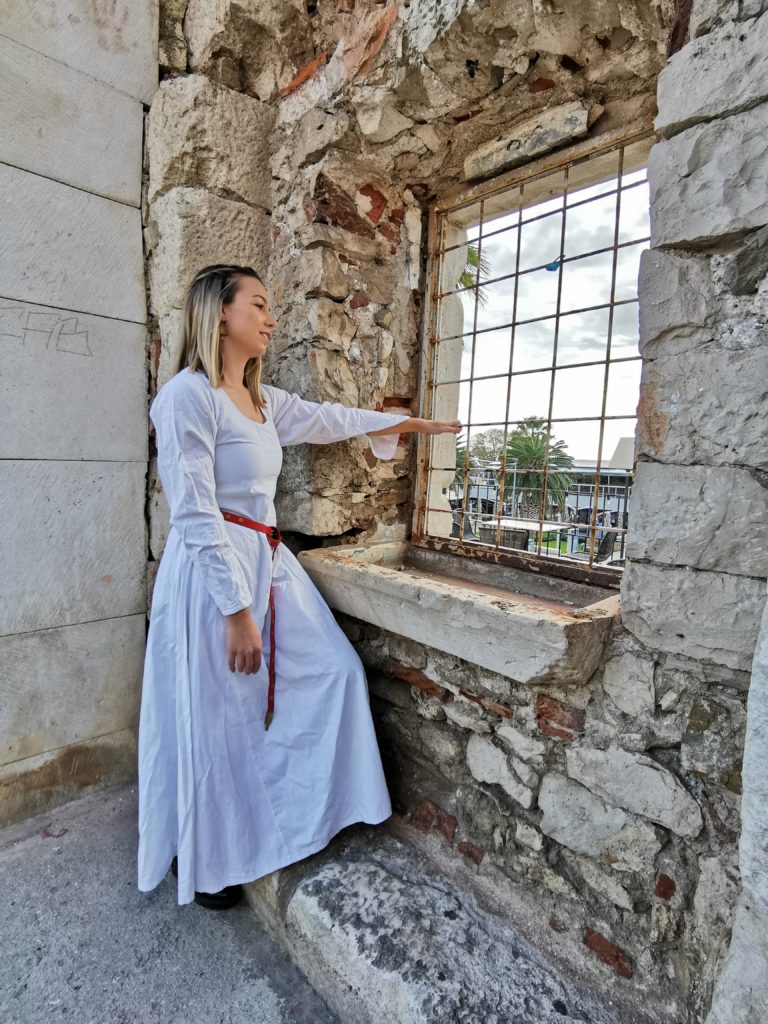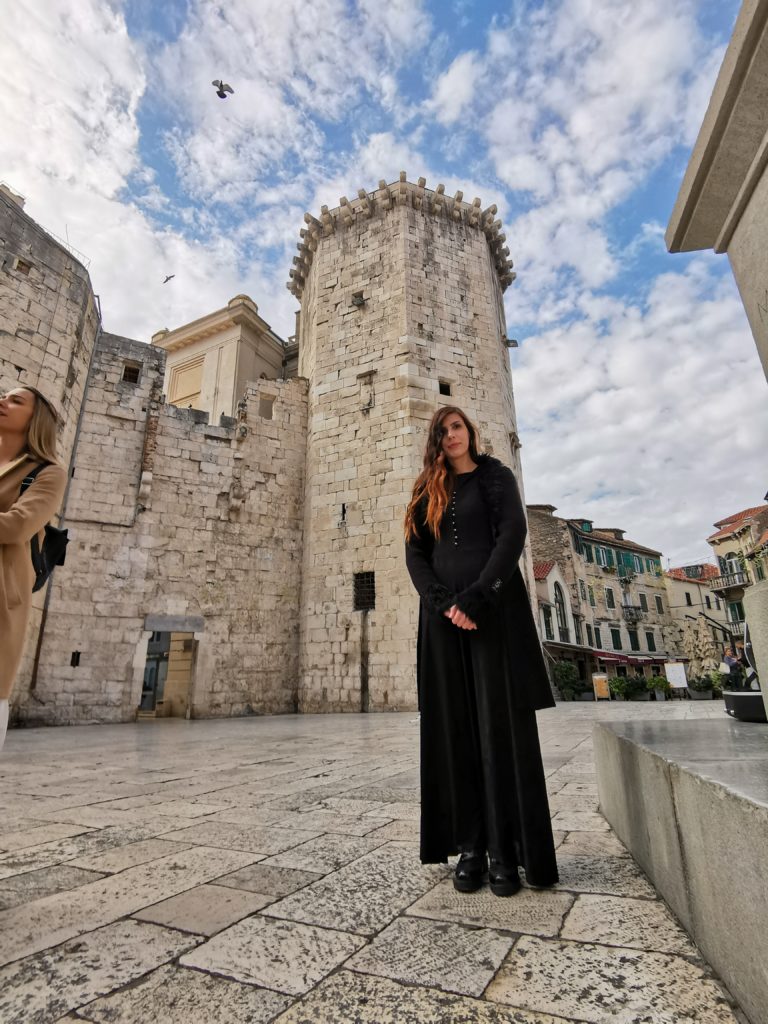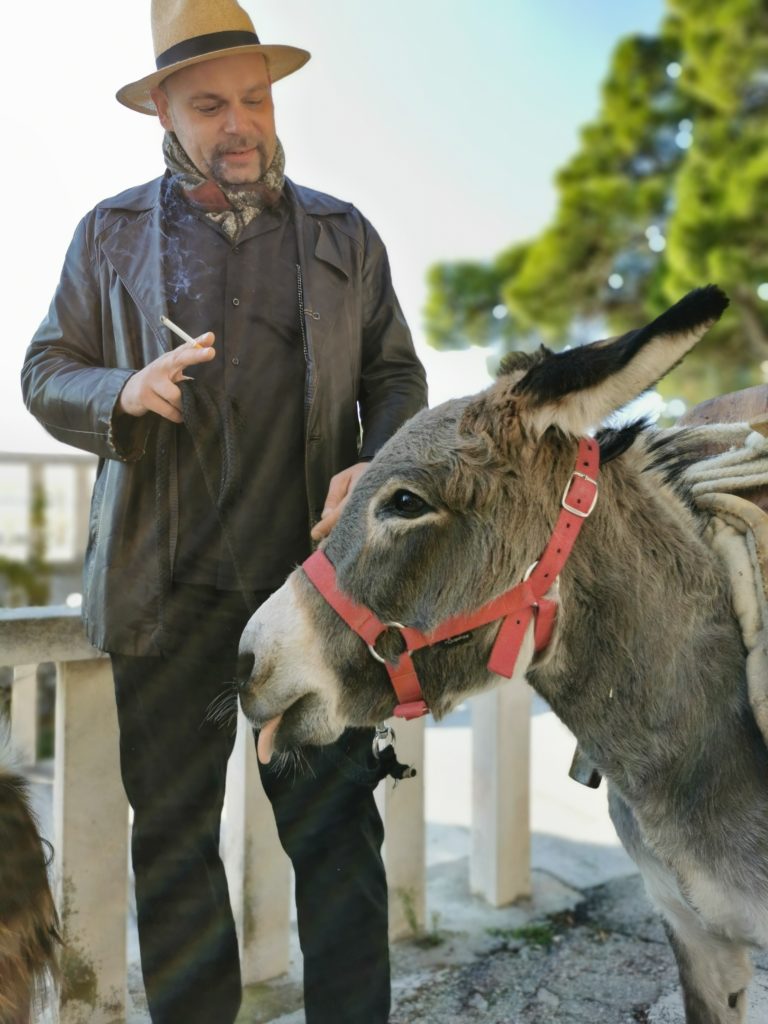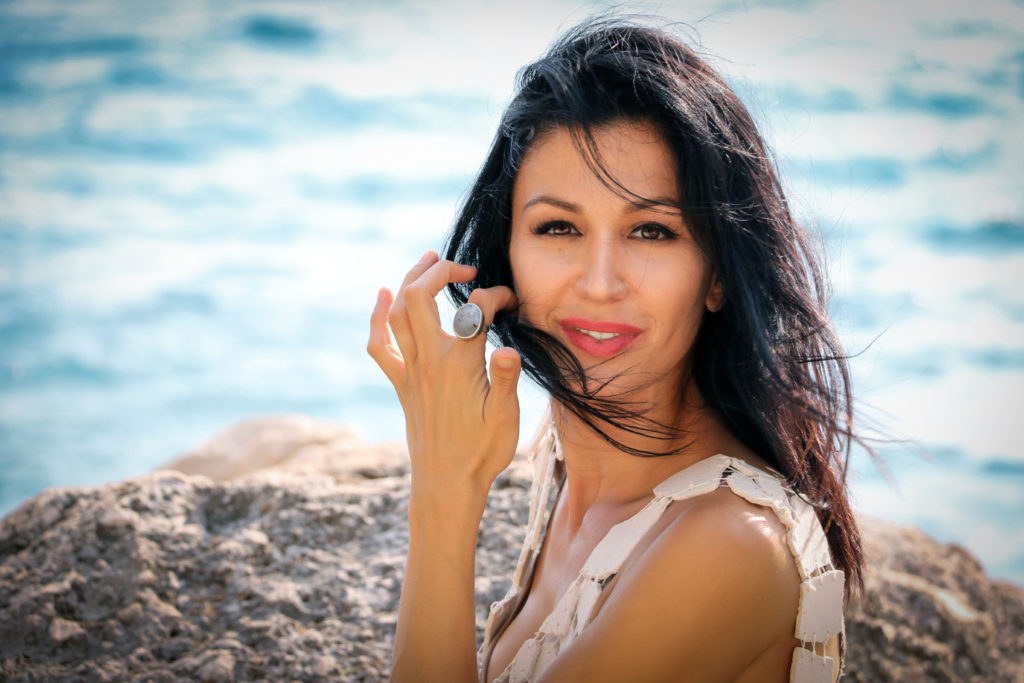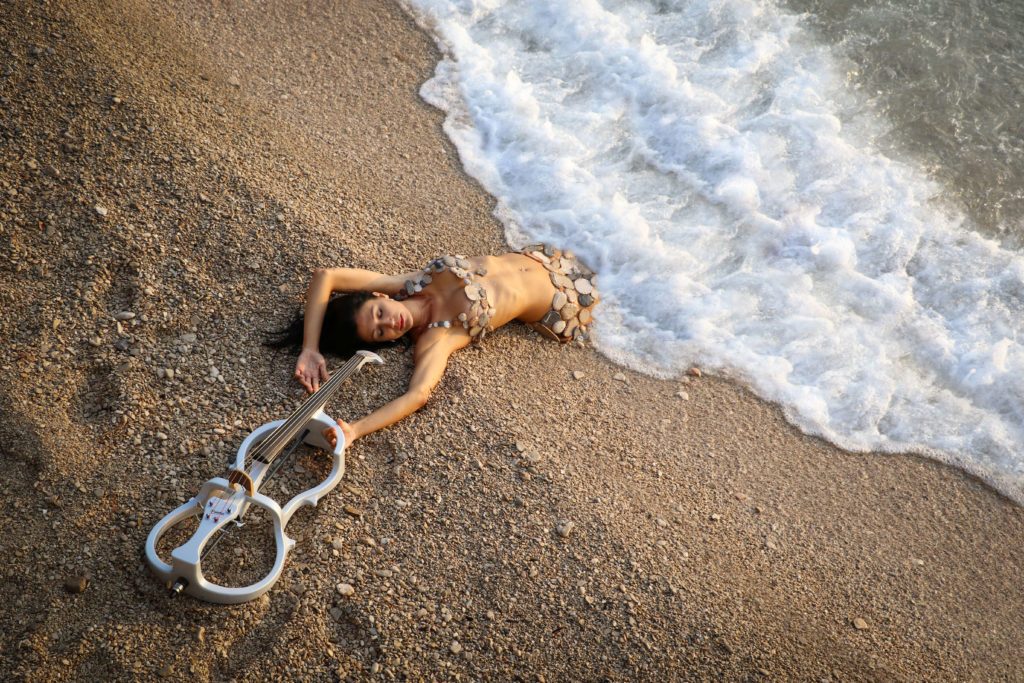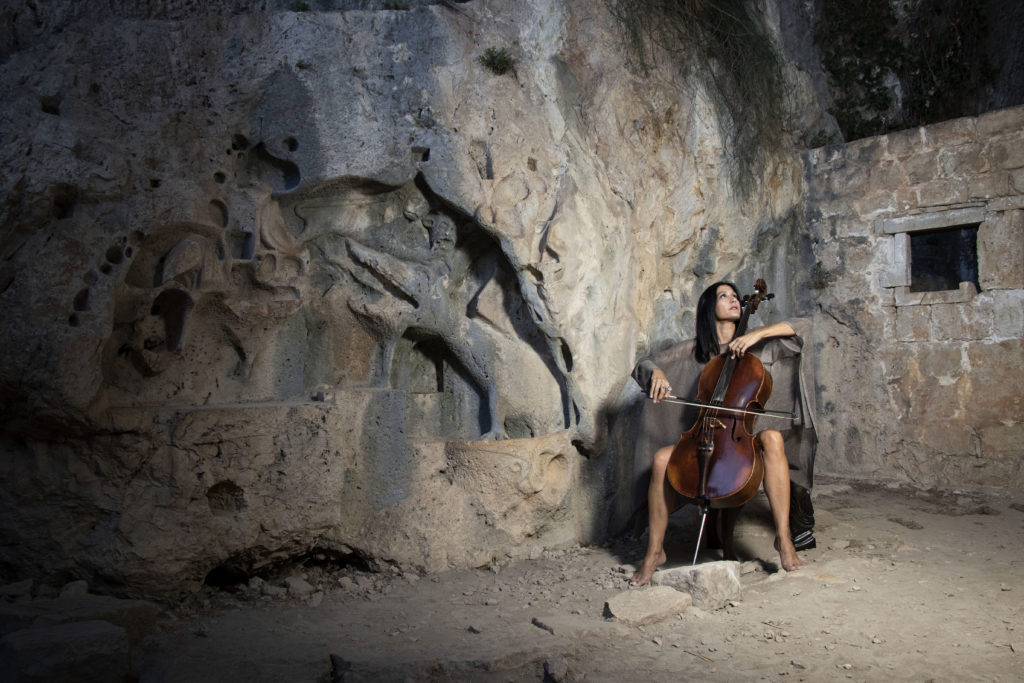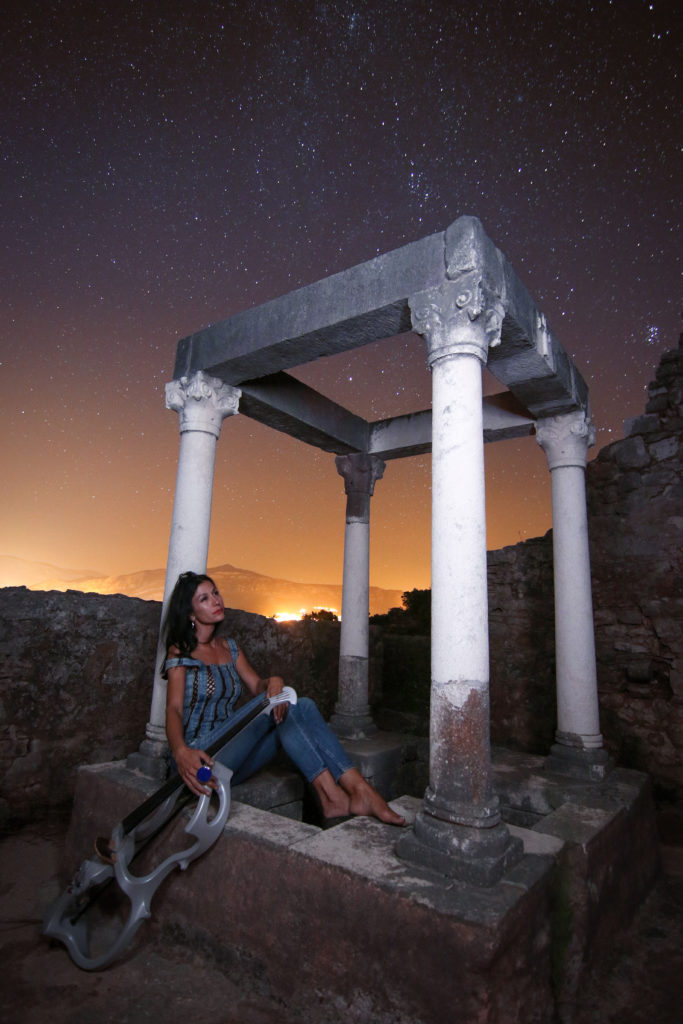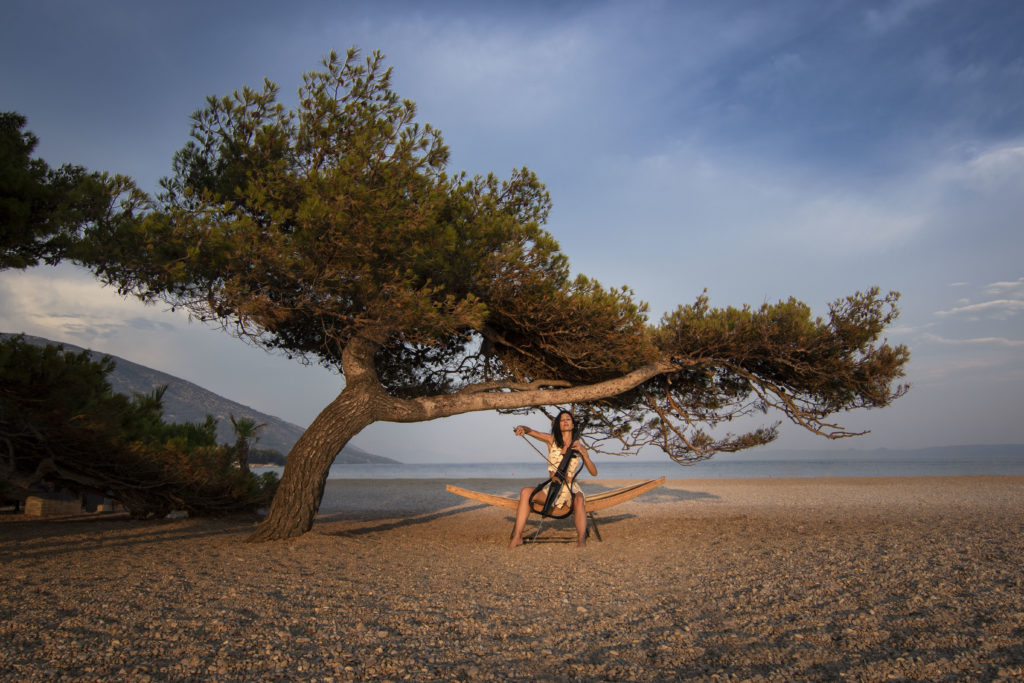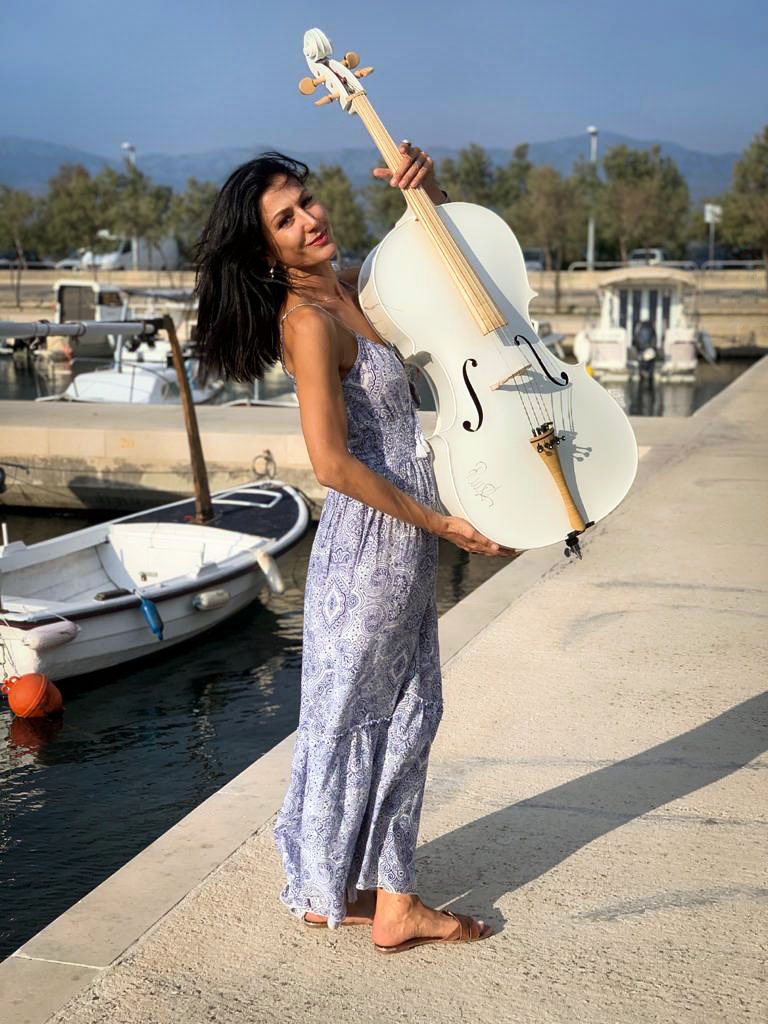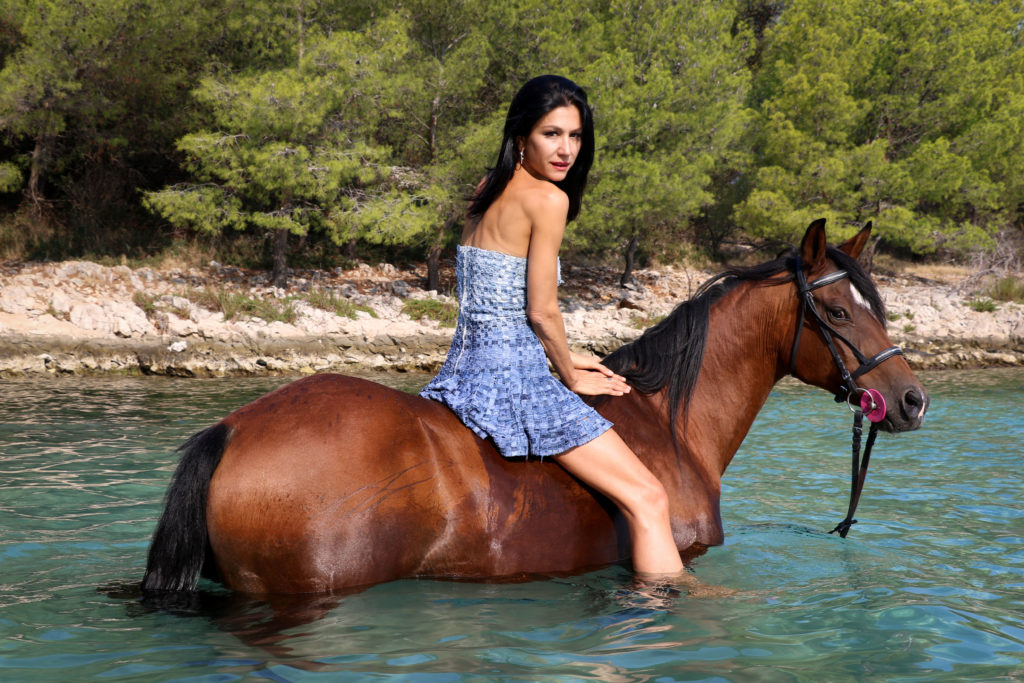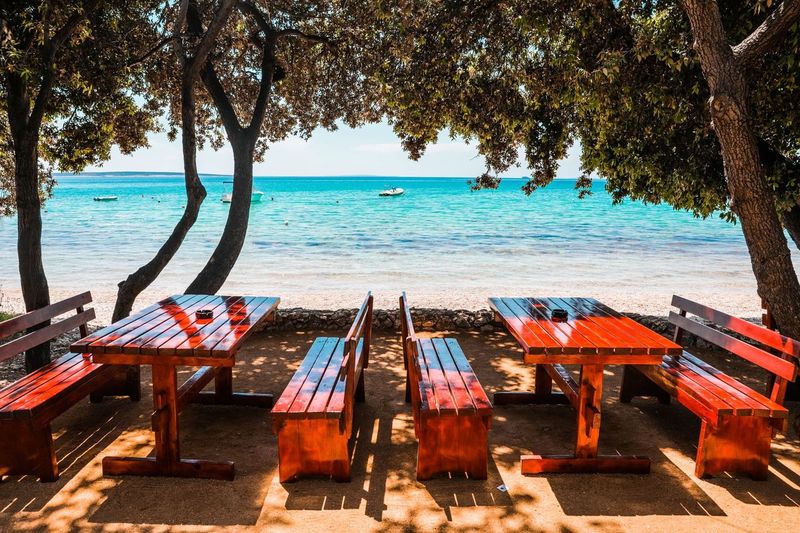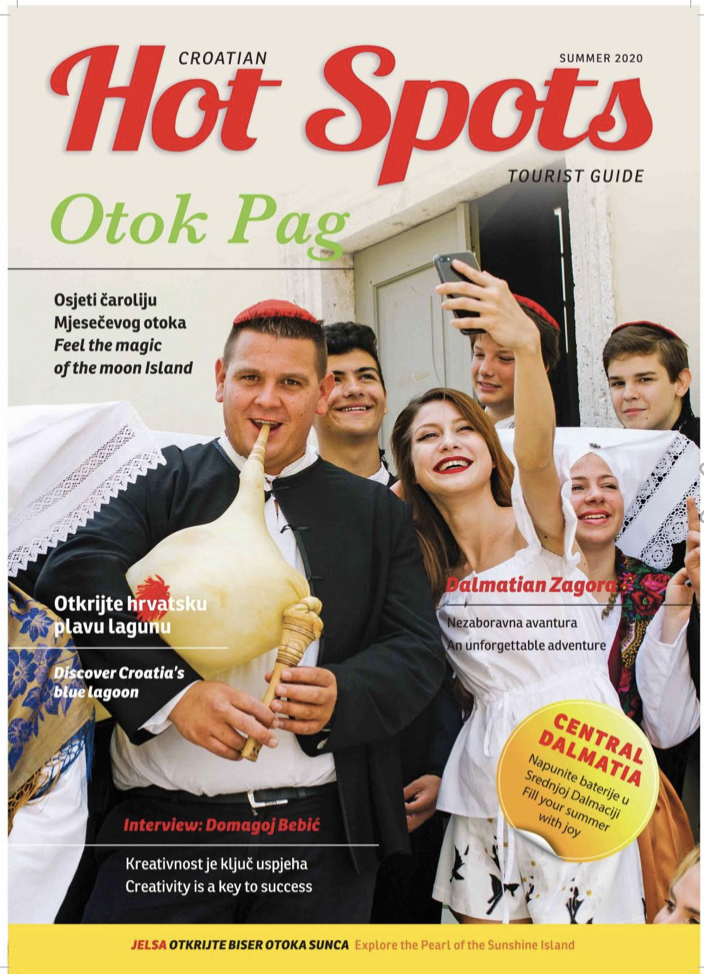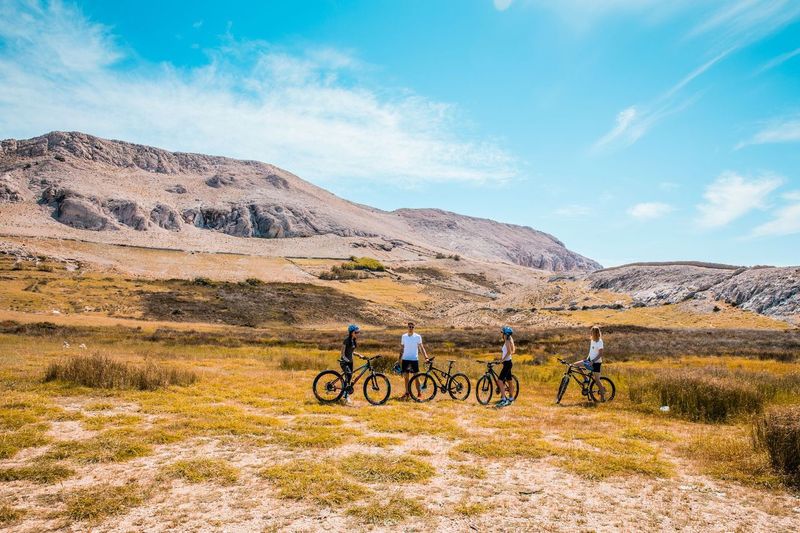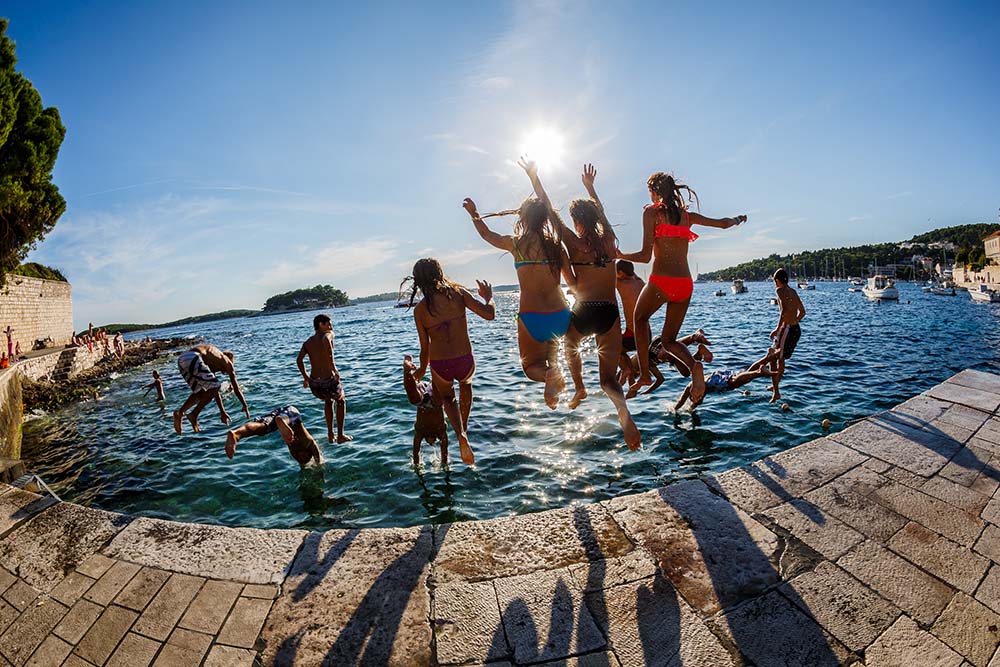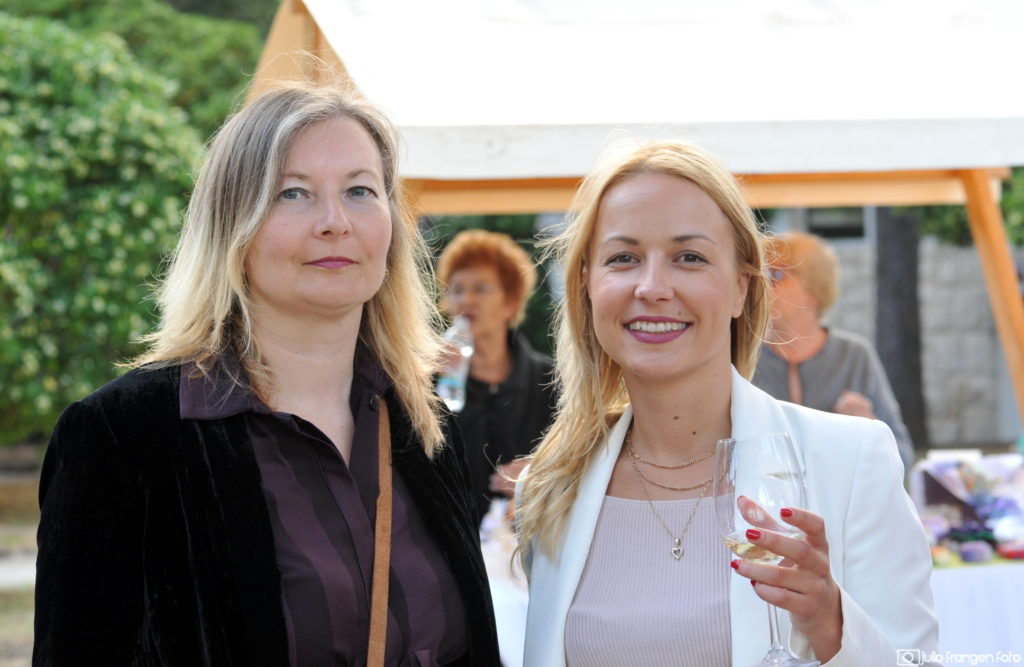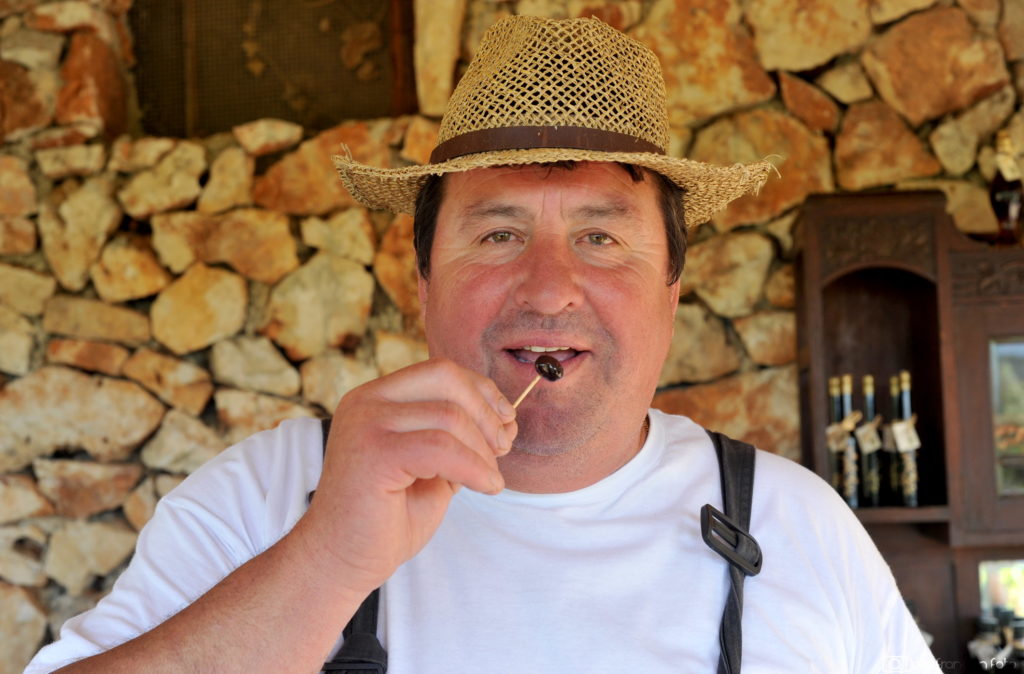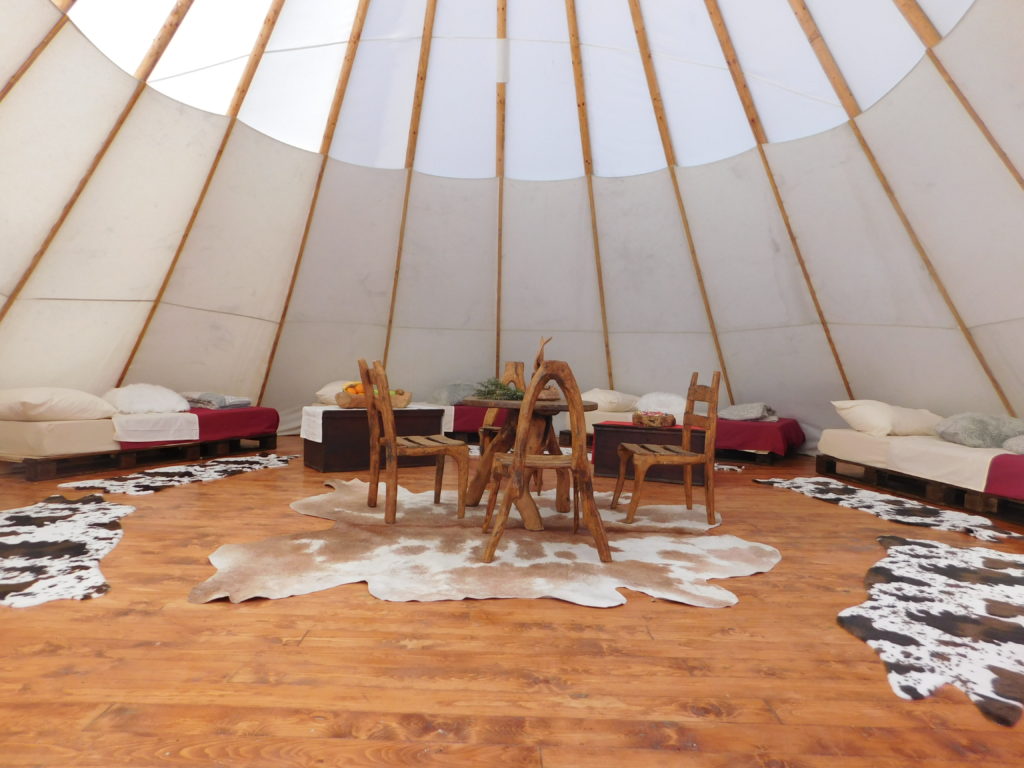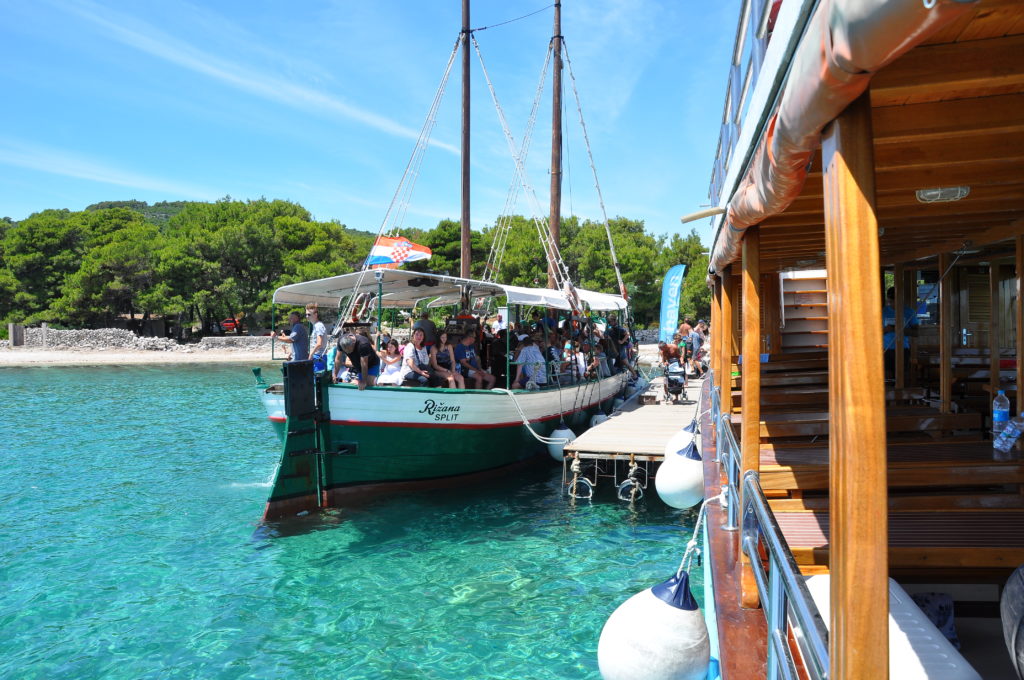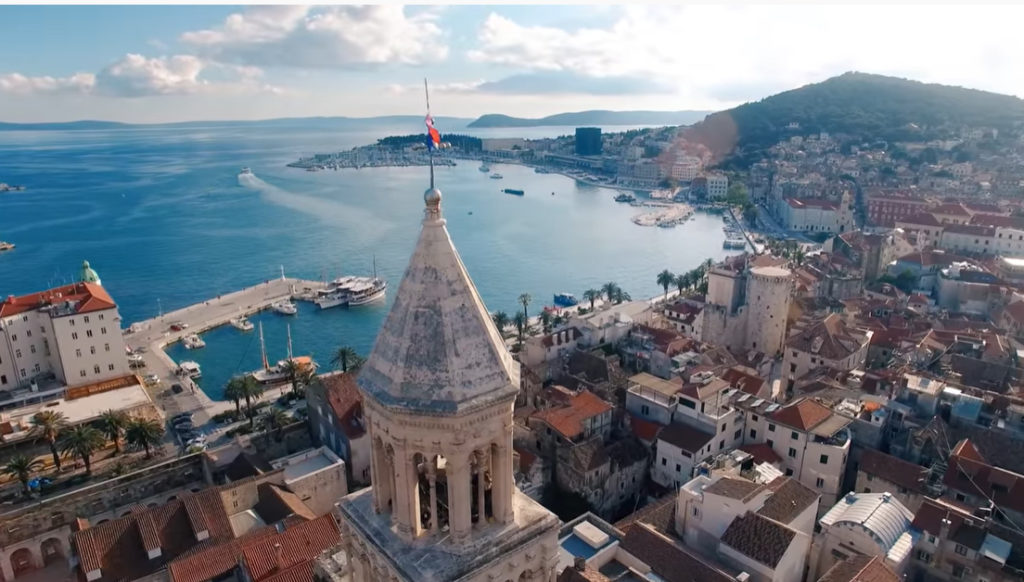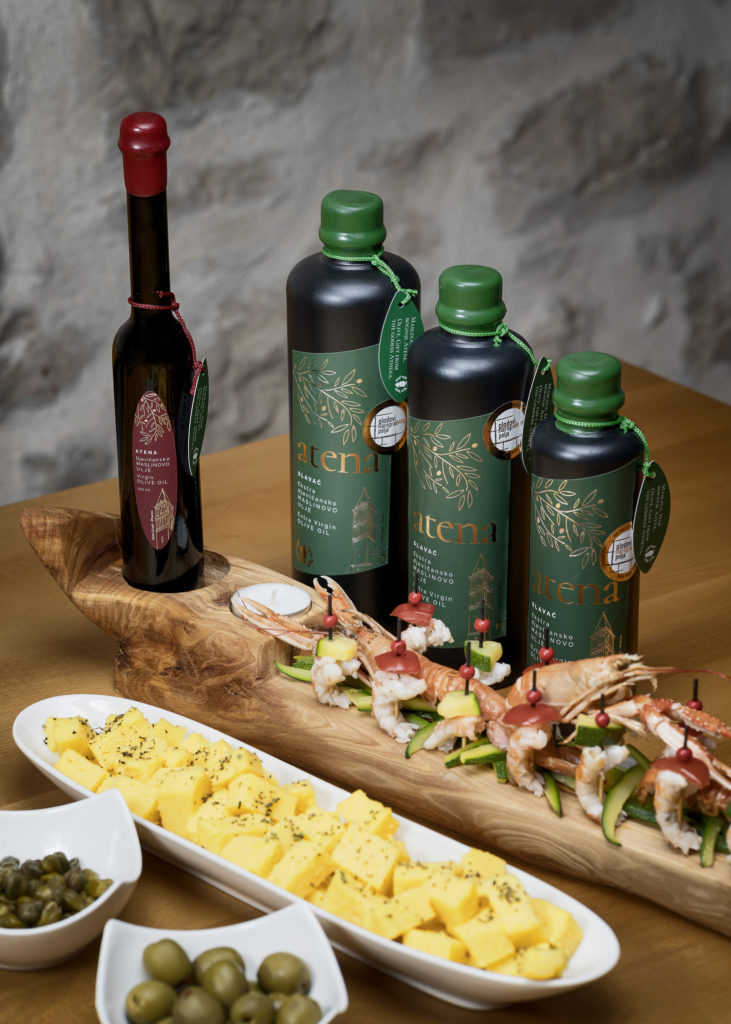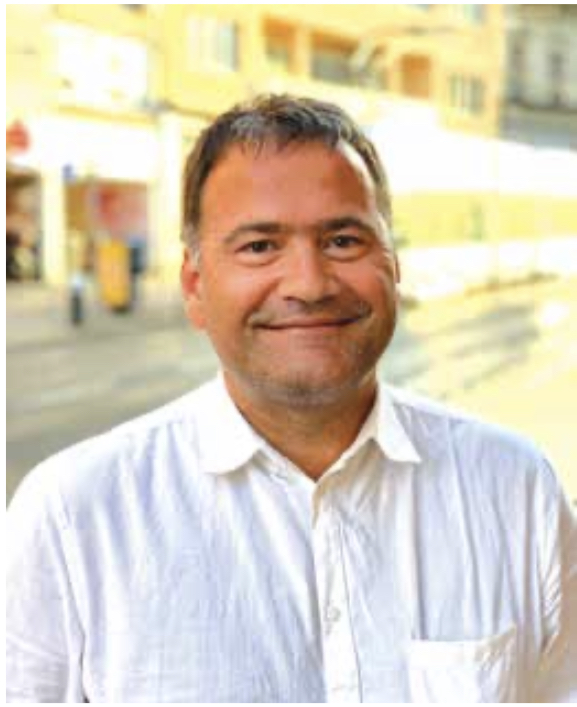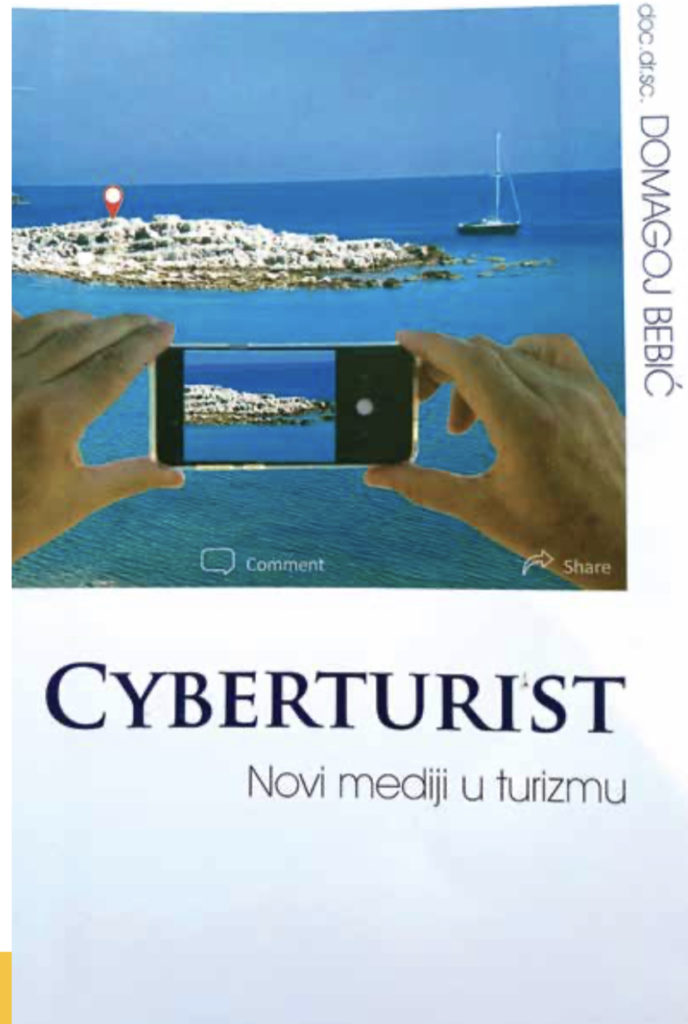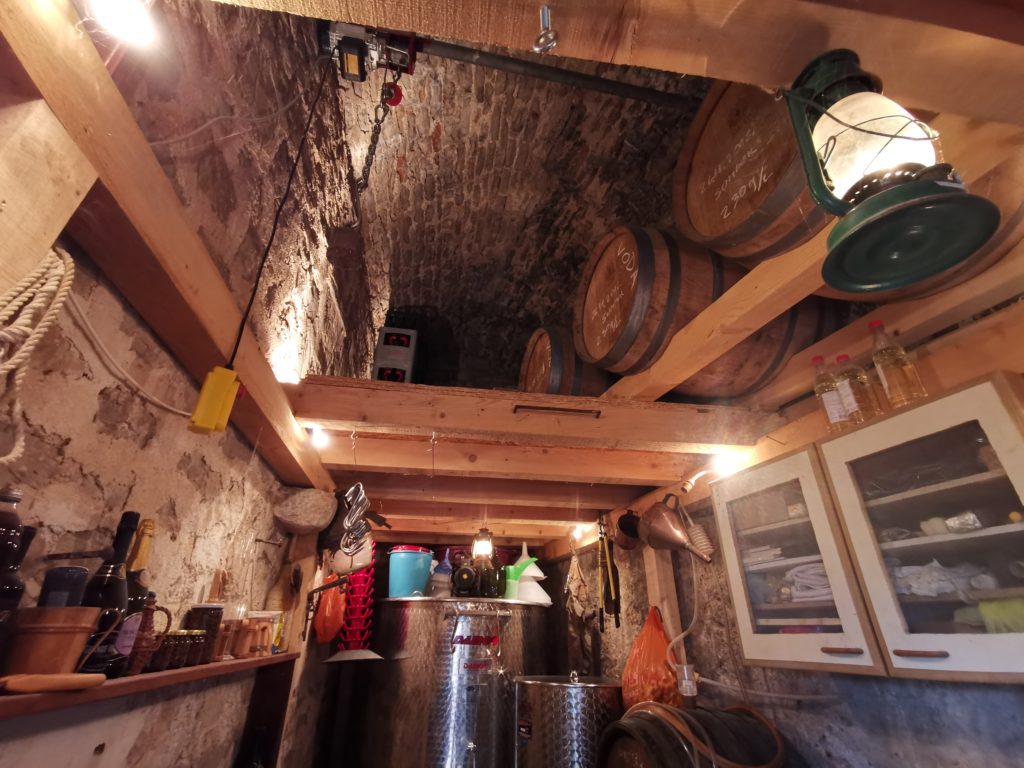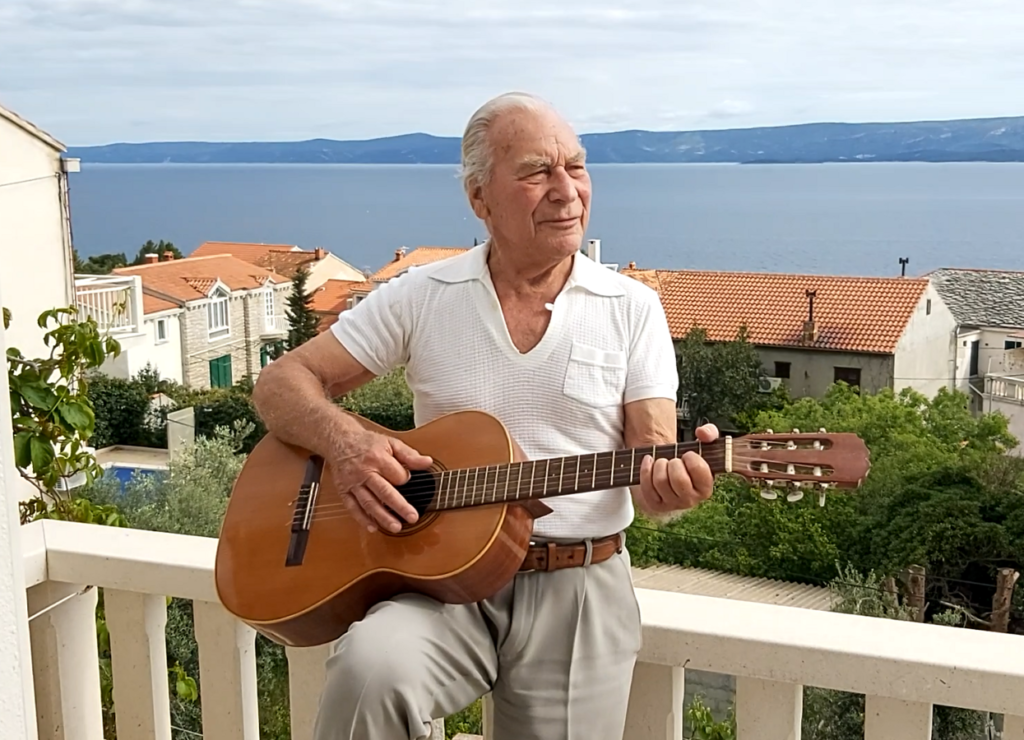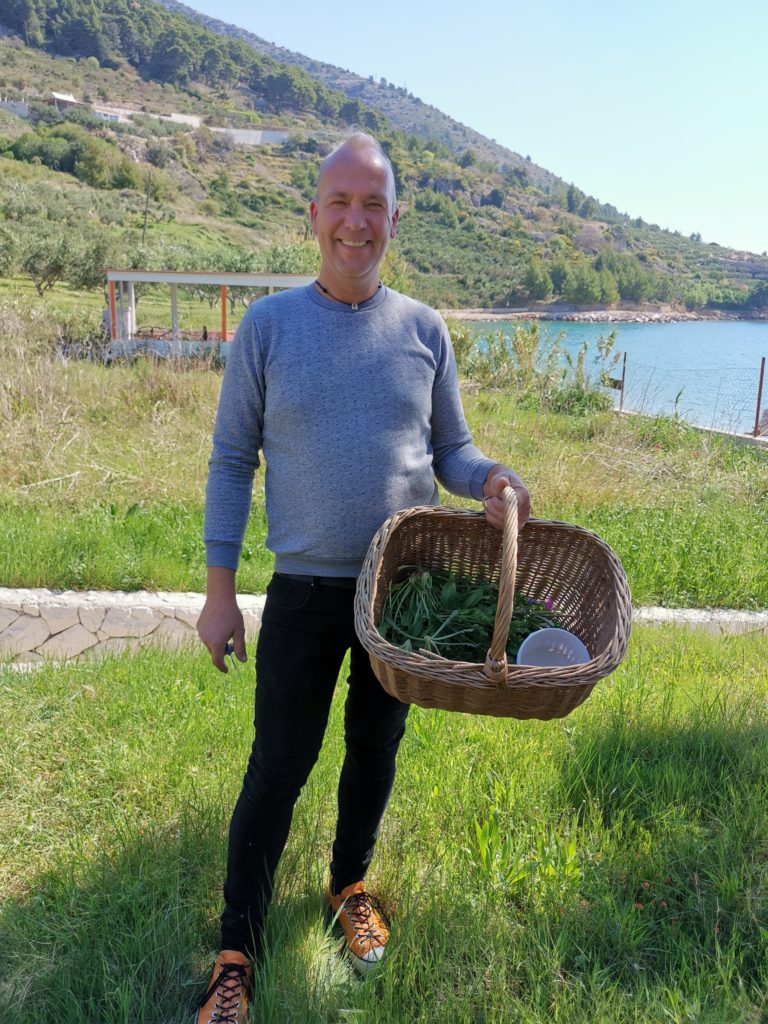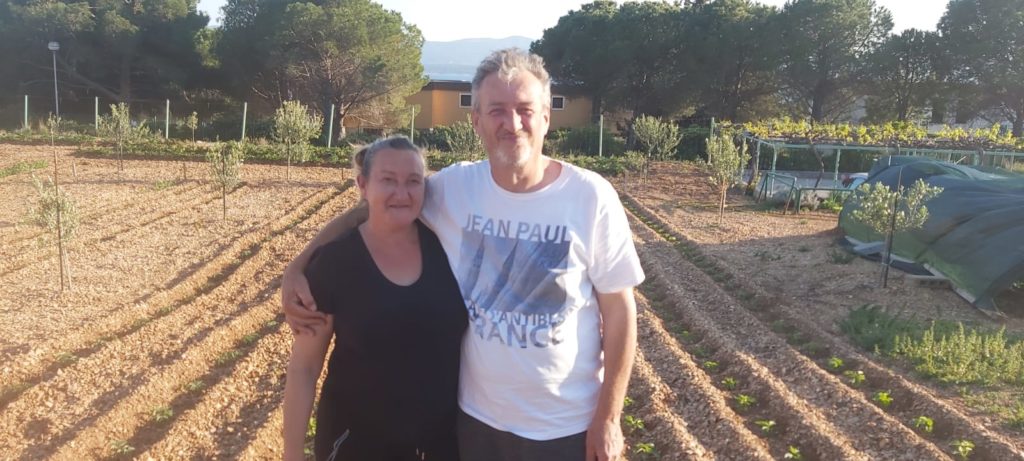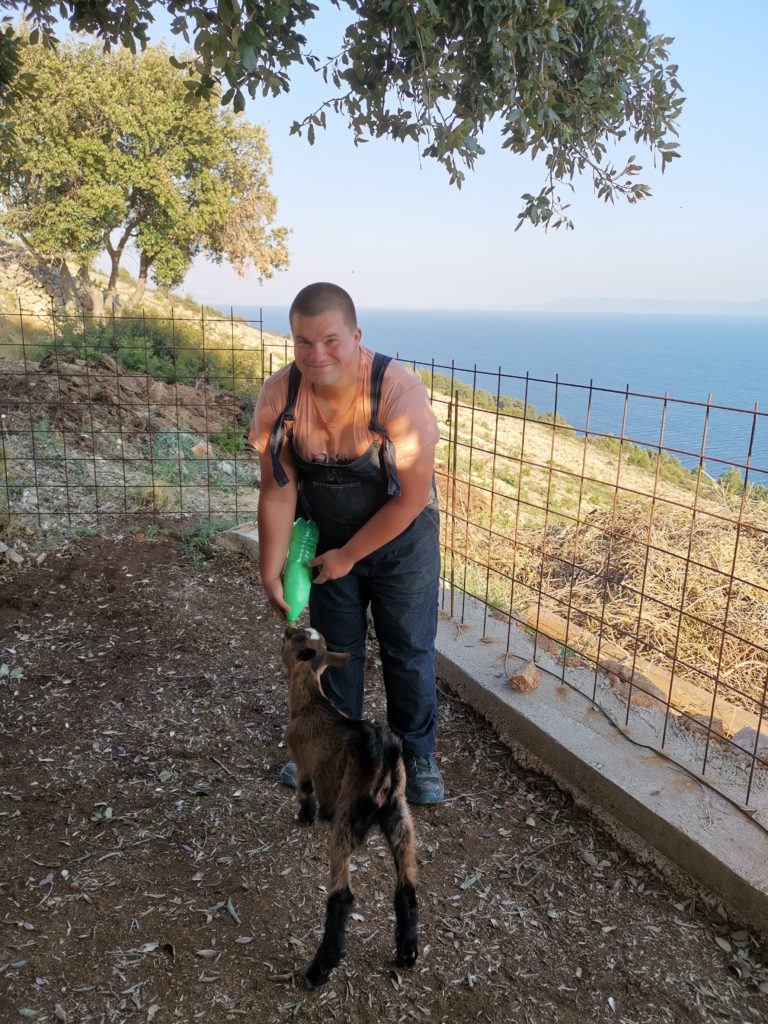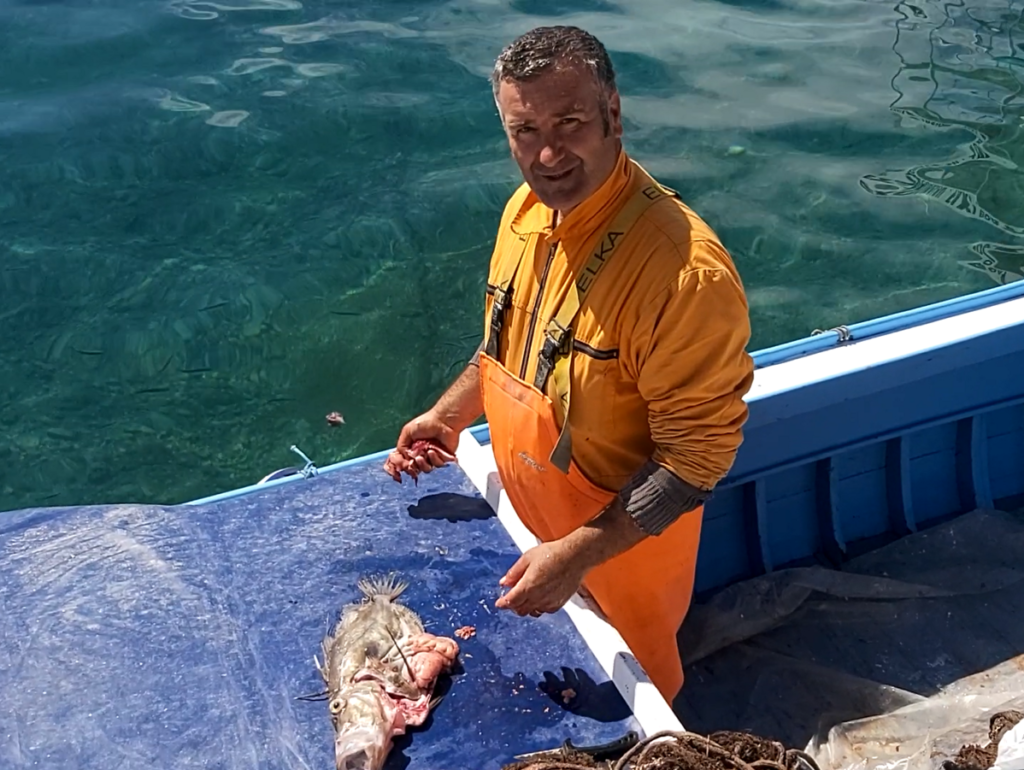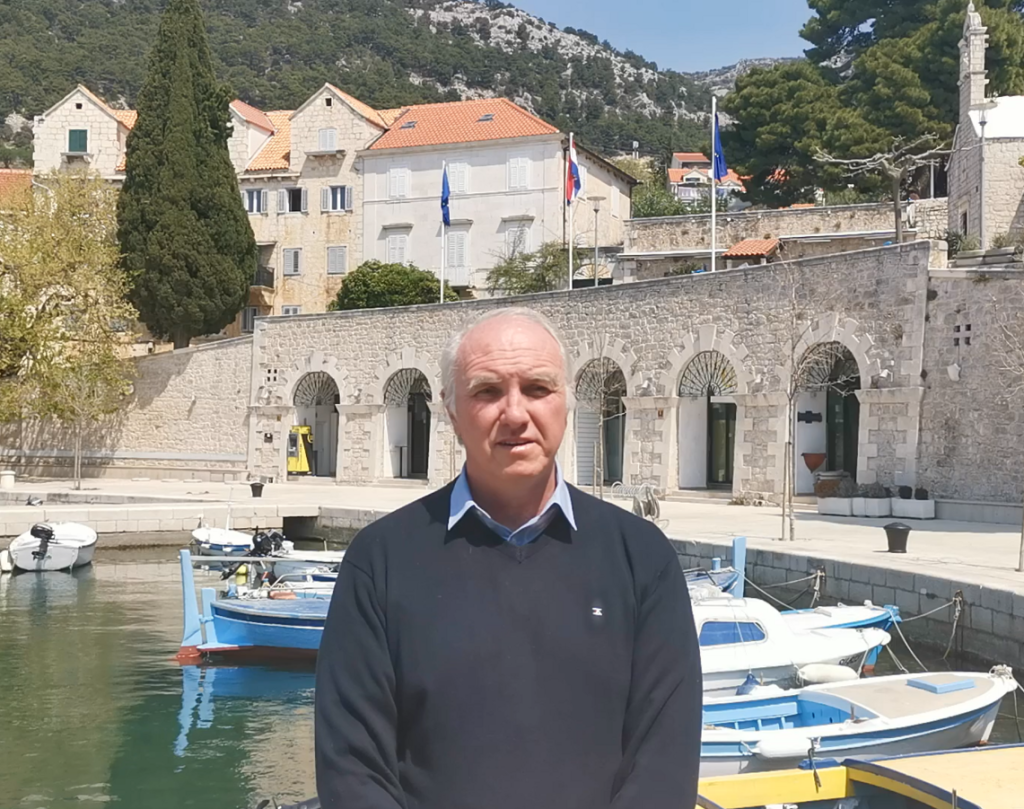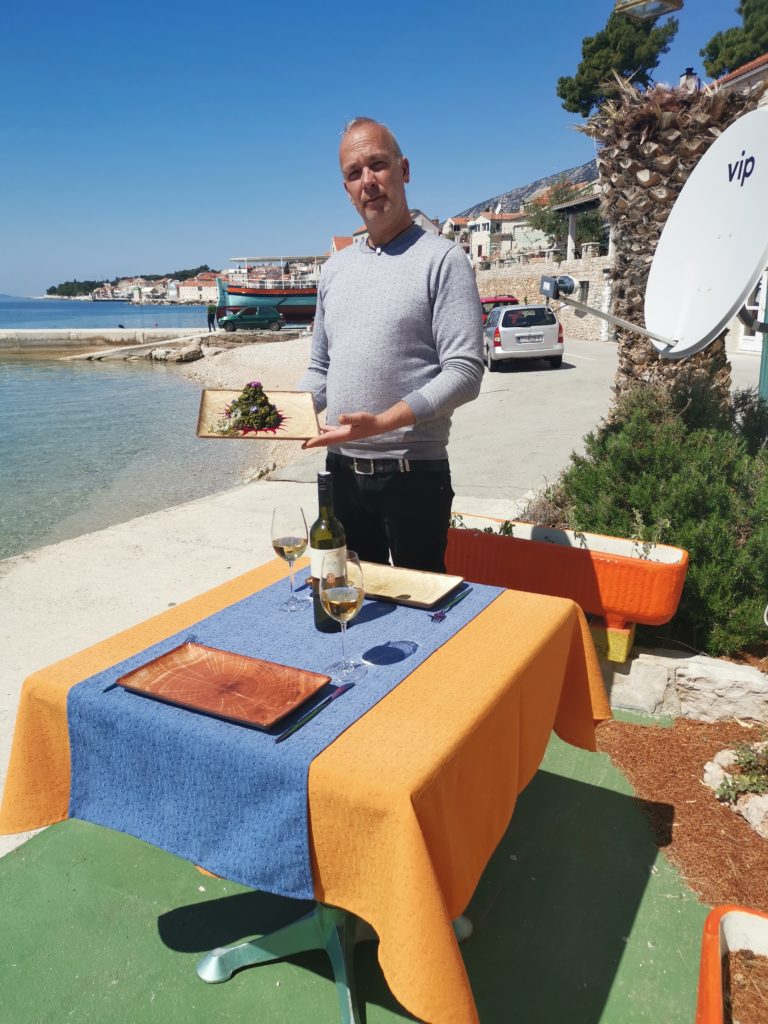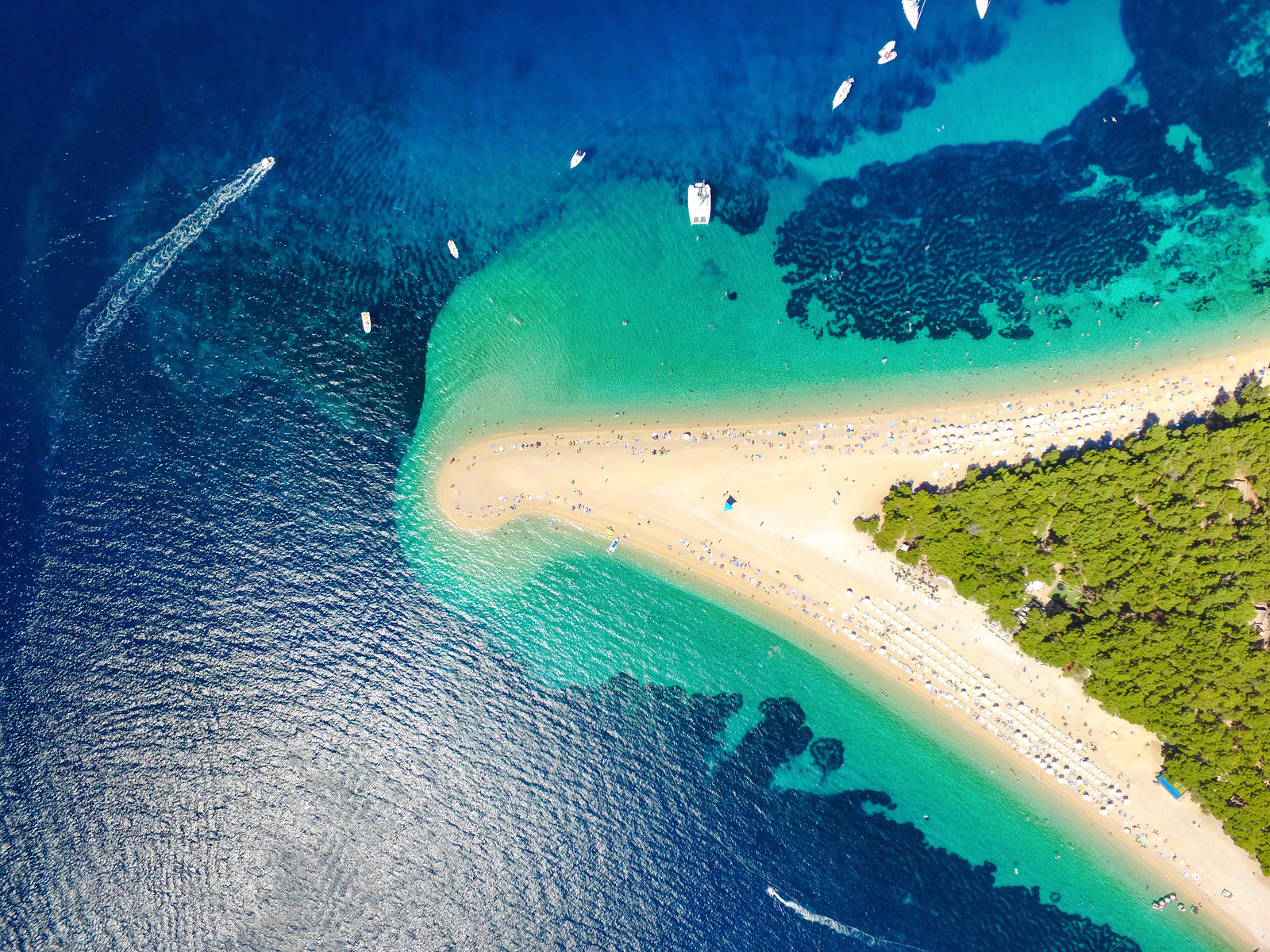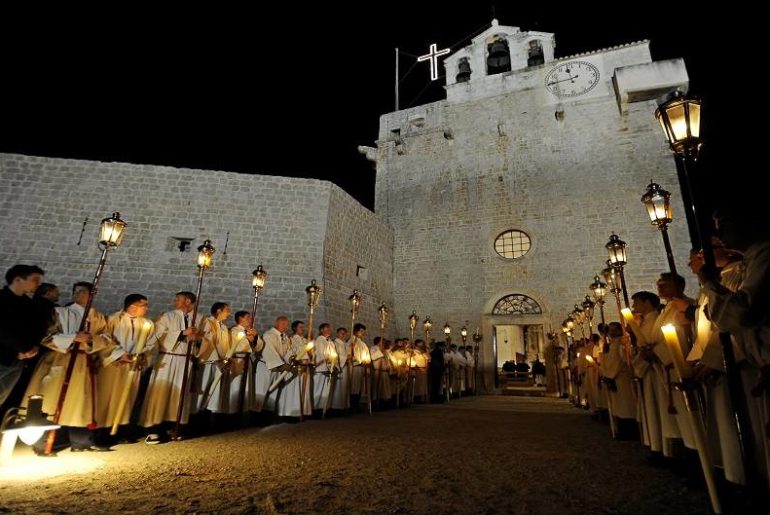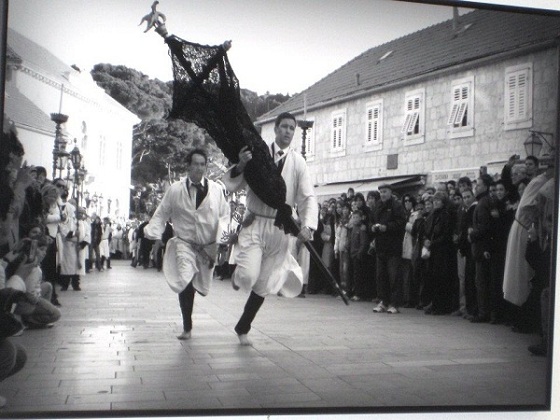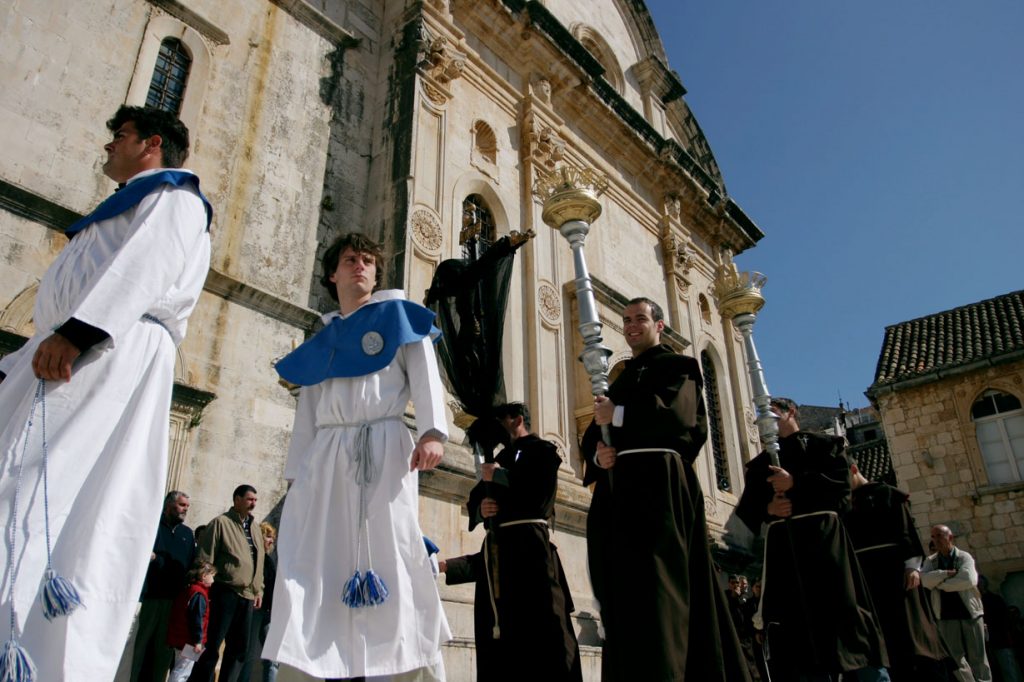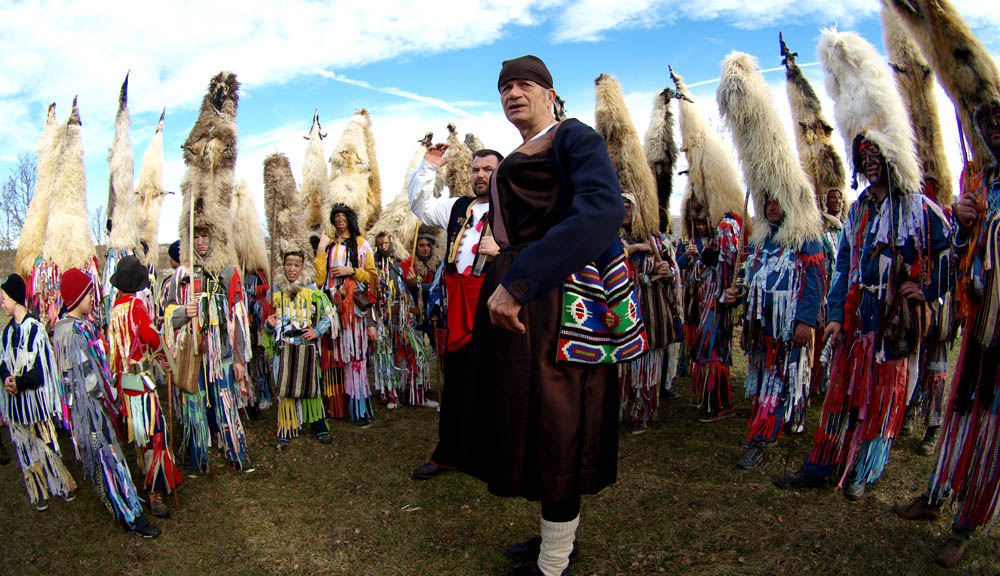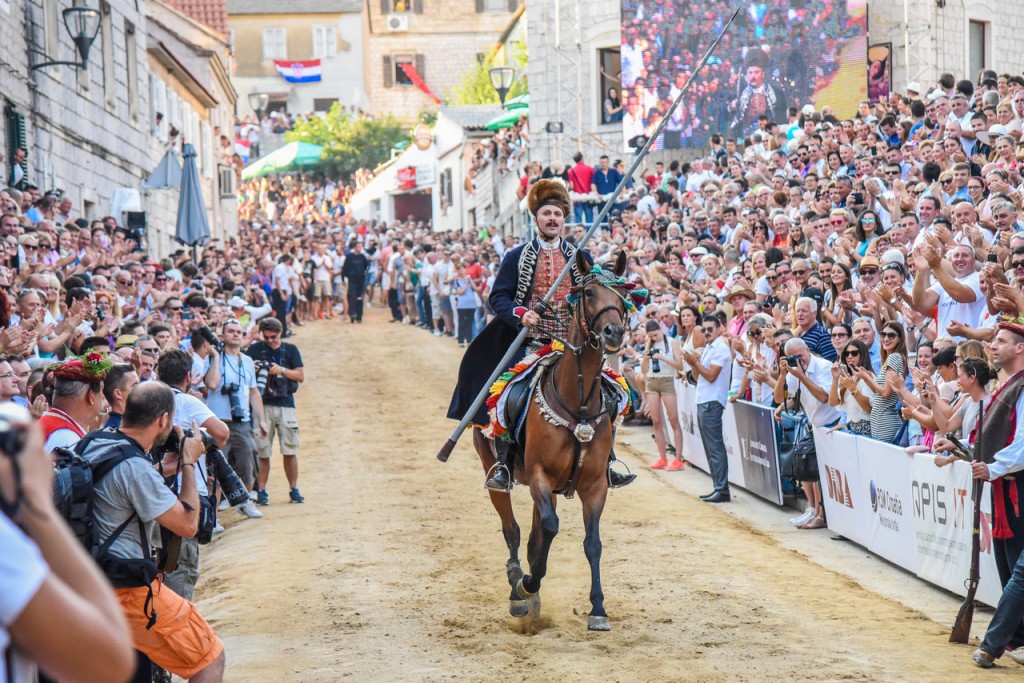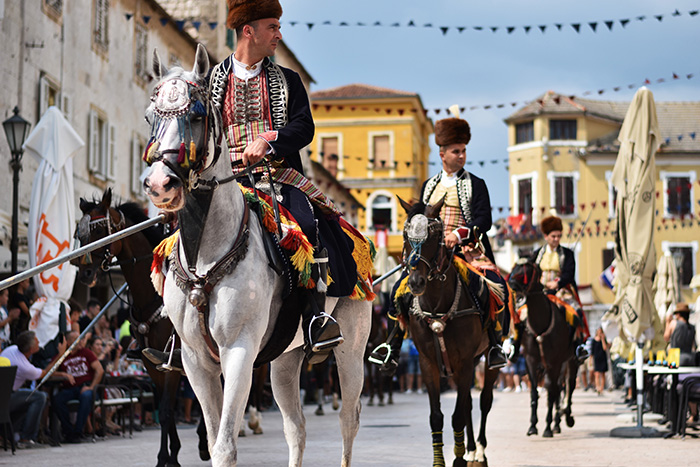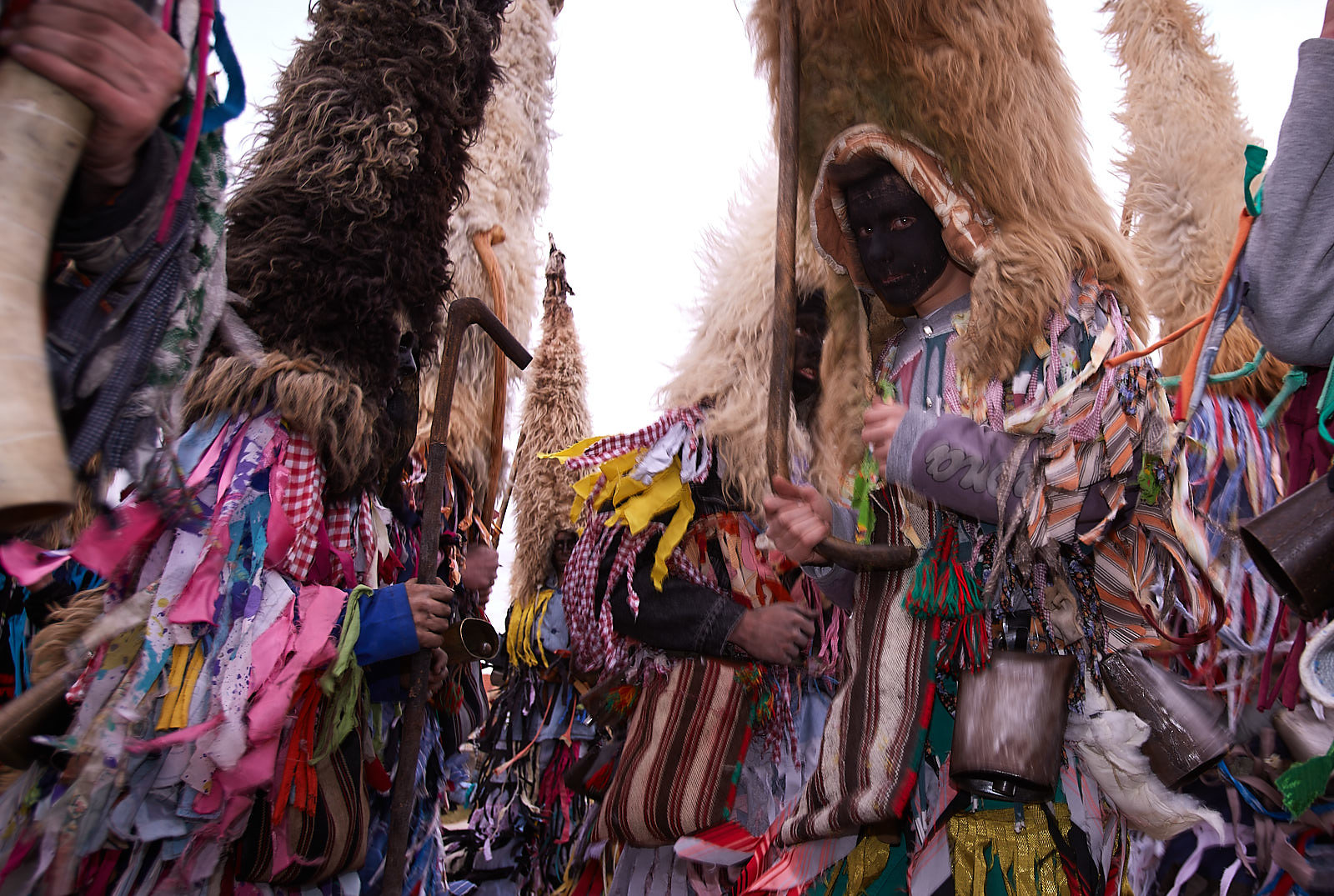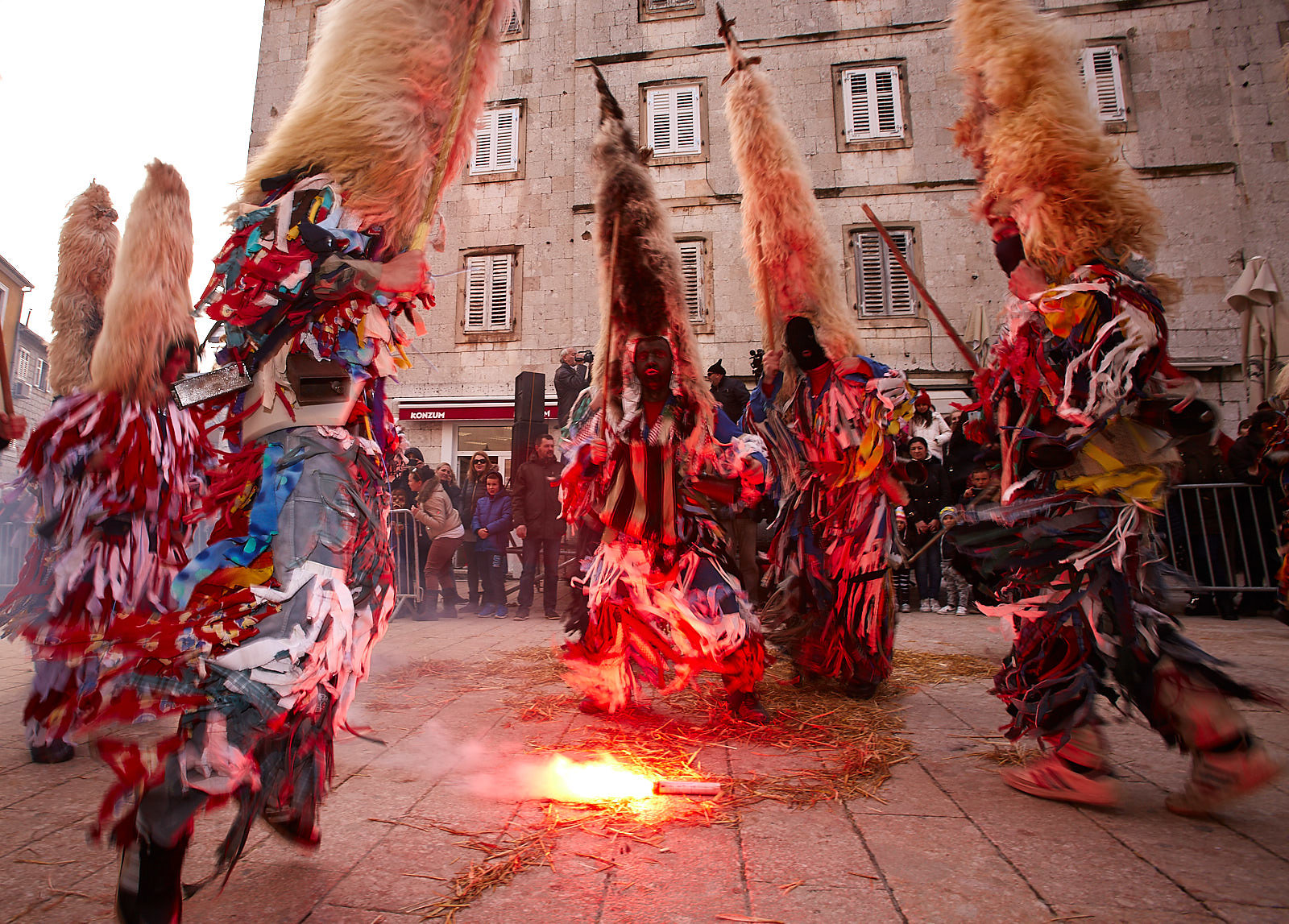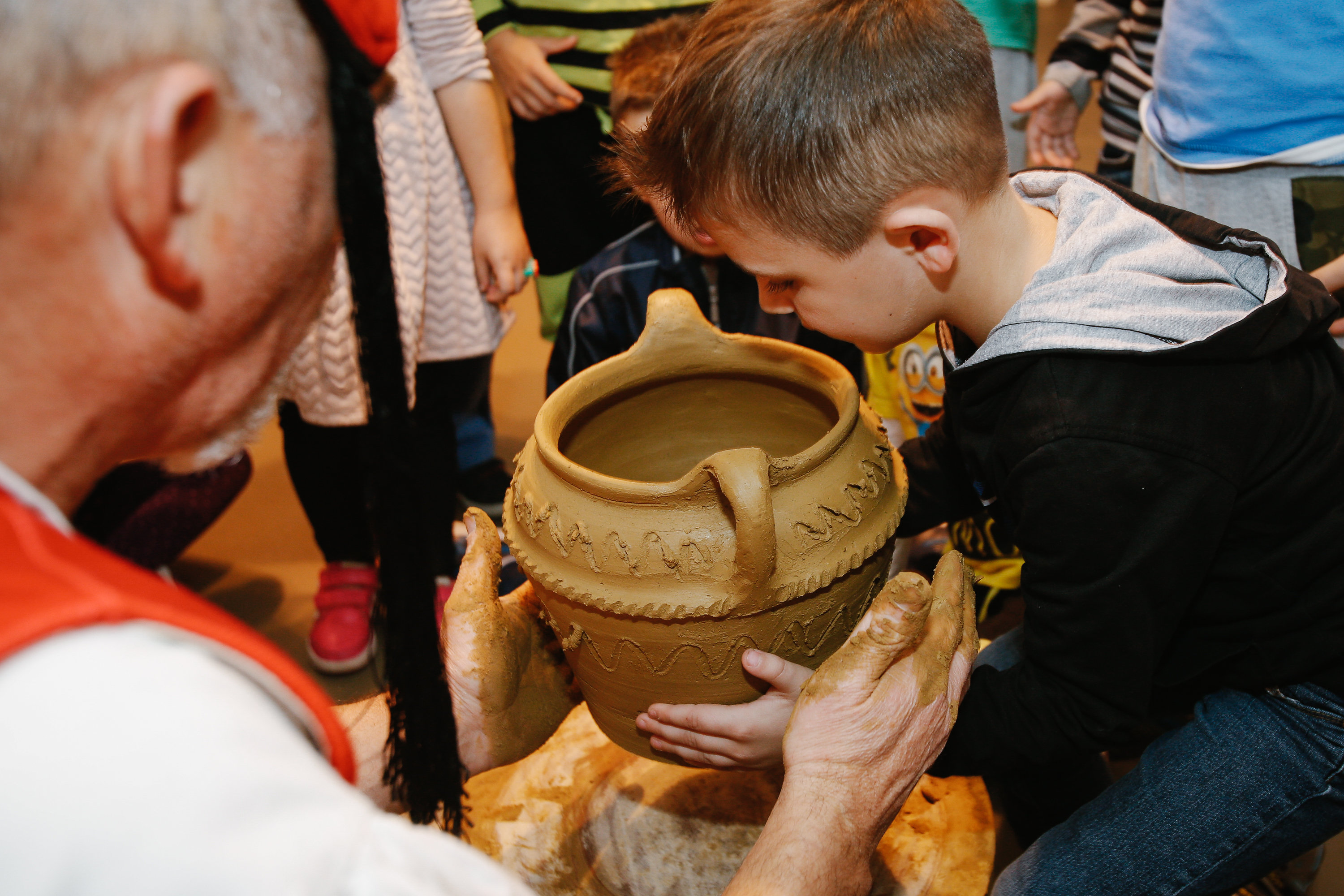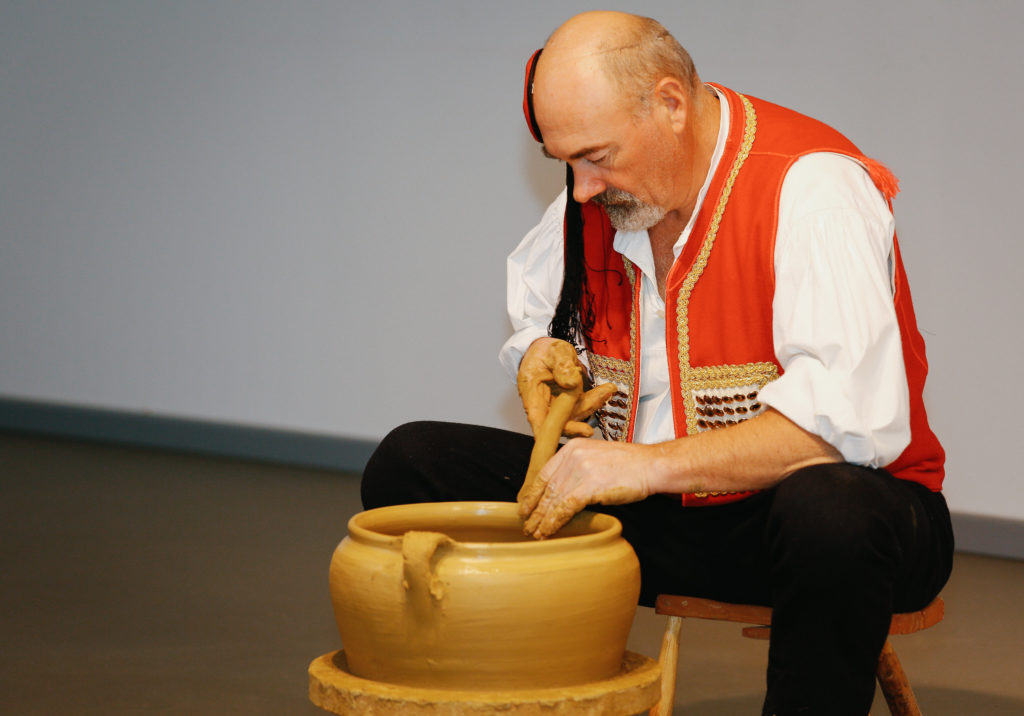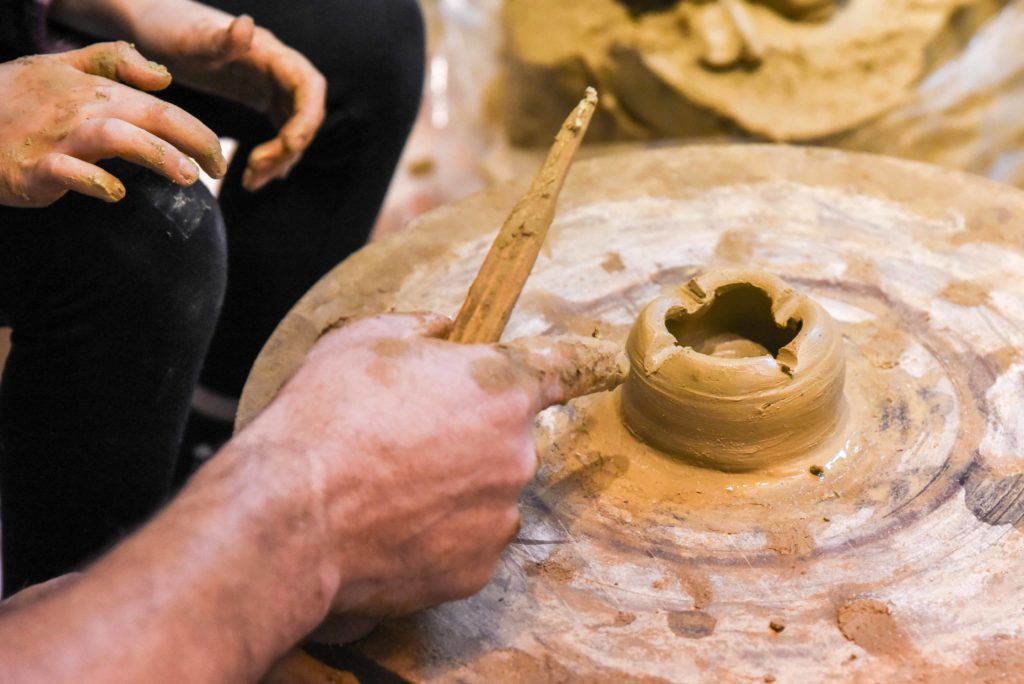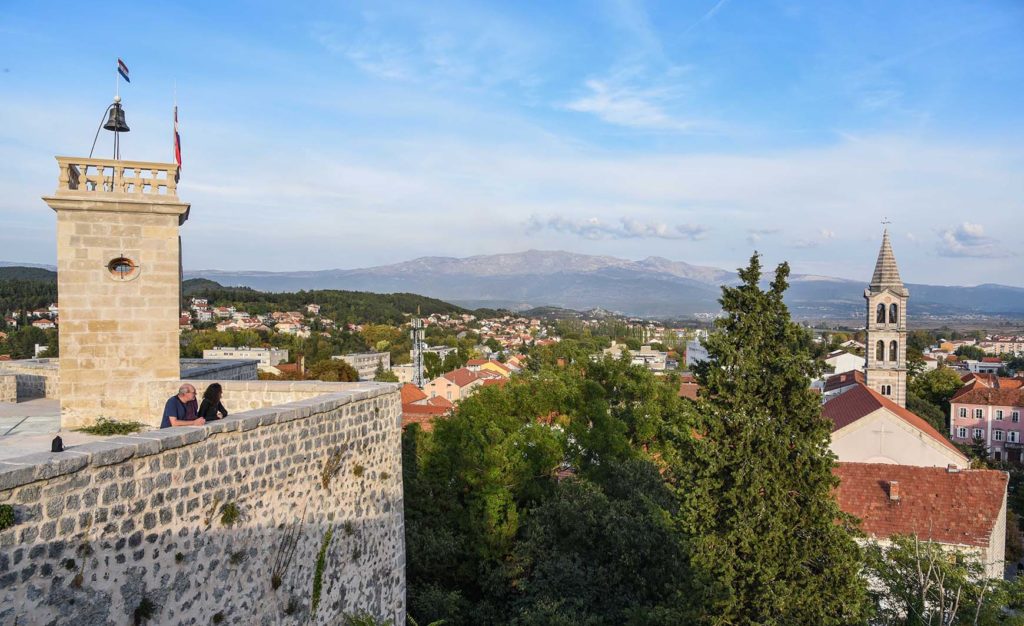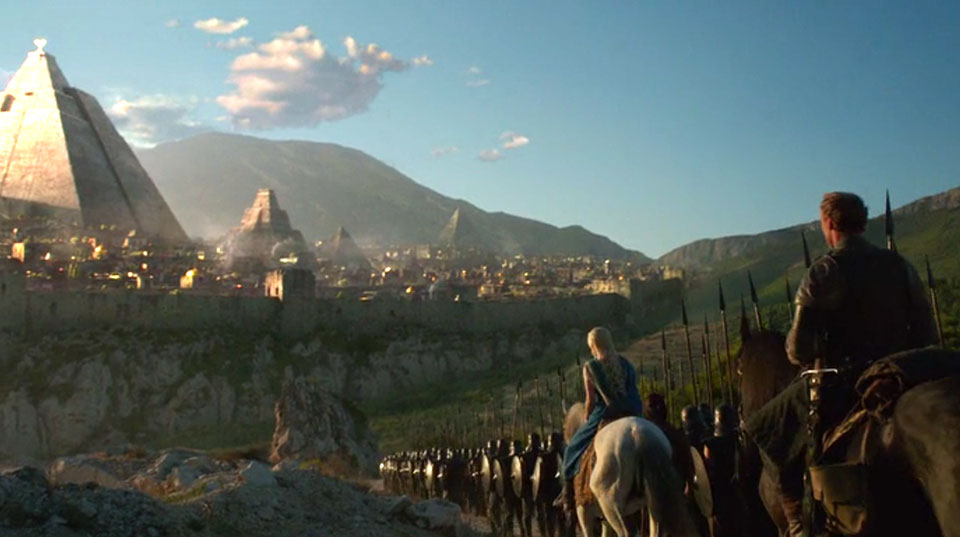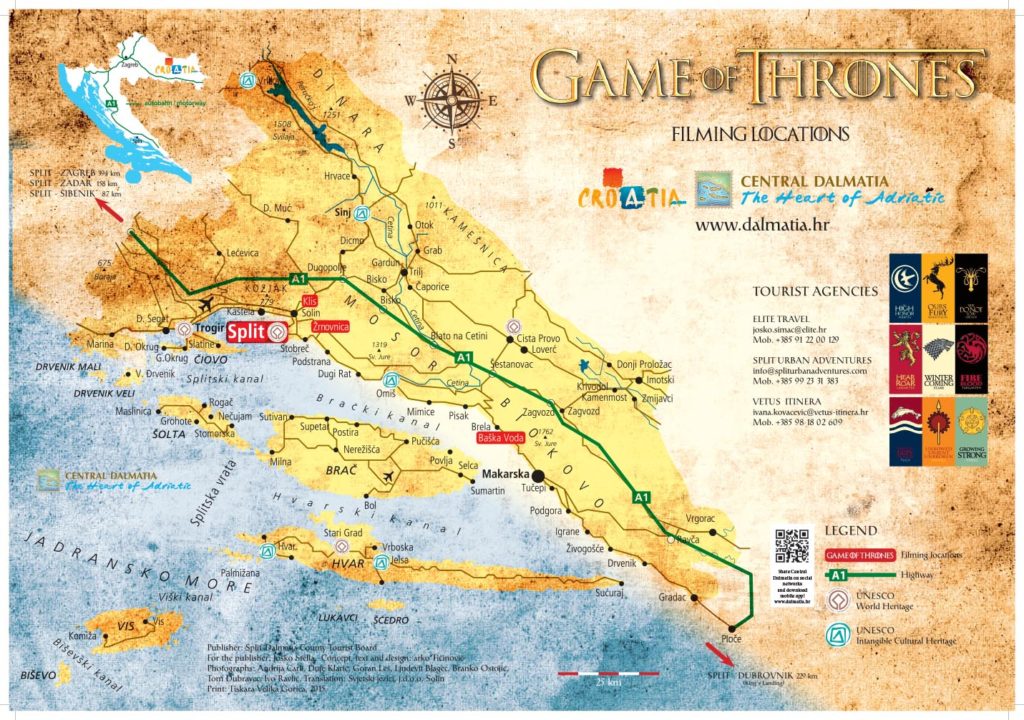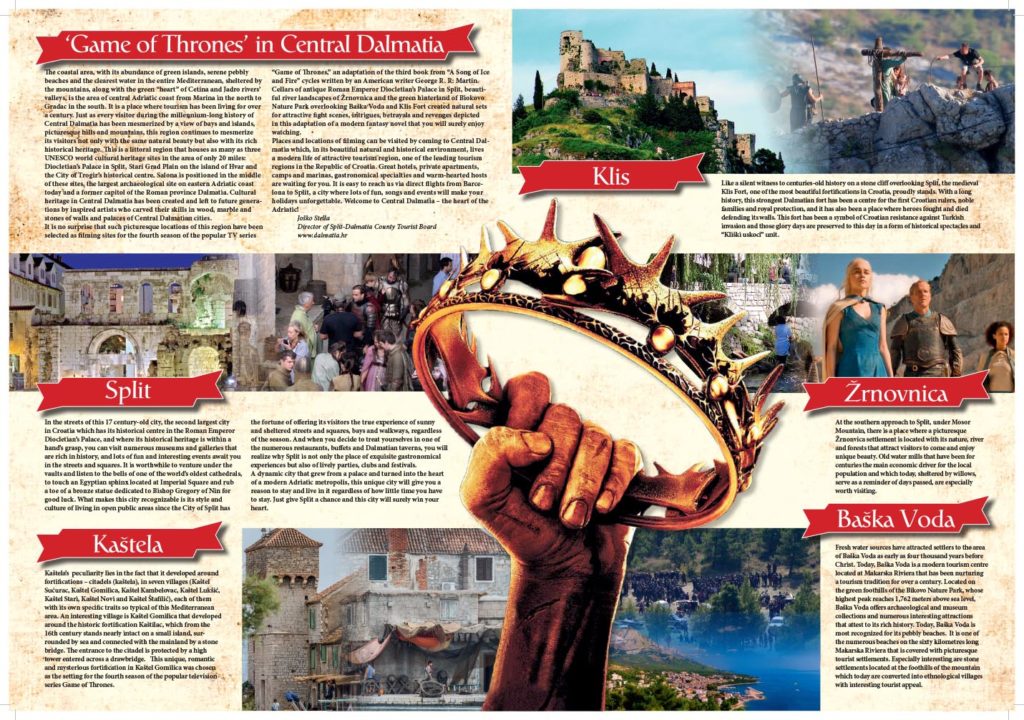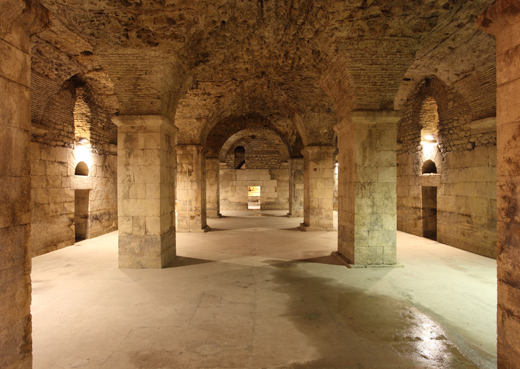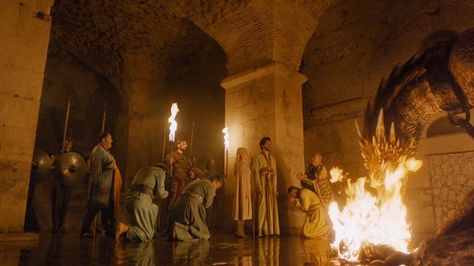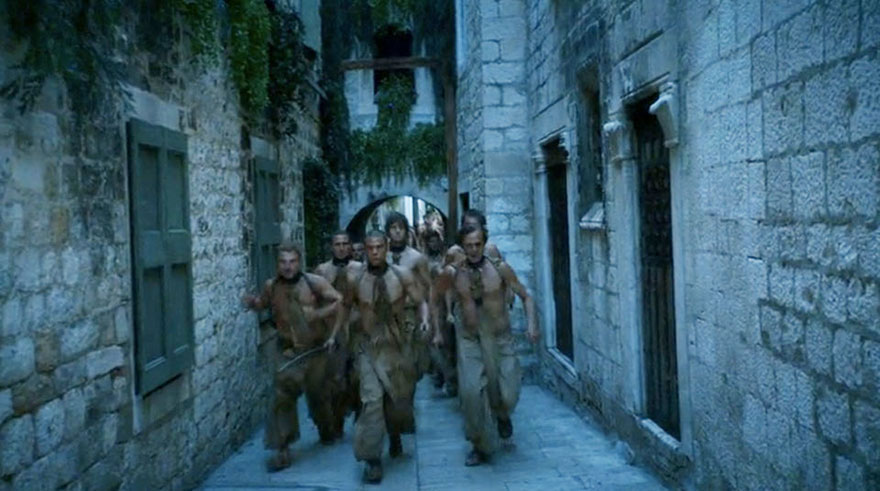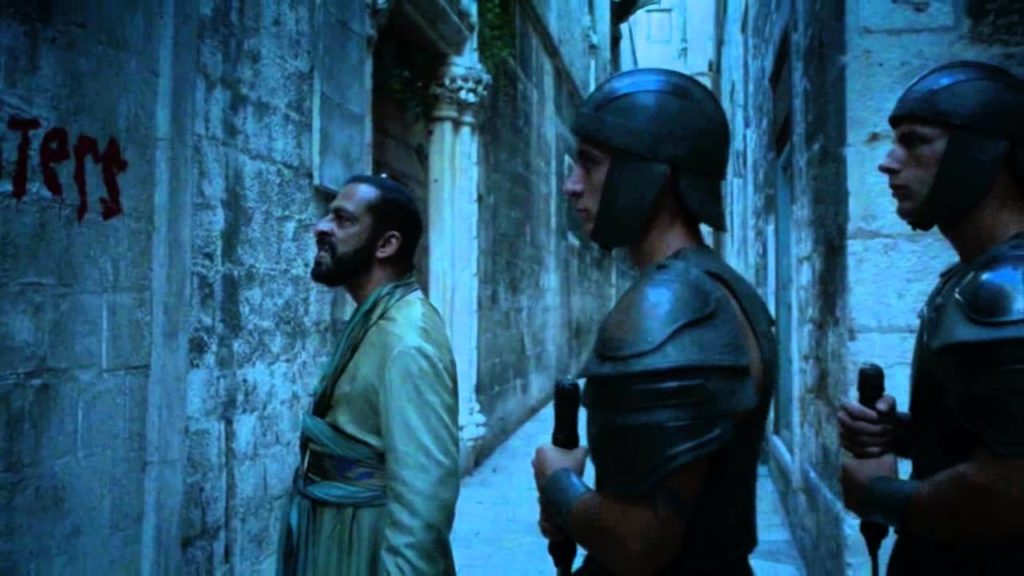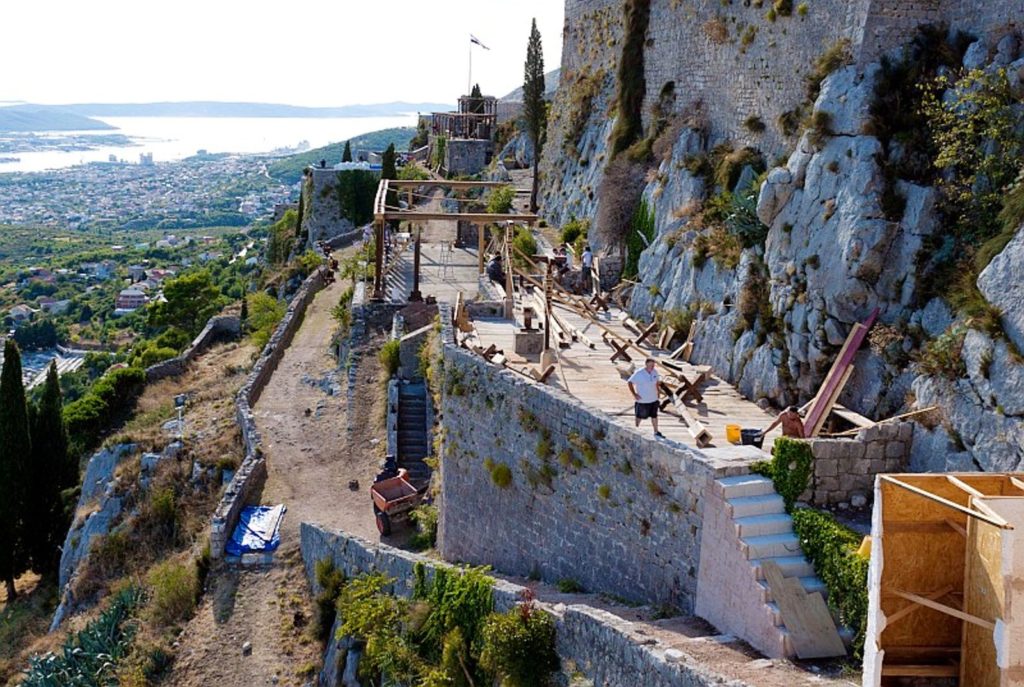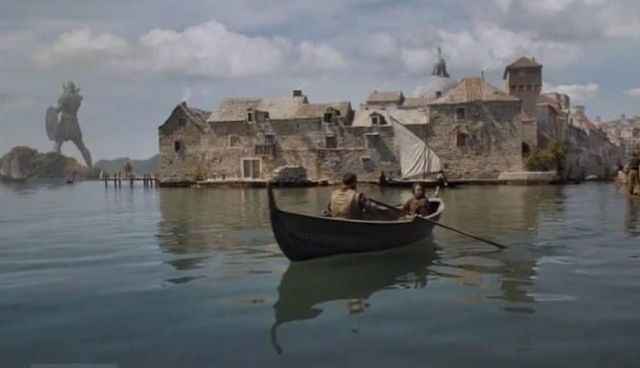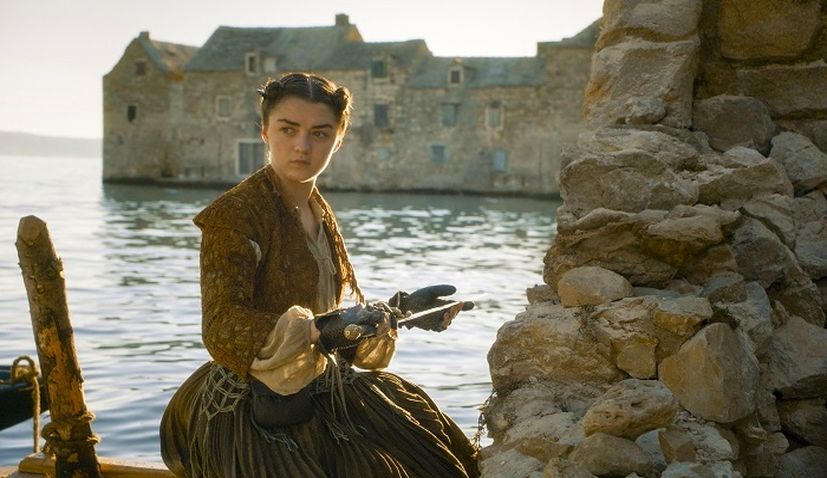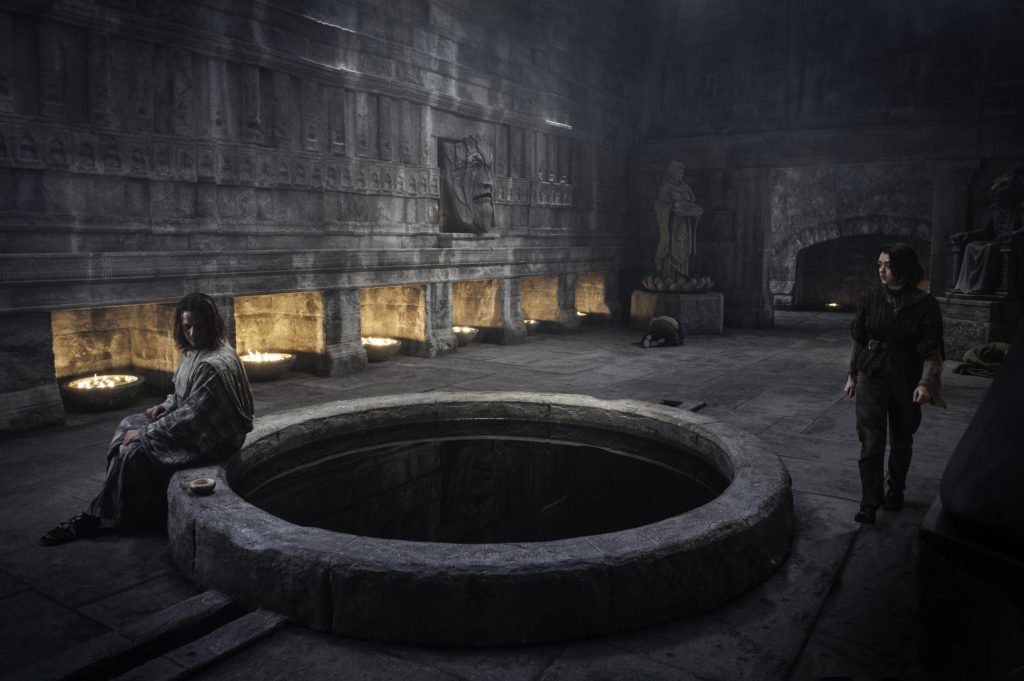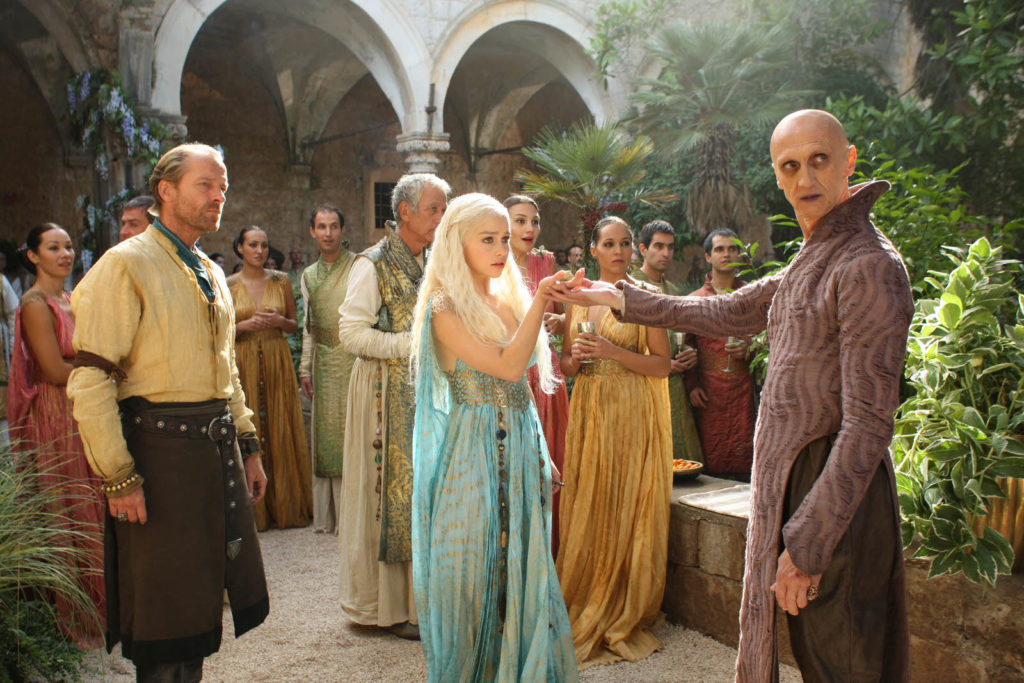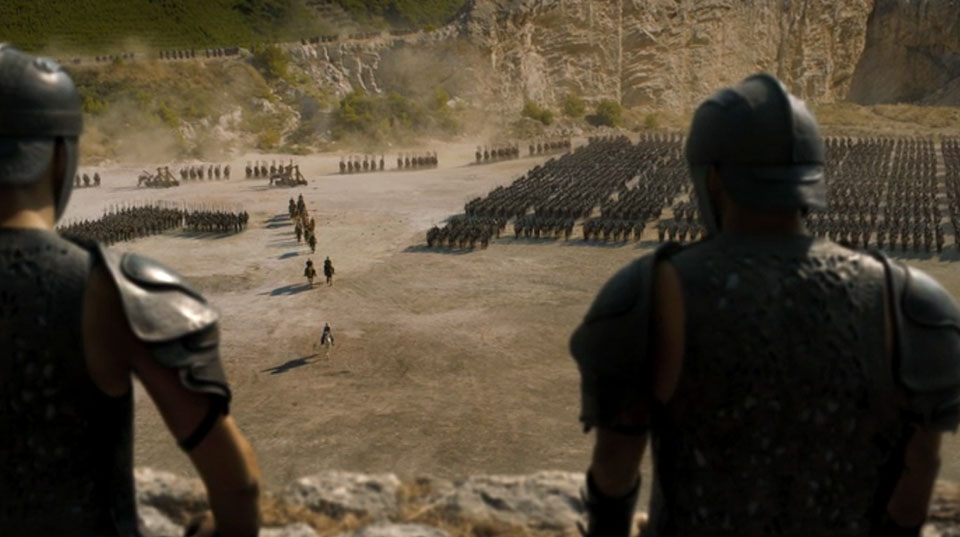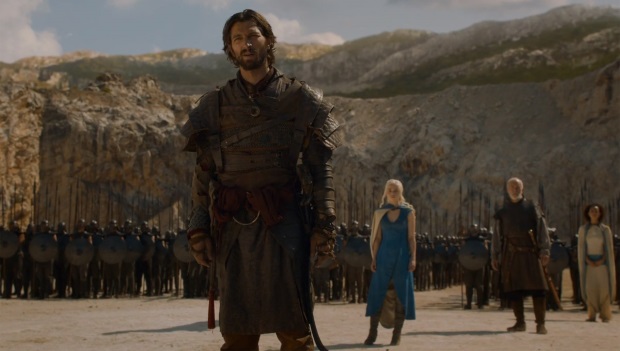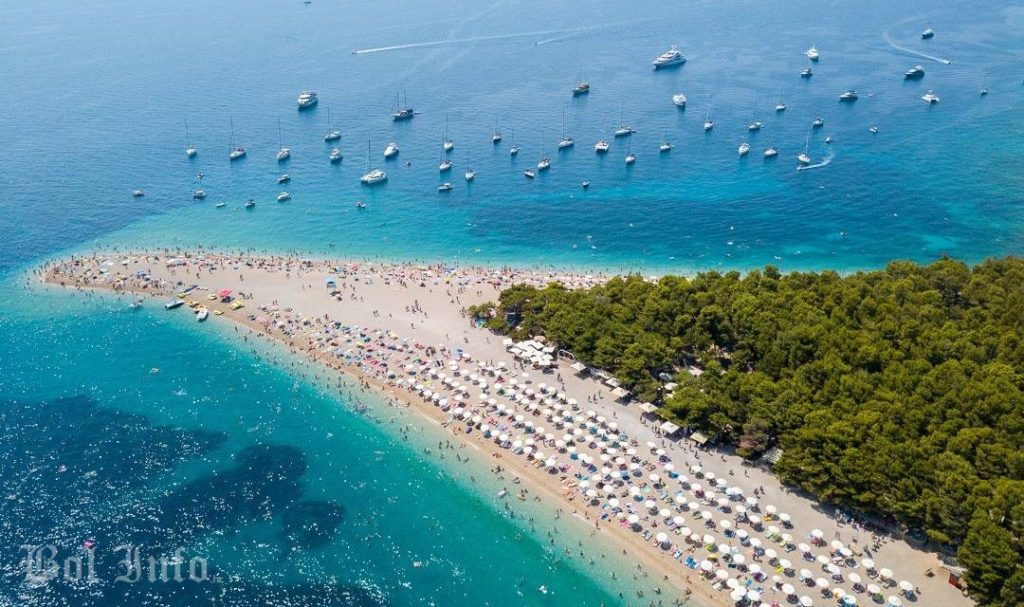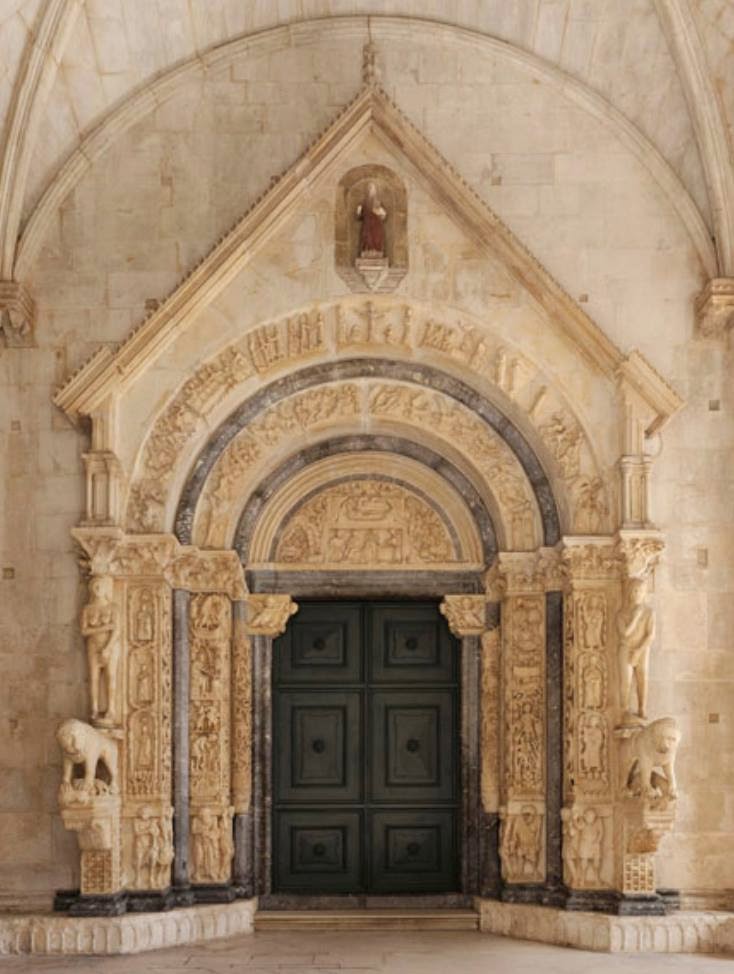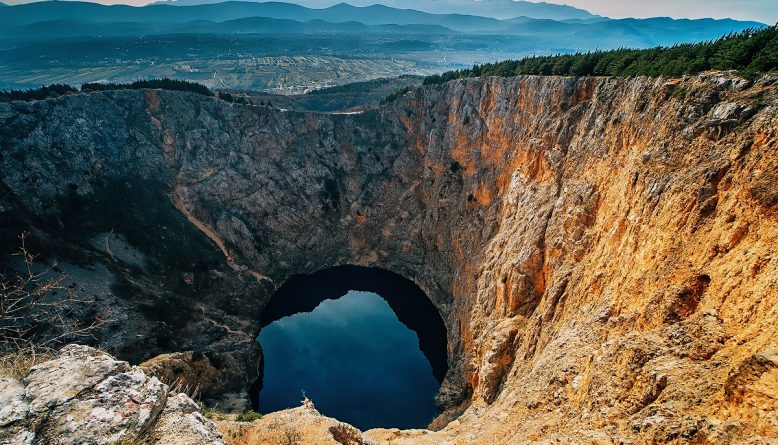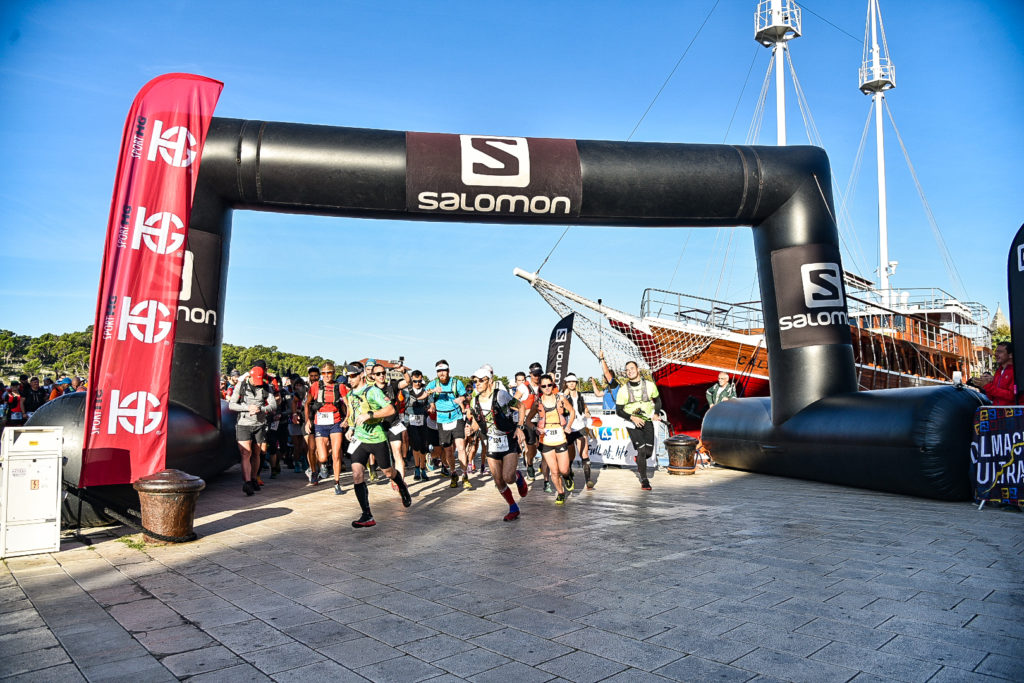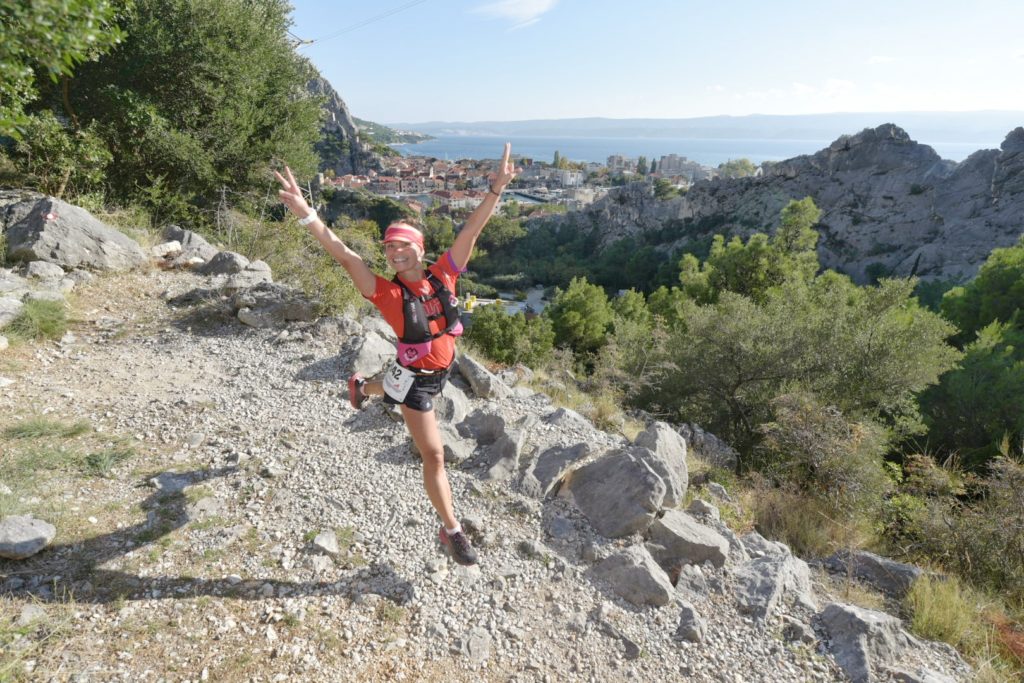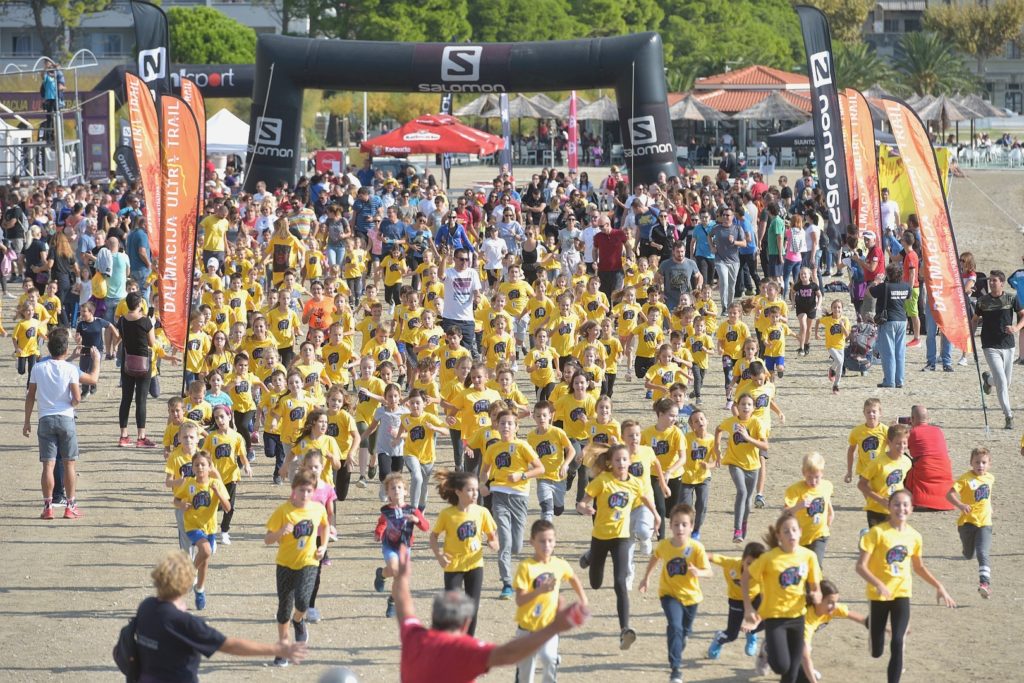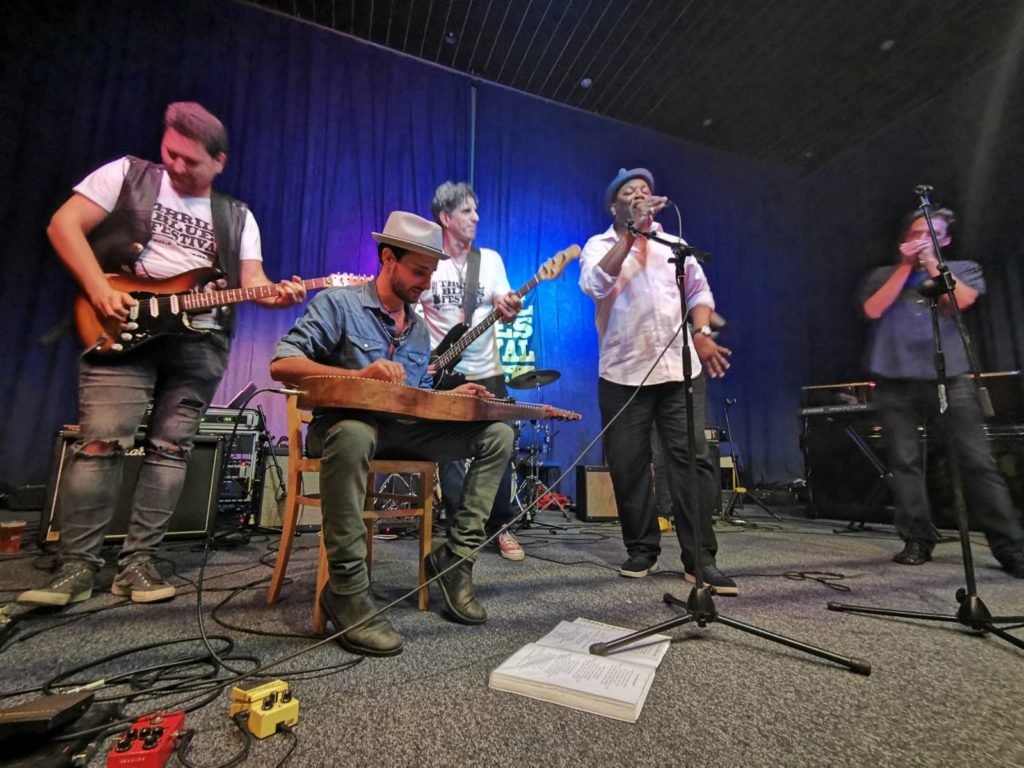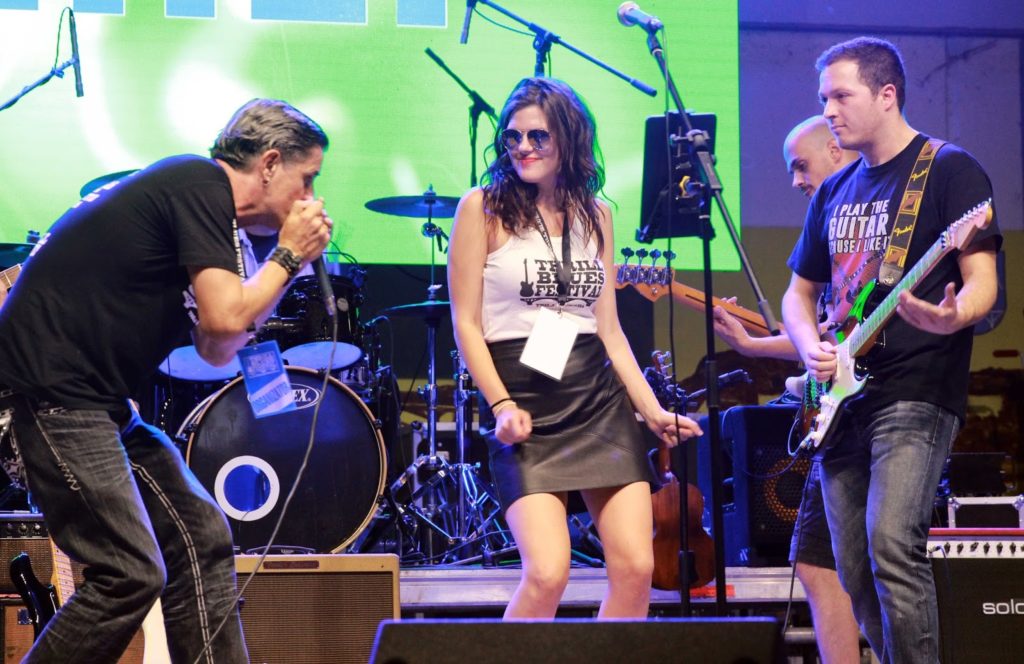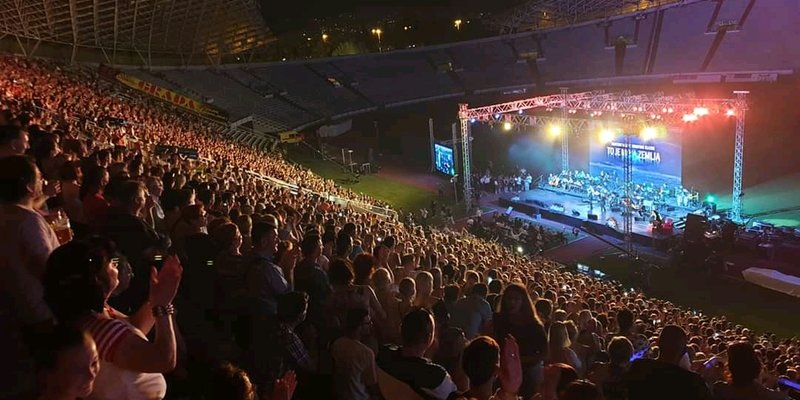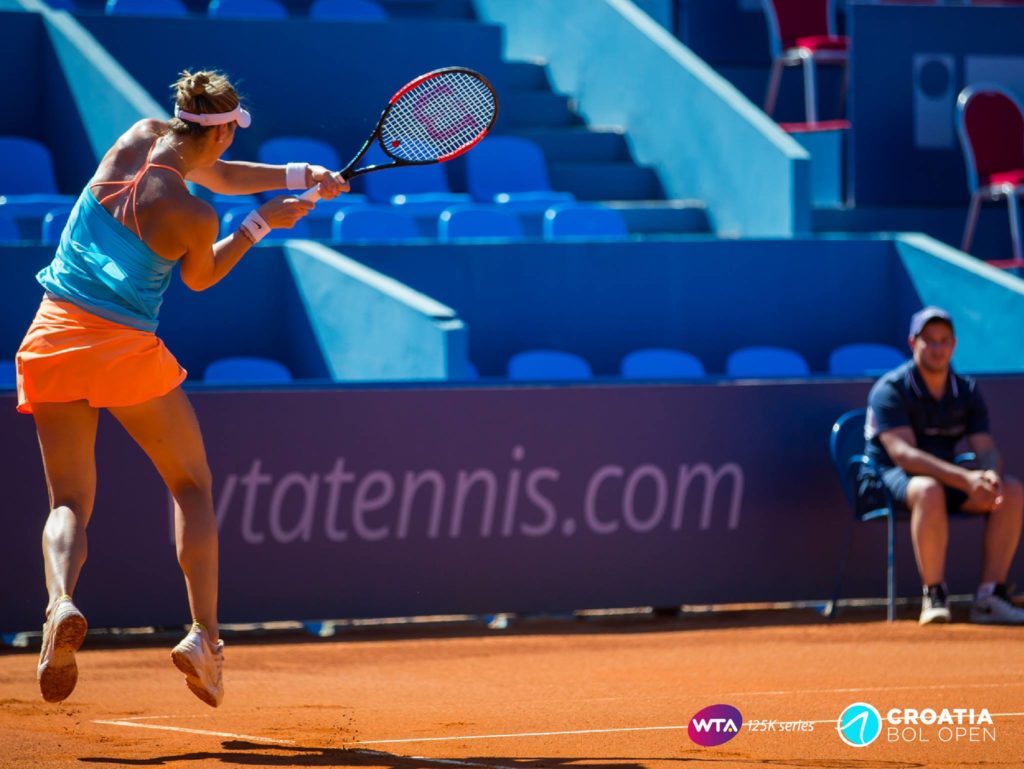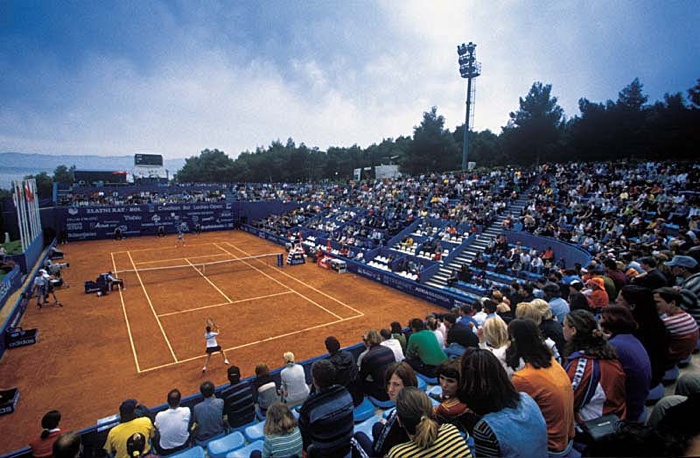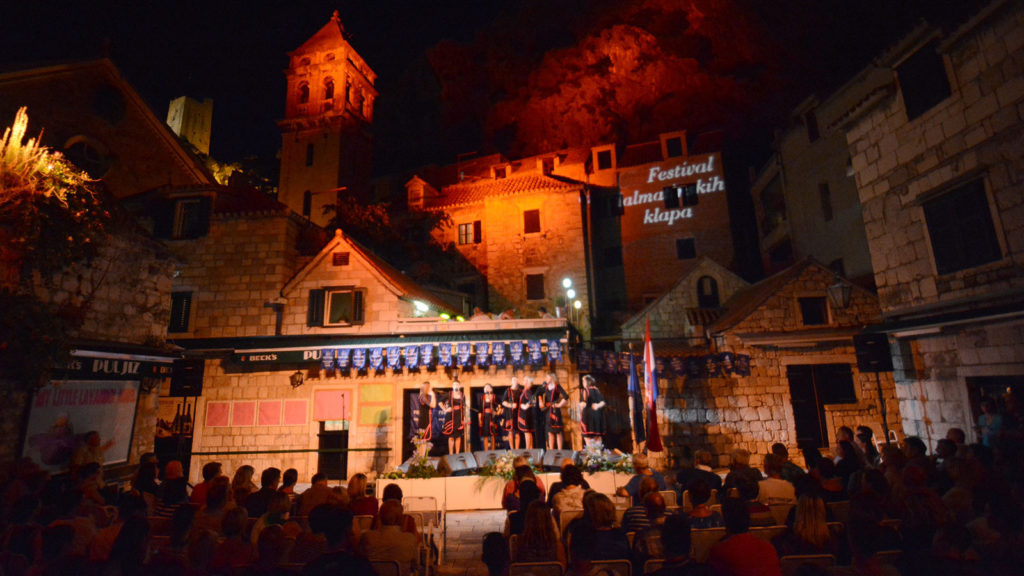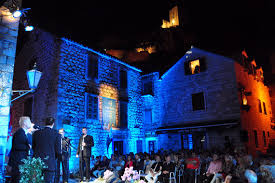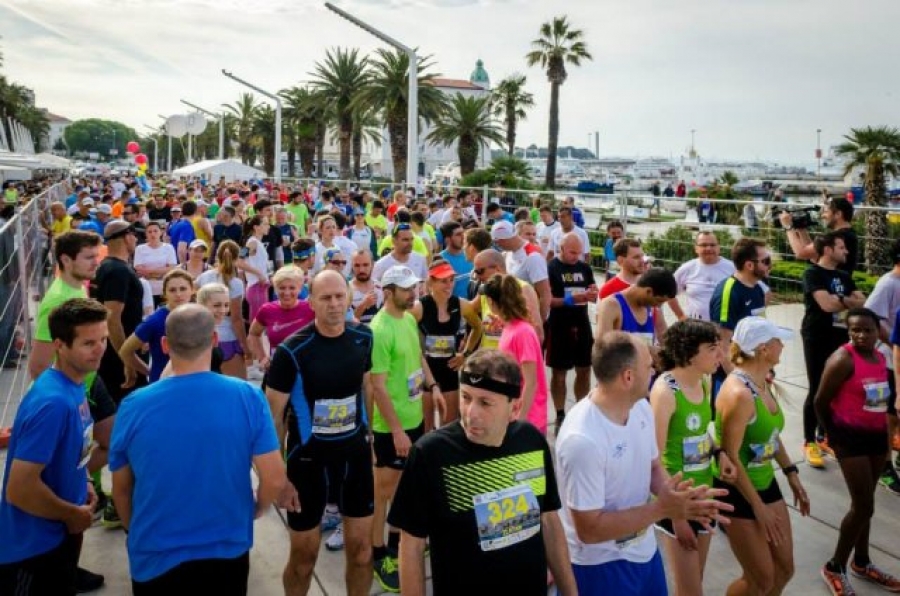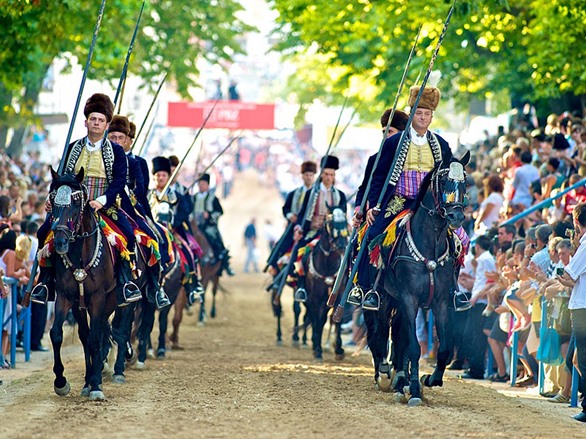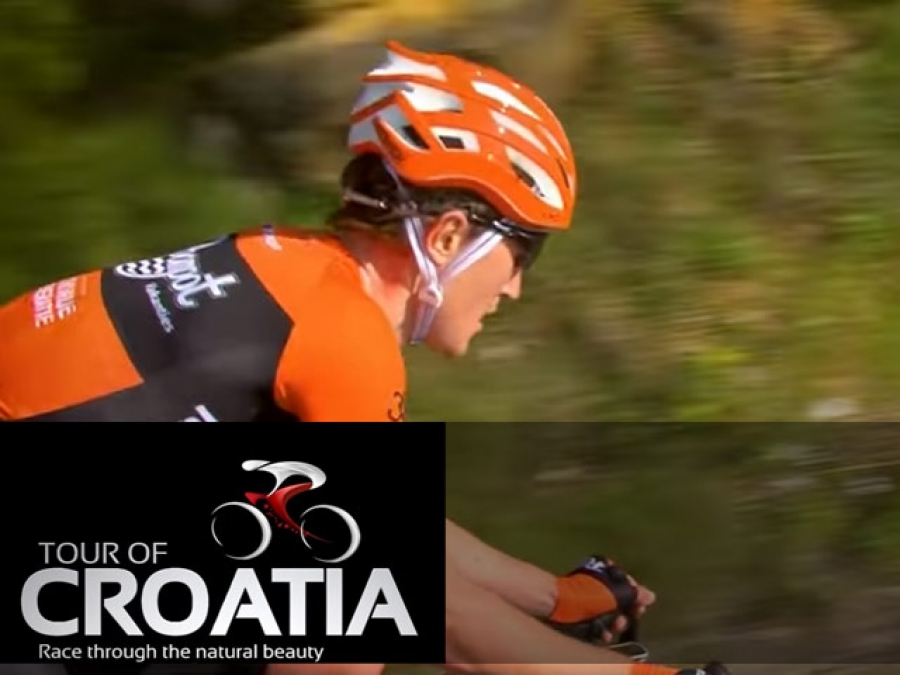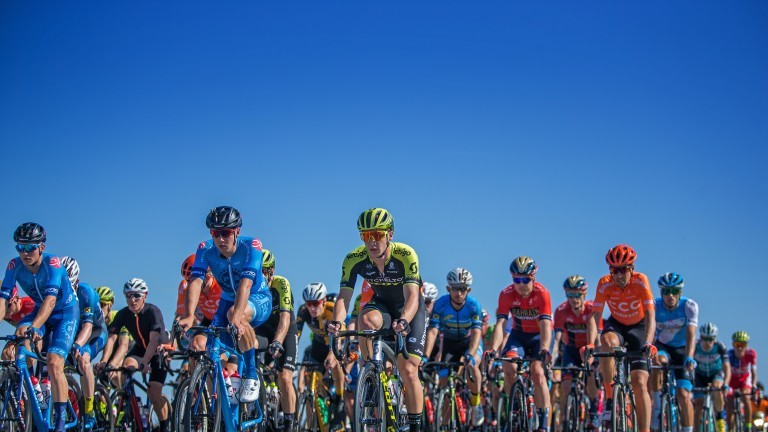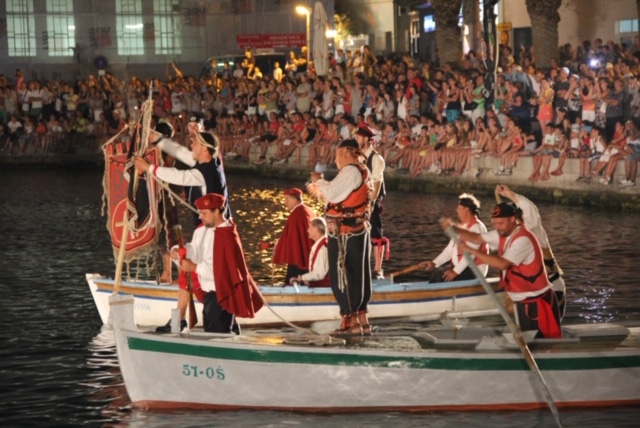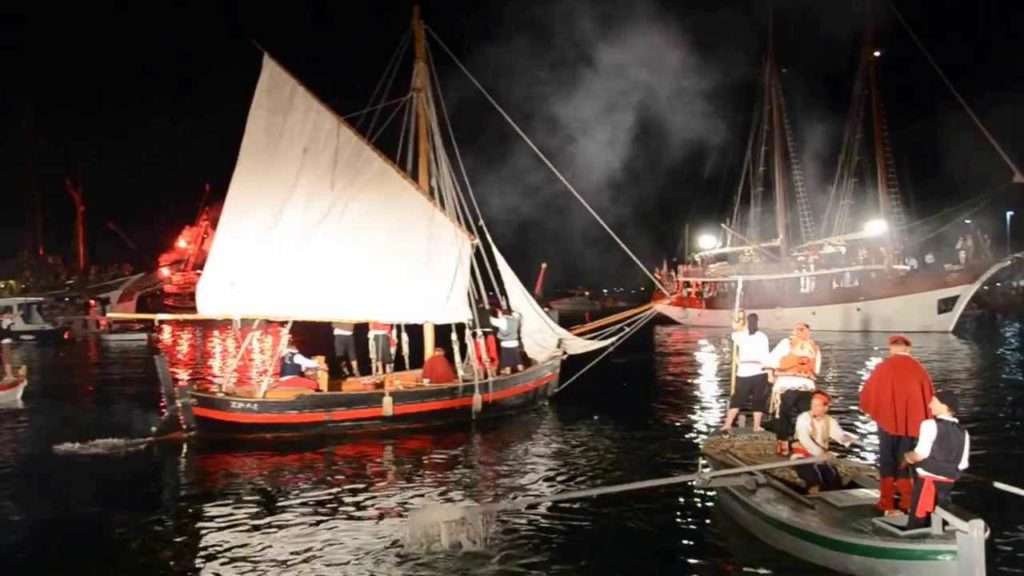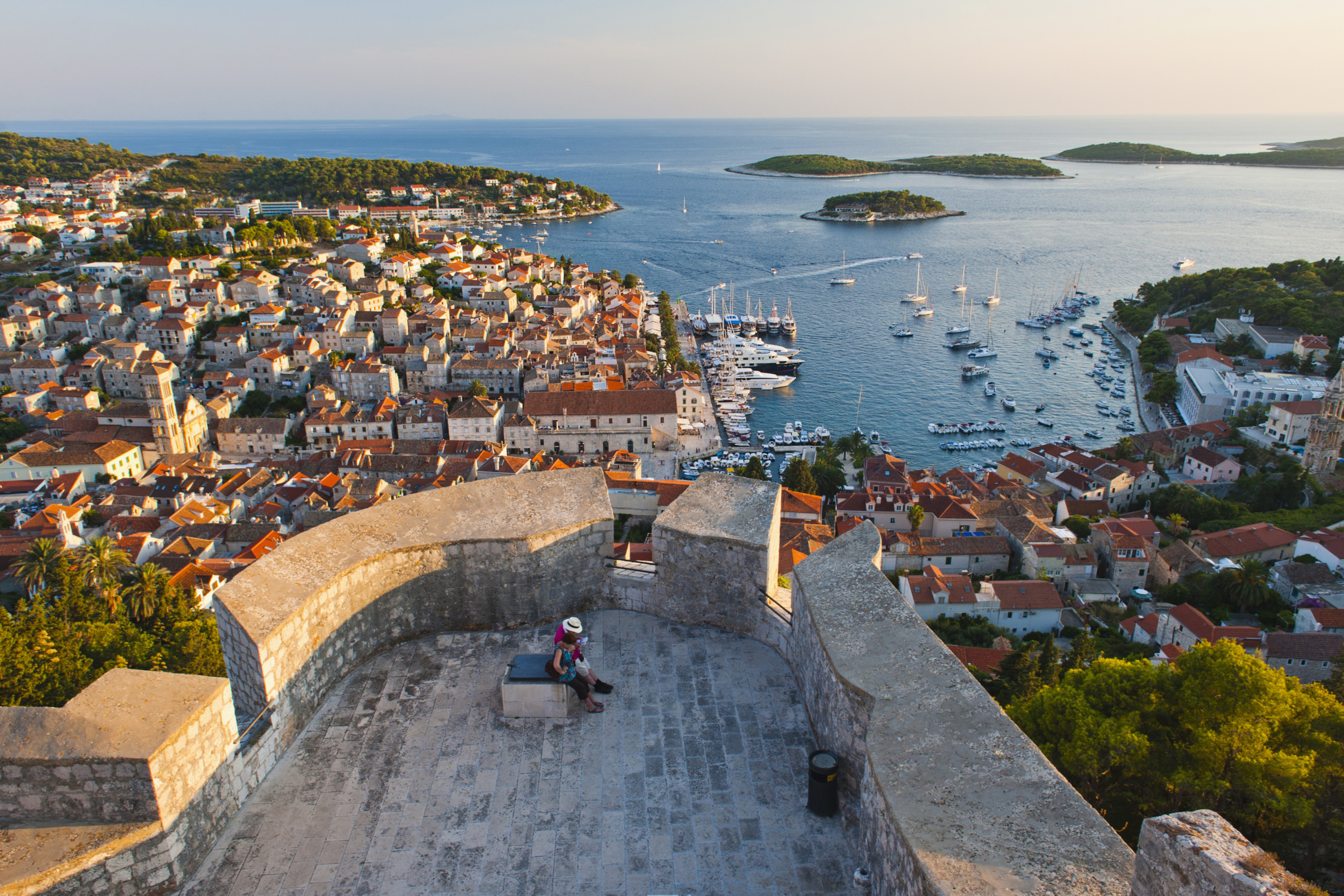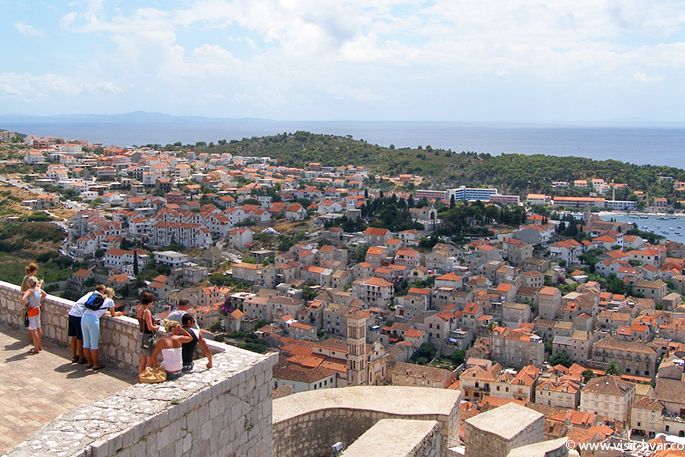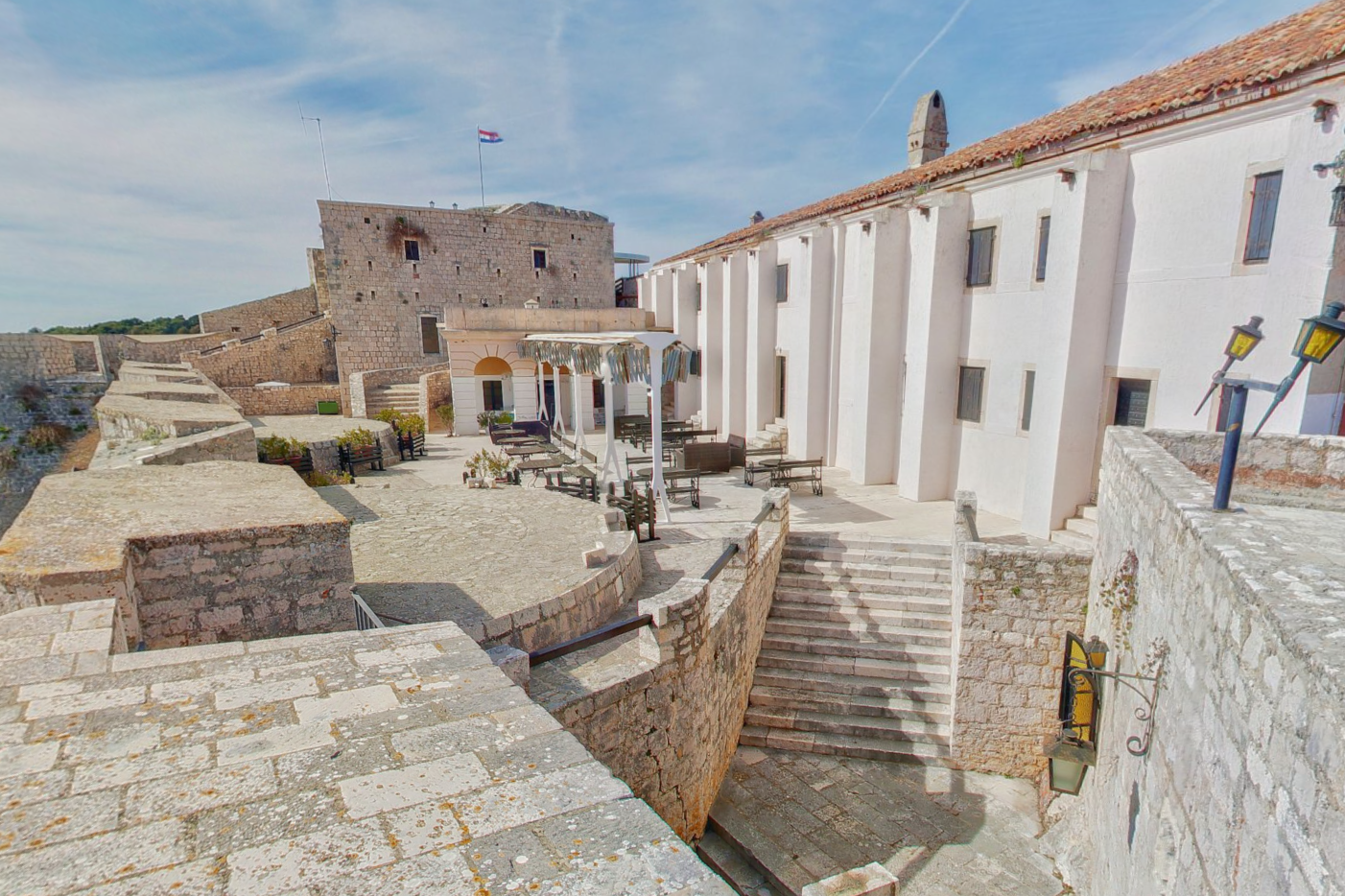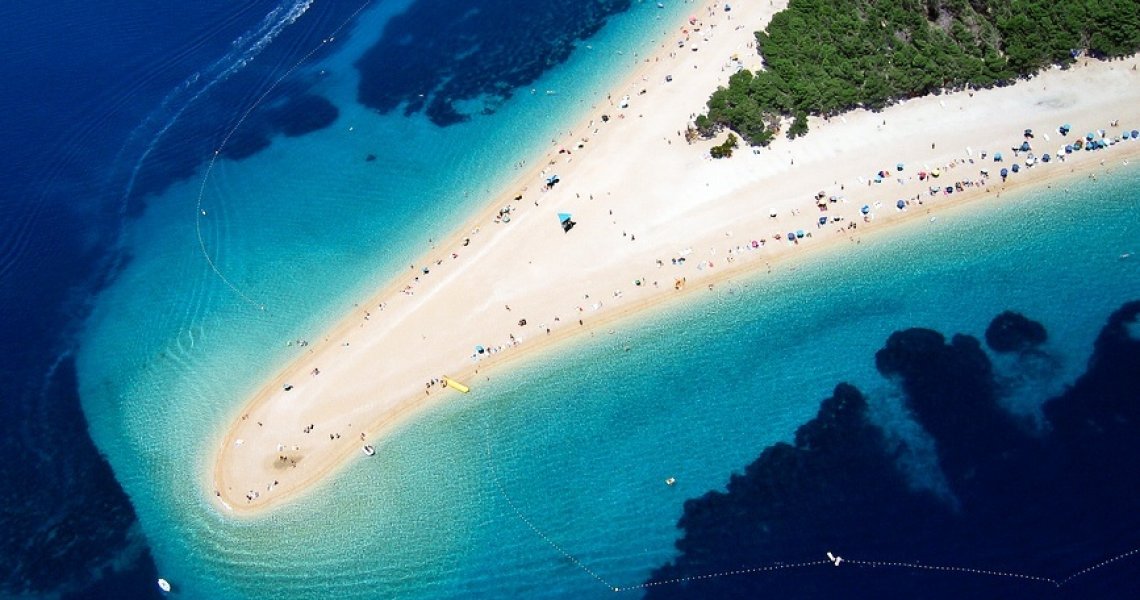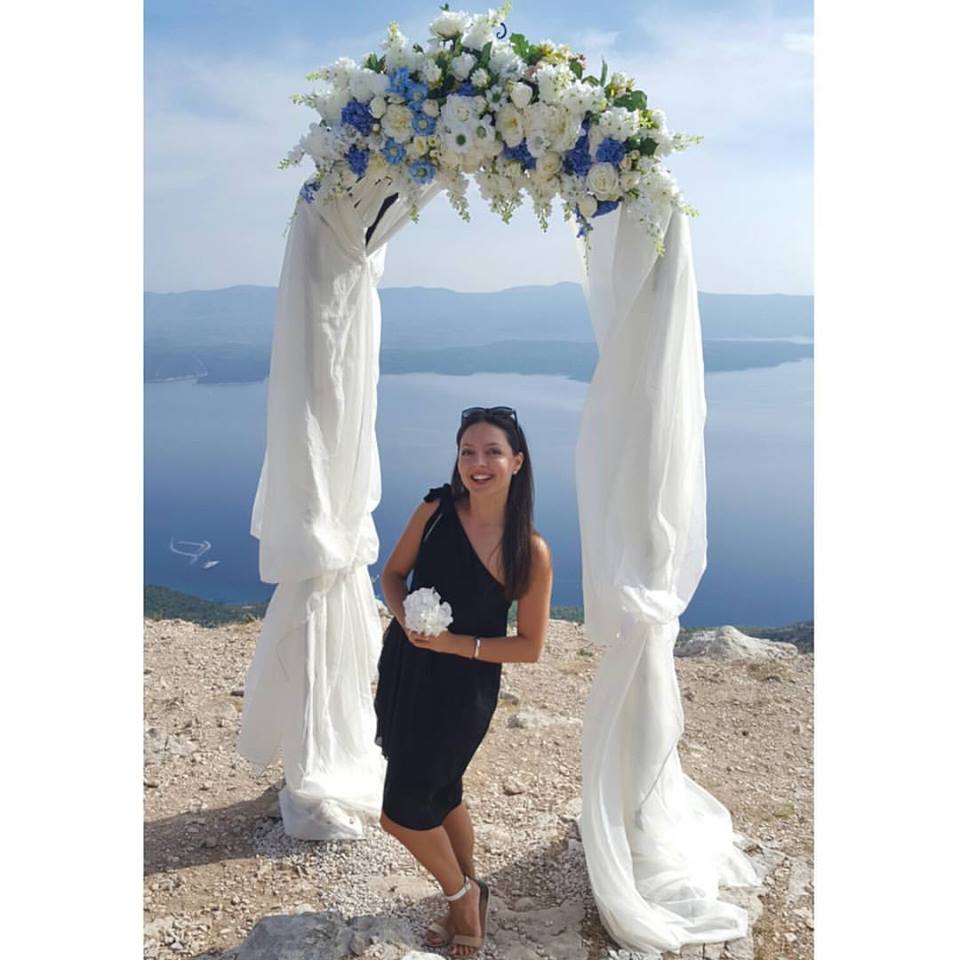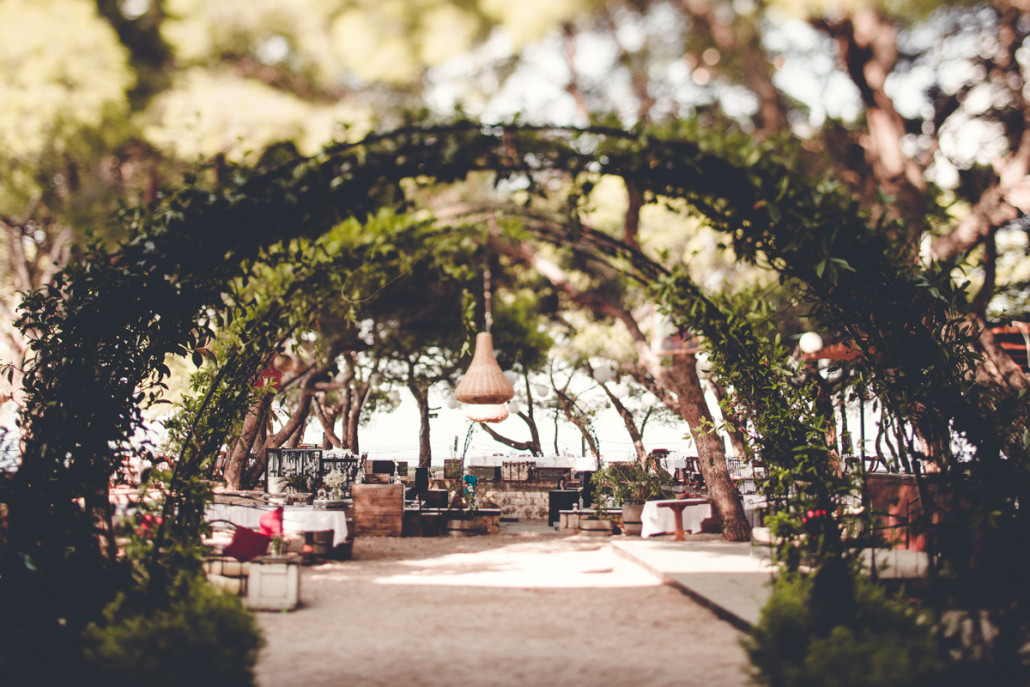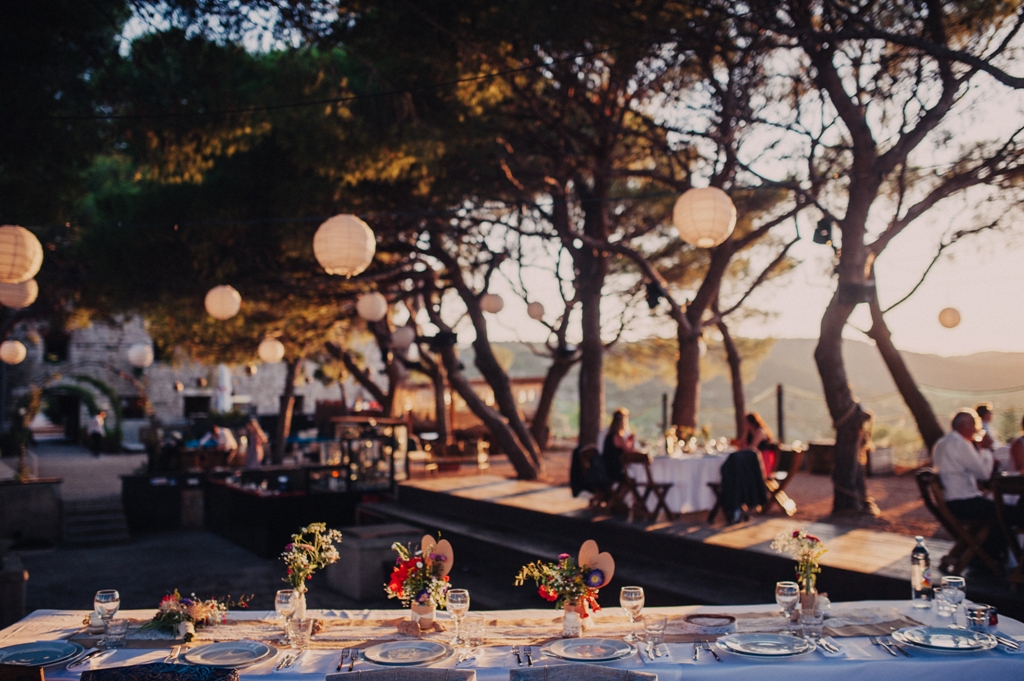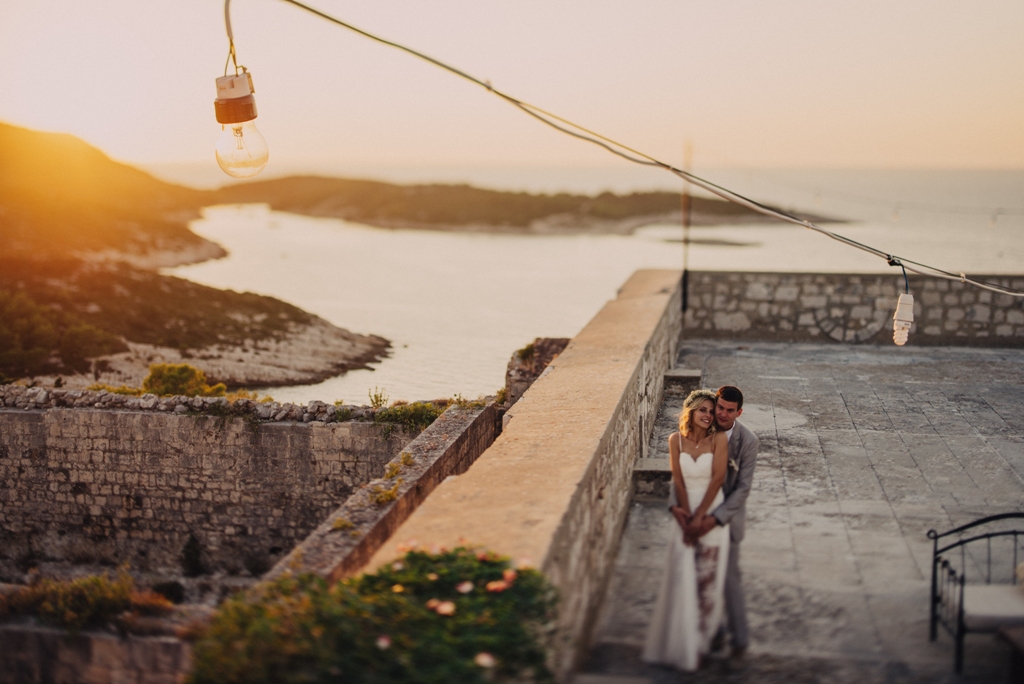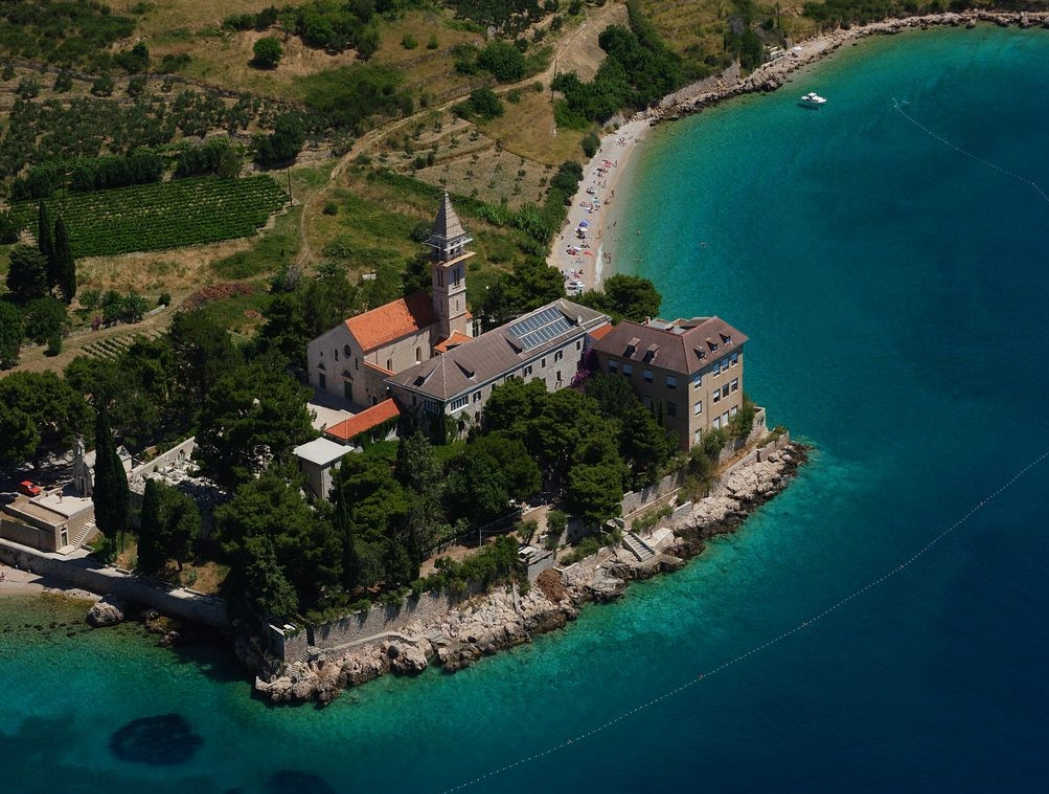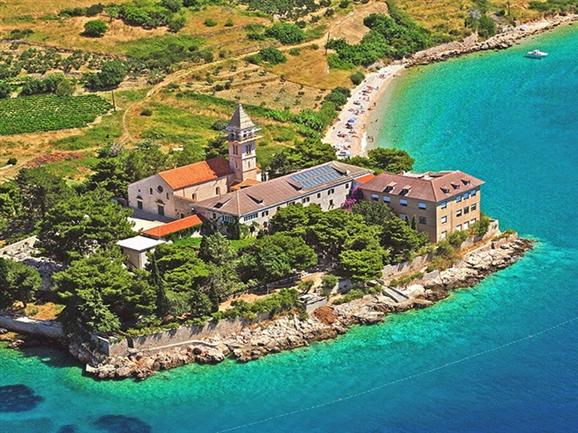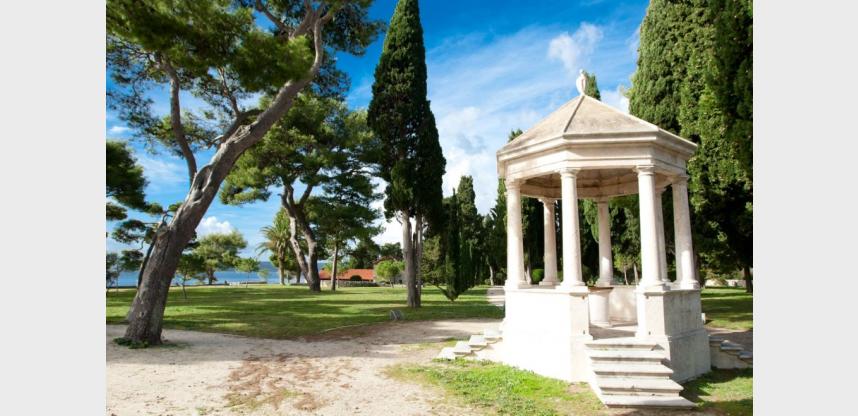Welcome to the project Dalmatia – Storytelling Destination… This is a story of the untold legends, full of memories, laughter, bitter tears, revenge… If only these walls could talk…

As Valentine’s Day is approaching, we are getting in the mood to celebrate love. They saythat only the heart can see “love.” Still, the project Dalmatia – Storytelling Destination has given “love” a shape visible to everyone. This creatively designed project with storytelling elements tells us tales of the most beautiful love stories in Splitsko-Dalmatinska County (SDŽ).
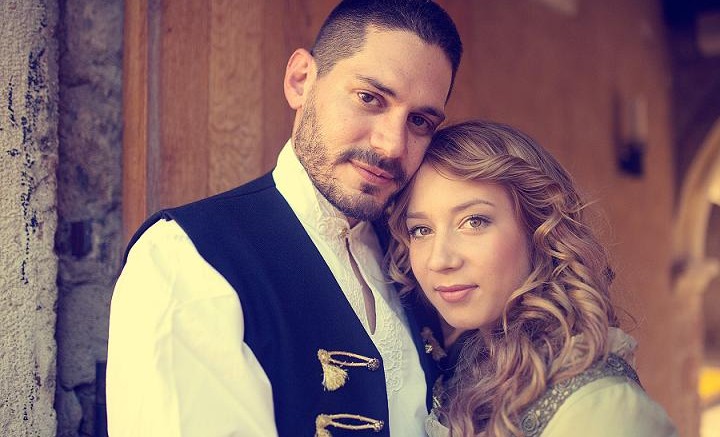
If the walls of homes and palaces in Splitsko-Dalmatinska County could talk, they would reveal many happy love stories, but also those with sad or even dramatic endings. Many legends tell tales about them. Some of them are brought to you as a gift for Valentine’s Day by storytellers of Dalmatian cultural heritage, licensed tourist guides from SDŽ involved in the Dalmatia – Storytelling Destination project.
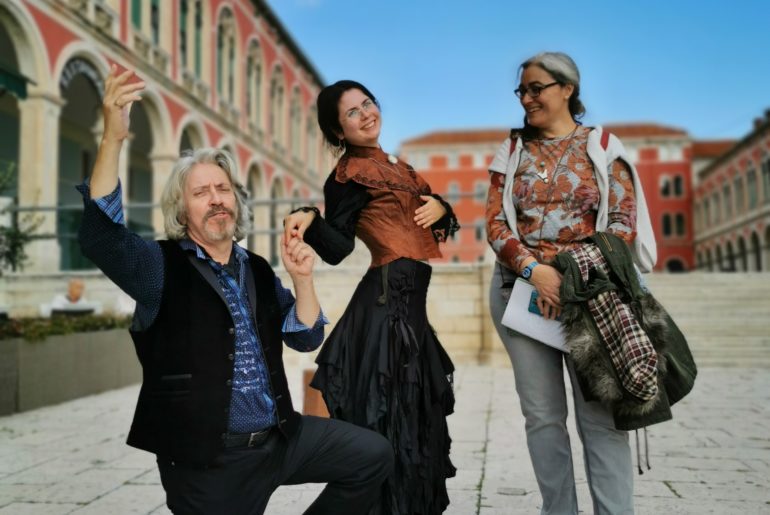
DALMATIA – STORYTELLING DESTINATION
Revival of storytelling in museums and institutions dedicated to preserving cultural heritage is a unique project in Croatia and Europe. In Dalmatia, as a storytelling destination, 14 characters of the area’s rich heritage have been revived. In addition to this project, 23 themed tours have been created. This project, intended for tourists and the local population, is focused on providing authentic experiences of cultural heritage through storytelling. These commercial guided tours will be available through the County’s storytelling platform that offers storytelling tours led by knowledgeable and certified guides wearing costumes. The project aims to preserve and publicize Dalmatian cultural heritage and create attractive 365 tourist offers in Splitsko–Dalmatinska County.
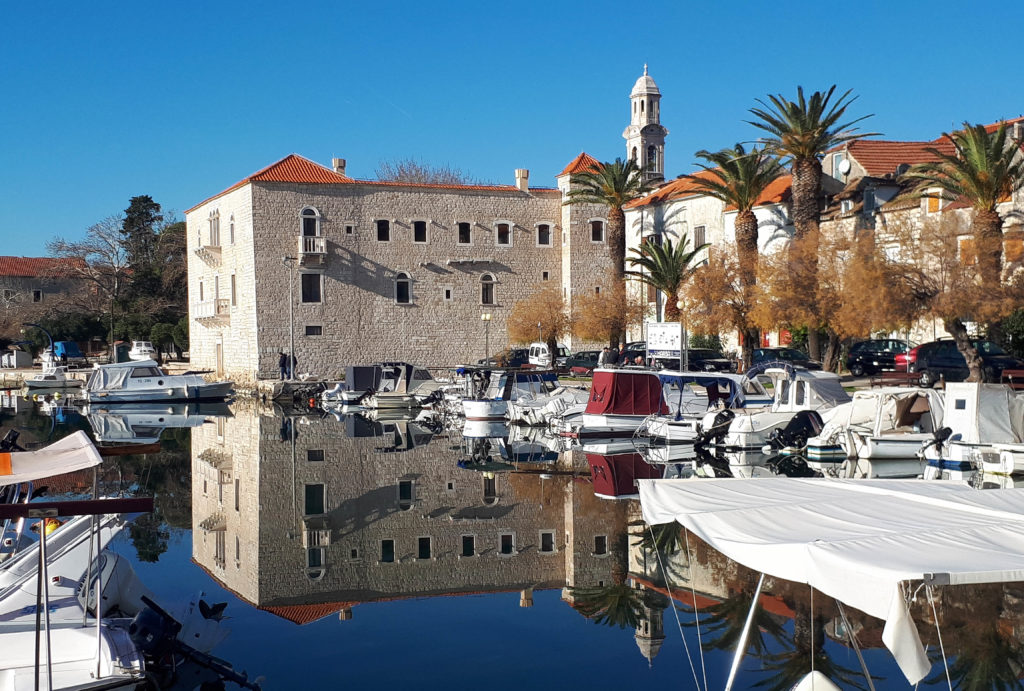
Here are 7 most touching legends and stories:
1. Castles and legends from Kaštela
In the 17th-century Kaštel Lukšić, a girl named Dobrila lived with her parents in the Vitturi Castle. And nearby, in the Rušinić Castle, a boy named Miljenko lived with his father. Their fathers, sworn enemies, opposed their love and brought a tragic ending to it. The storyteller starts telling the story near Dobrila’s castle and leads to the Church of the Assumption of Mary, where Romeo and Juliet from Kaštel were married. The tour then continues to the Rušinić Castle and St John the Baptist Church, where they were buried. The story reveals a tragic truth about Miljenko’s death, who was killed by Dobrila’s father. The tragic death of her loved one led to Dobrila losing sanity, wishing only to be buried next to her husband.
Storytelling guide: Nataša Birčić

2. A STORY OF DOBRILA VITTURI
The City Museum in Kaštela hosts this 45-minute storytelling experience that tells a tale of Dobrila and Miljenko, Romeo and Juliet from Kaštela. The guides will tell a story about happiness and tragedy with the help of a revived character of Dobrila. In addition to the love story, the visitors will have a chance to learn about the history of Kaštela.
Storytelling guides: Sandra Hrabar and Jelena Marijanović
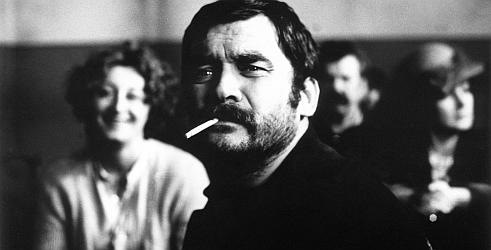
3. Roko and Cicibela
…It was like in a story. Roko, a poor fisherman and the son of a rope maker. Cicibela, a daughter of a porter, even poorer… Ahh, who hasn’t heard of a story of a couple that fell in love in Split’s Matejušica. Ivan Baranović and Boško Papić will tell a story about these poor lovers from varoš (a part of the city) with just a little bit of bread, even less fish, and a lot of love. In addition, they will show the sights of the charming Vela Varoš. The couple married in 1903 lived on a Dujkin Dvor gaeta (a traditional wooden boat) named by Roko. The legend says that they died together, embracing each other during the winter of 1936/1937.
Storytelling guides: Ivan Baranović i Boško Papić

Love stories of ancient Split
4. Diocletian and Prisca
It is not easy to single out a love story from the ancient texts about love dedicated to Split. A more popular one is a story about Diocletian. According to the legend, the Emperor met his darling Prisca in the fields of Spanish broom. Maybe in Salonika, on the slopes of Kozjak, or on the mountain of Mosor. He was faithful to her and their daughter Galeria Valeria. When he abdicated in 305, he retired and withdrew to the Palace with Prisca. There, they lived peacefully until 310, growing cabbage. This is the year when his son-in-law and heir became sick. Mother Prisca rushed off to Salonika to help her daughter. In 311, Galerius died. As Galeria Valeria was a daughter of the great emperor, it was expected that the man that married her would become an emperor. But Galeria Valeria did not want to remarry, especially not for political reasons. This is why she and her mother were expelled. They found shelter in today’s Syria. But her adopted son, Candidianus, remained in Salonika (probably Galerius’ son from his first marriage). Pretender to the throne, Licinius, sent her a message telling her that if she did not return to Salonika, he would kill Candidianus. As she loved him like her own son, she decided to go back. Unfortunately, it was too late as Licinius beheaded Candidianus. Apparently, someone from the crowd spotted Galeria Valeria and Prisca and informed Licinius about their arrival. The two of them were arrested and executed.
Unable to save them, Diocletian died of sadness. According to the legend, he jumped into the sea below his Palace.
5. The love story of Adela and Mario
This story takes us back to the 16th-century Klis that was under the Turks at the time. A young and wealthy tradesman lived there. His name was Adel. A wealthy family from Split – Vornić – was buying his goods. Their youngest daughter Maria fell madly in love with Adel, who asked her to be his wife. He even promised that he would convert to persuade his family to bless their marriage. For the Vornić family, it was unacceptable for a Muslim man to join their family. So they sent Mara to a convent, where she became sick and died. This story of Adel and Mara was written by Luka Botić. Josip Hatze composed an opera to a libretto written by Branko Radic.
6. An unusual love triangle
Legends about Split also talk about mayhem, an unusual love triangle with a beautiful daughter of a sea captain in the middle. Marko Marulić, a famous Croatian poet, lawyer, judge, and Renaissance humanist, and his friend and relative Papalić fell in love with her. The young maiden could not decide between the two. So she would throw down the ladder during the night. One of them would guard underneath the window while the other would climb the ladders to the room. Each night they would take turns. And then, one night, there was a bloody confrontation. It was a break of dawn, but there was no sign of Papalić. Marulić suddenly spotted a bag at the bottom of the ladders with his friend’s head. The legend says that he took it home with him. He buried his friend and then withdrew to the island of Šolta, where he lived like a monk for the rest of his life. The young maiden was walled up in the house.
7. Forbidden love of Leon and Izolda
A 15th-century story of forbidden love from Split is about Leon, a son of the Venetian duke Quirin, and Izolda Alberti, the only daughter of Madi Alberti, a nobleman from Split. Wanting to help them, Leon’s friend, sister Katarina, lent her robe to him so that he can disguise and secretly meet his loving Izolda during a mass. When the old Albert found that out, he sent his daughter to the Benedictine convent of St Arnir. But the lovers continued seeing each other, planning to get married. However, to escape, she needed to go through the attic full of coffins hiding bodies of stillborn babies and those that died after birth. Izolda was so terrified that she stayed in the convent and died there. Leon has died in the battle of Zadar.
Storytelling guide: Sunčana Cokarić
Photo credits: Tourist Board of Kaštela, Roko and Cicibela (1978), Storytelling Dalmatia




